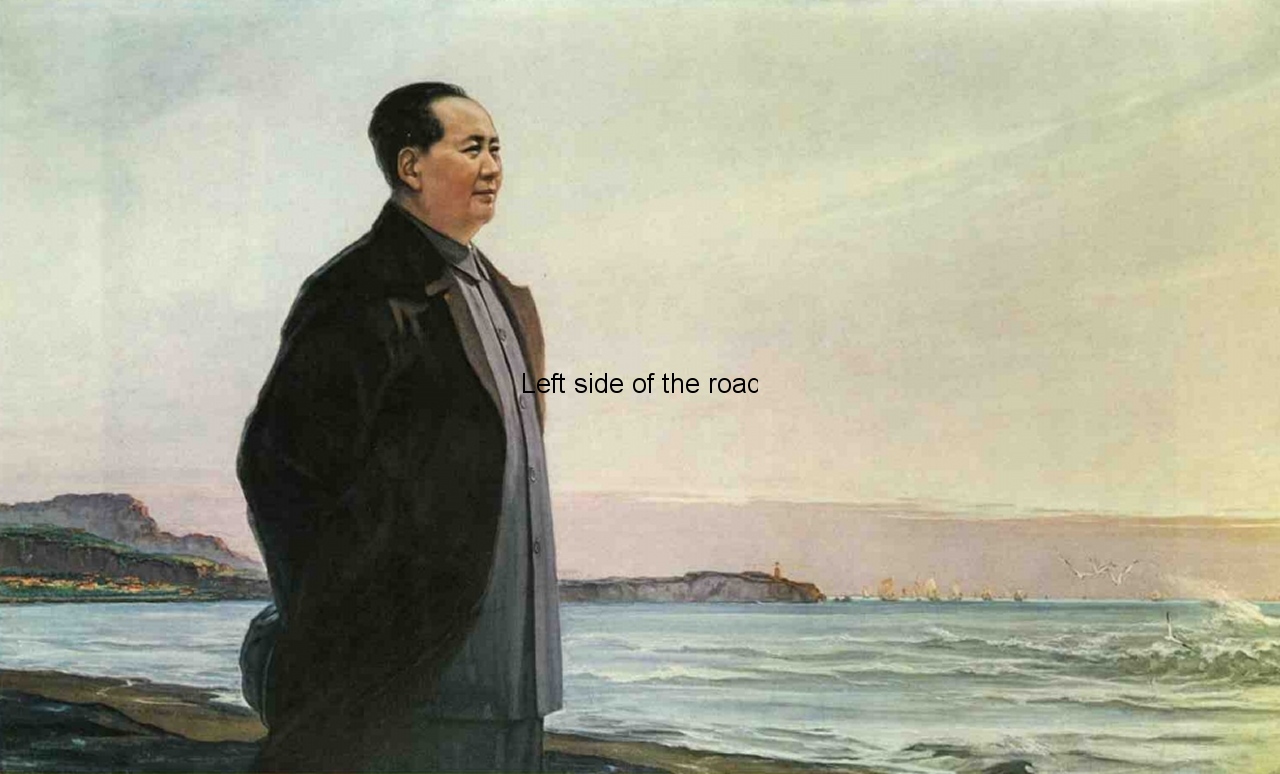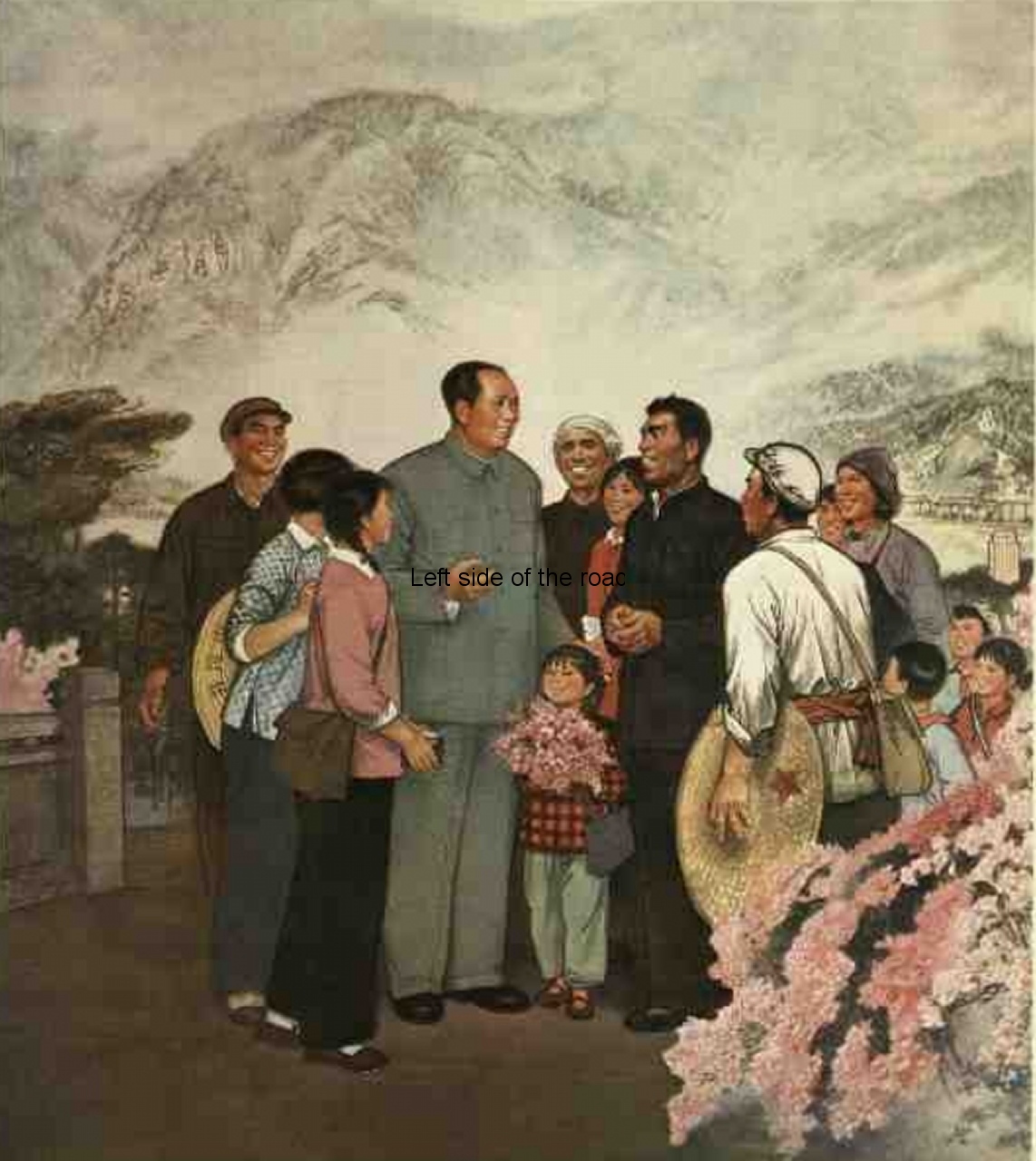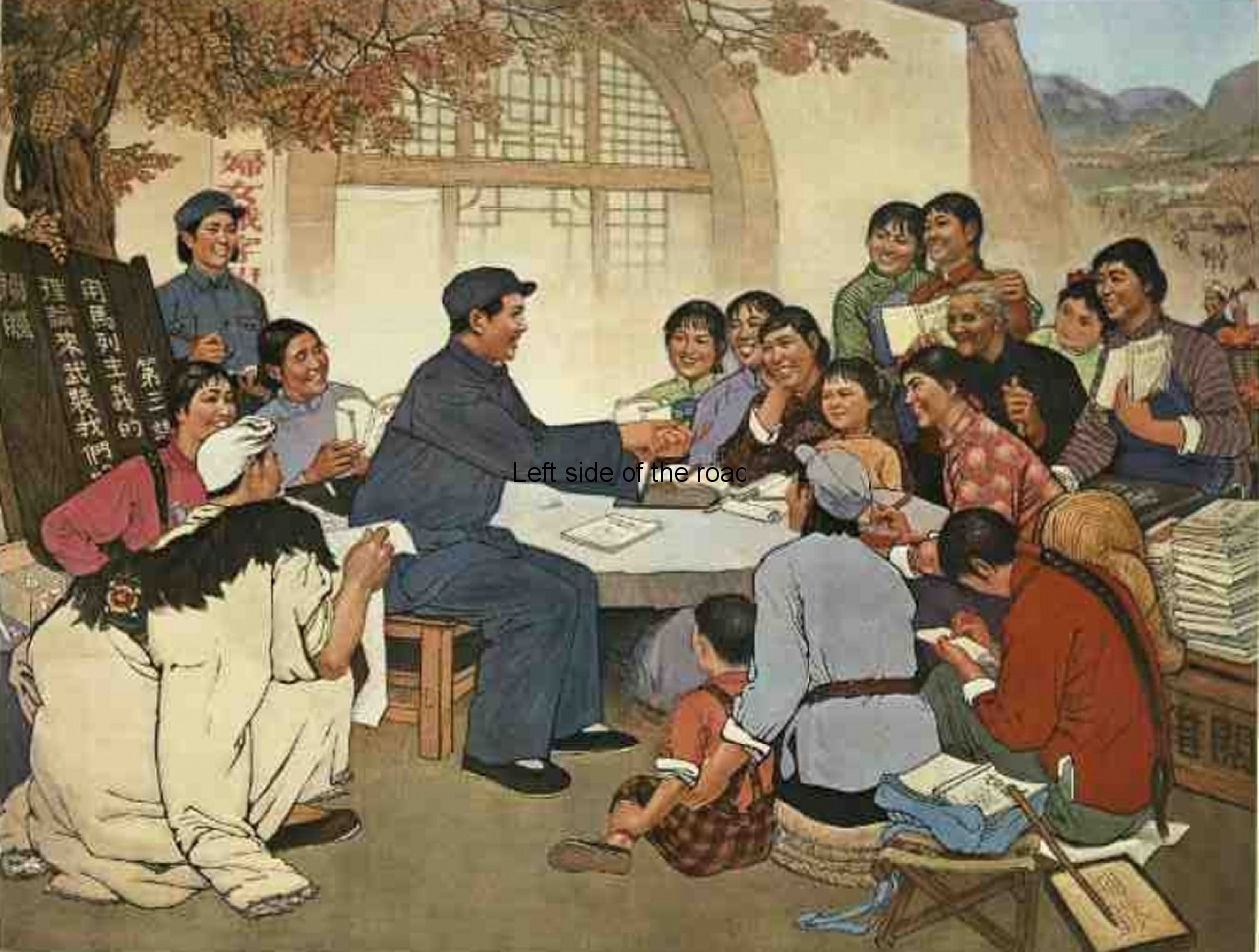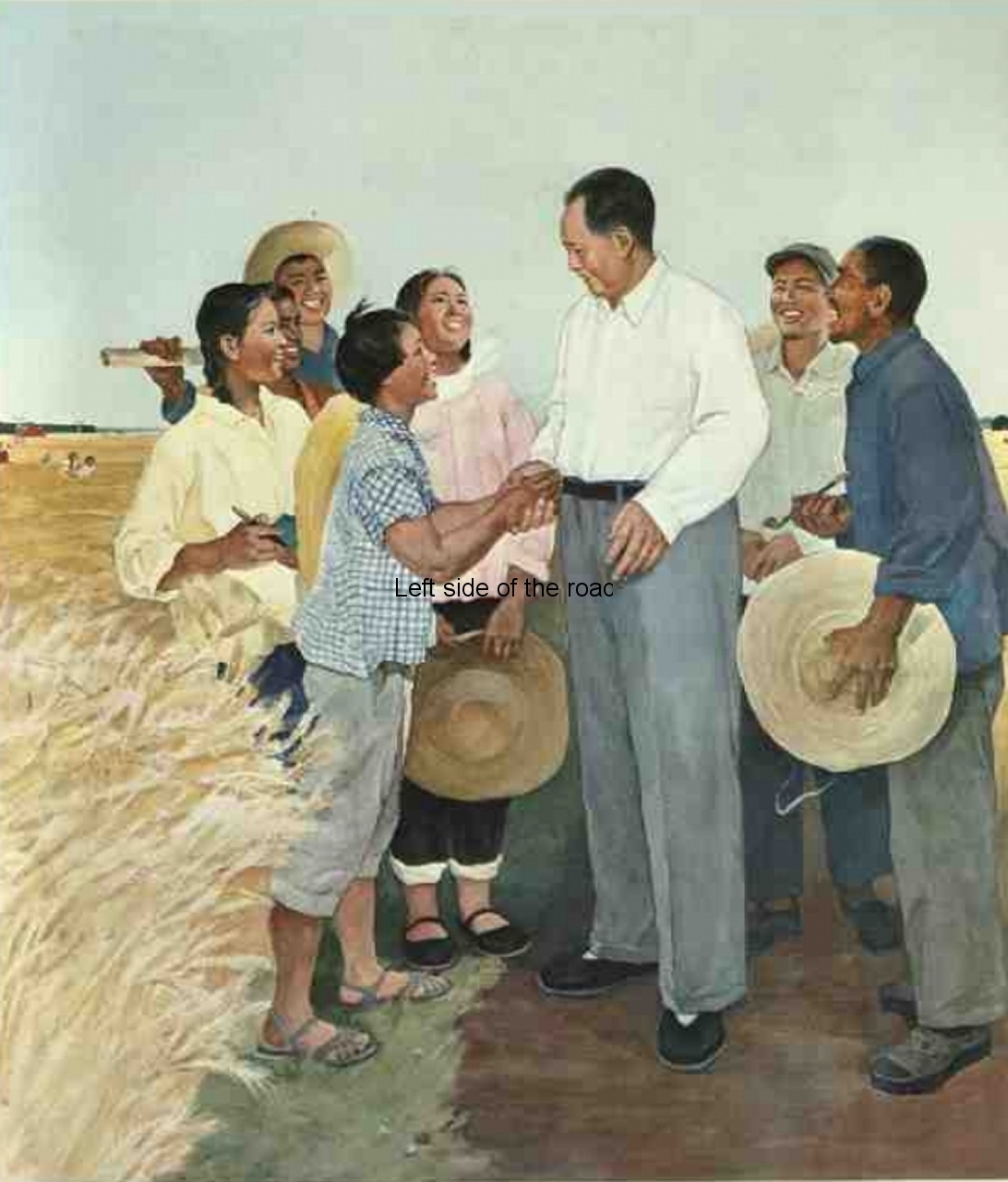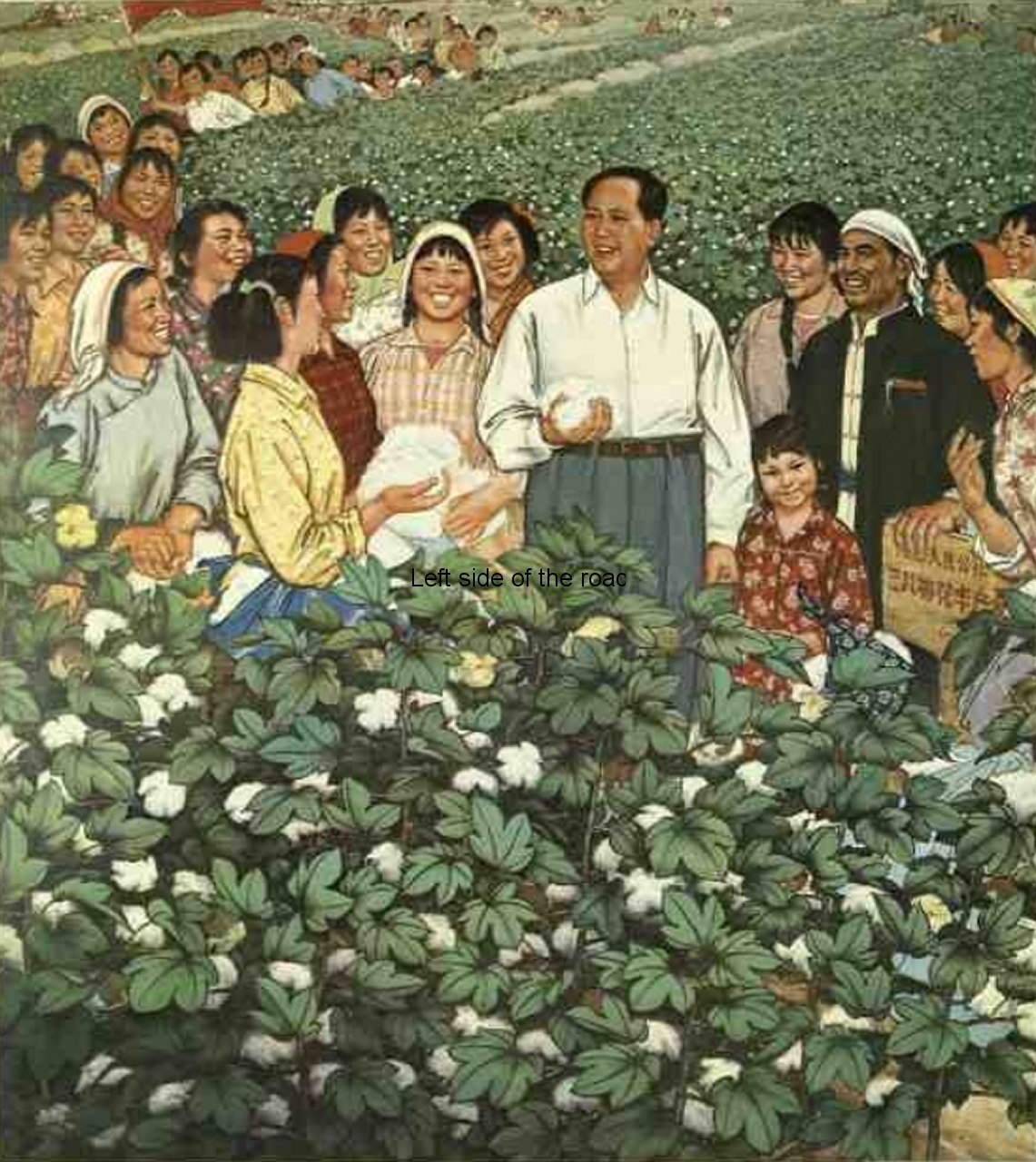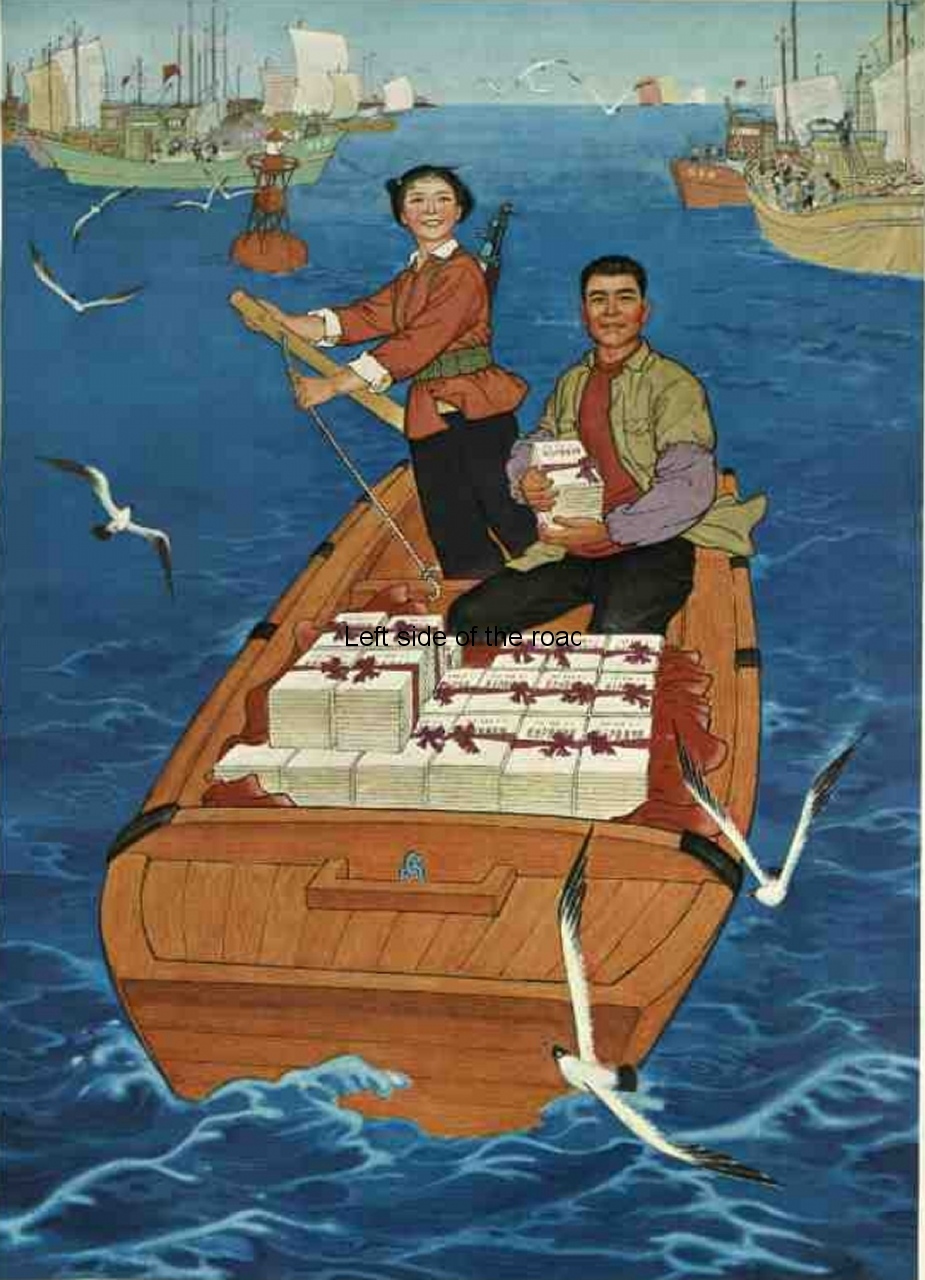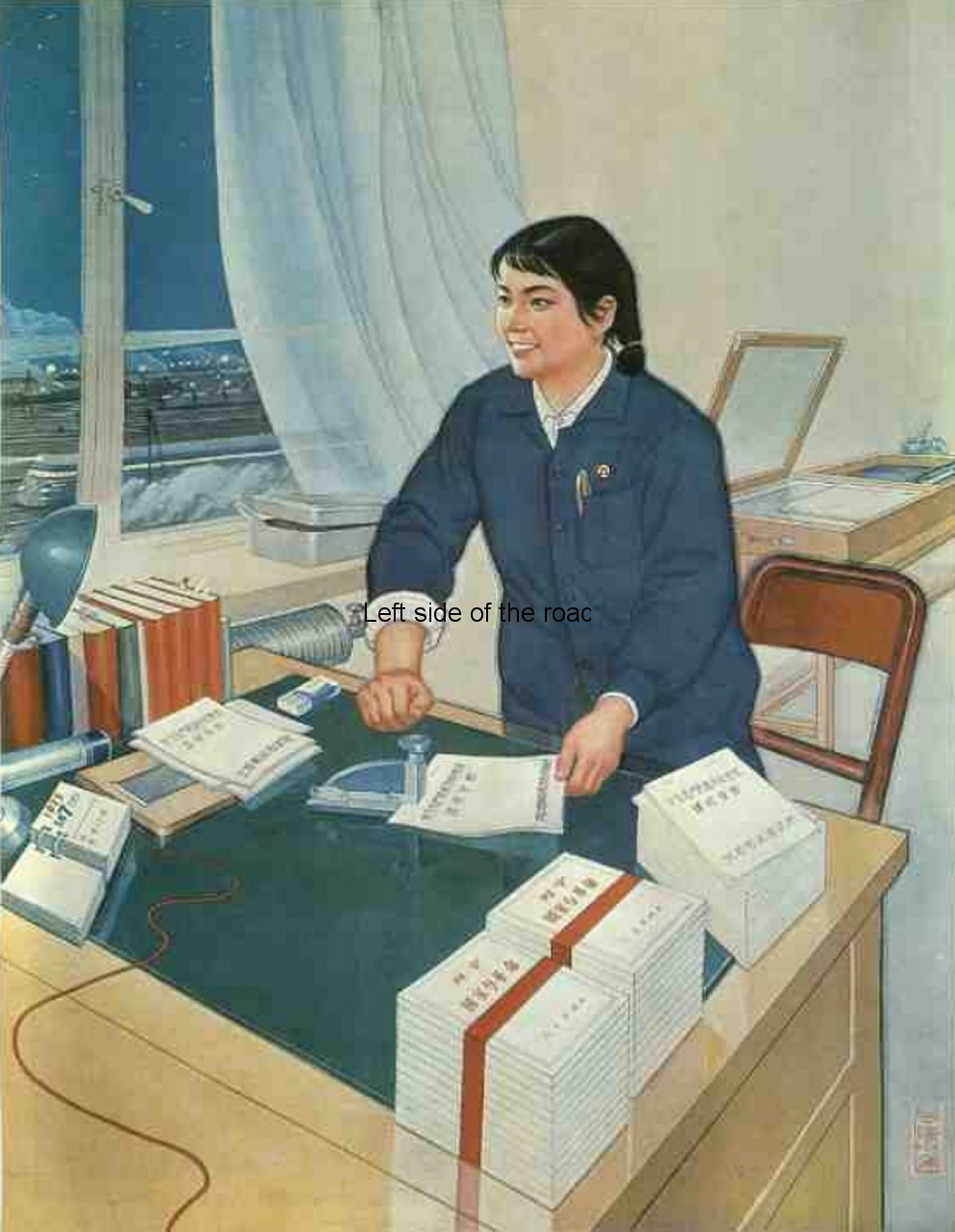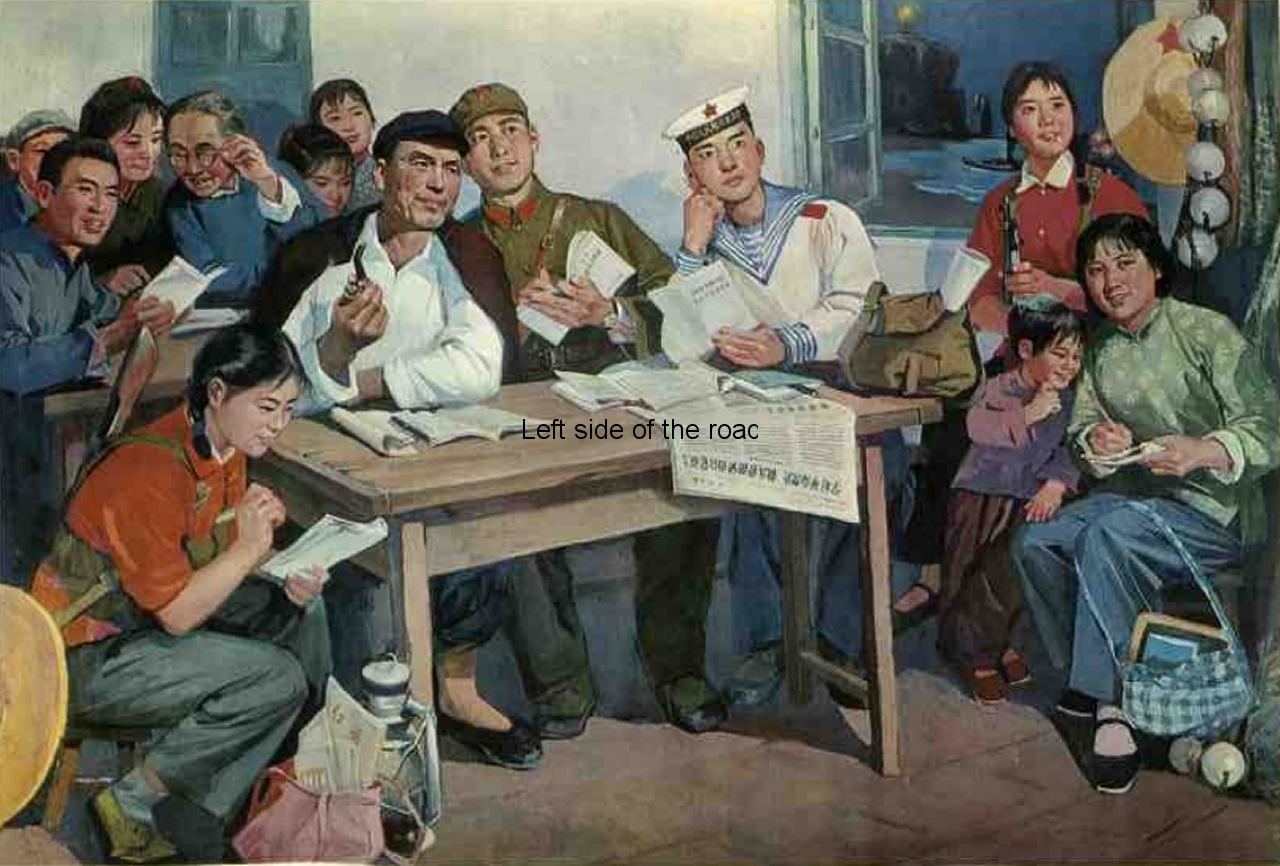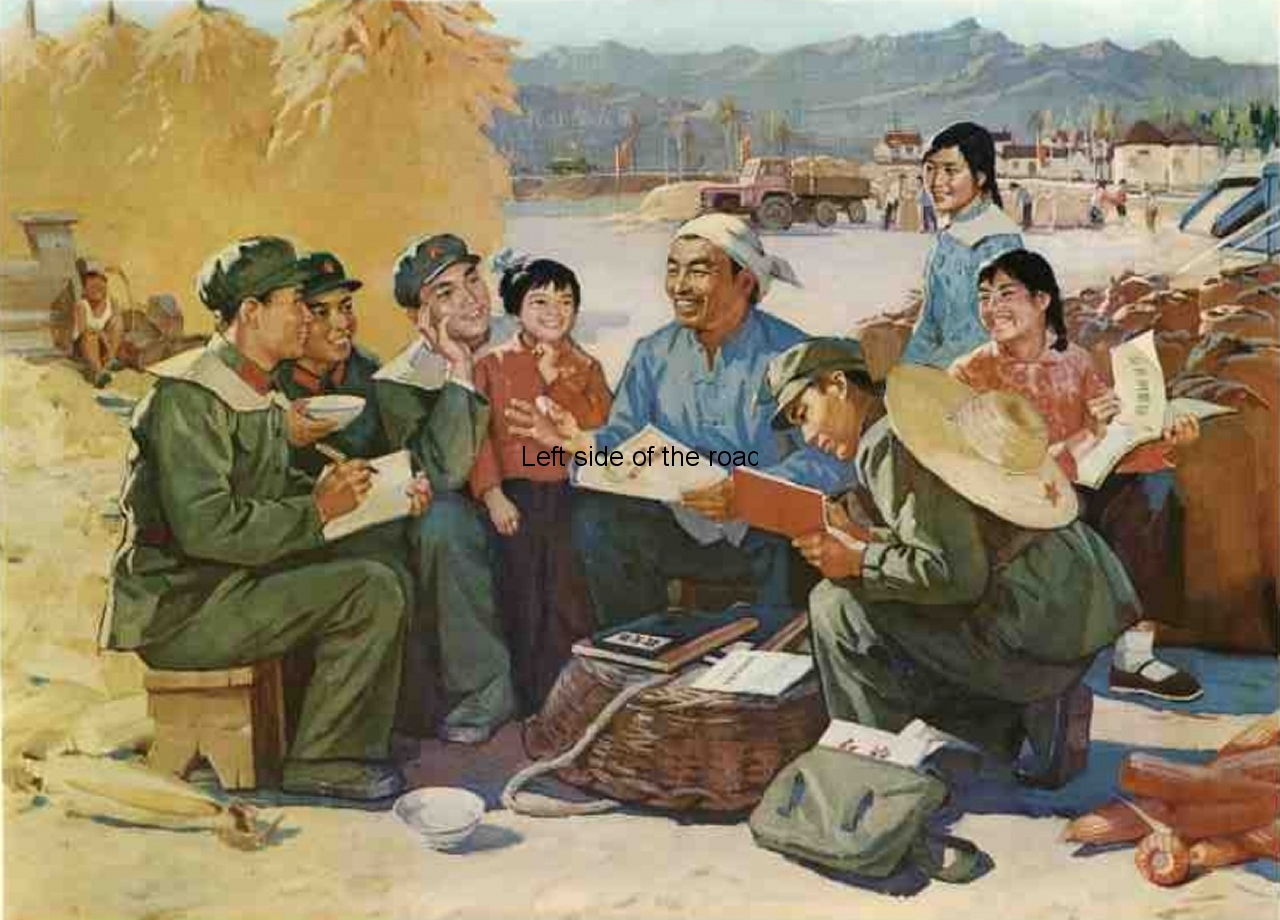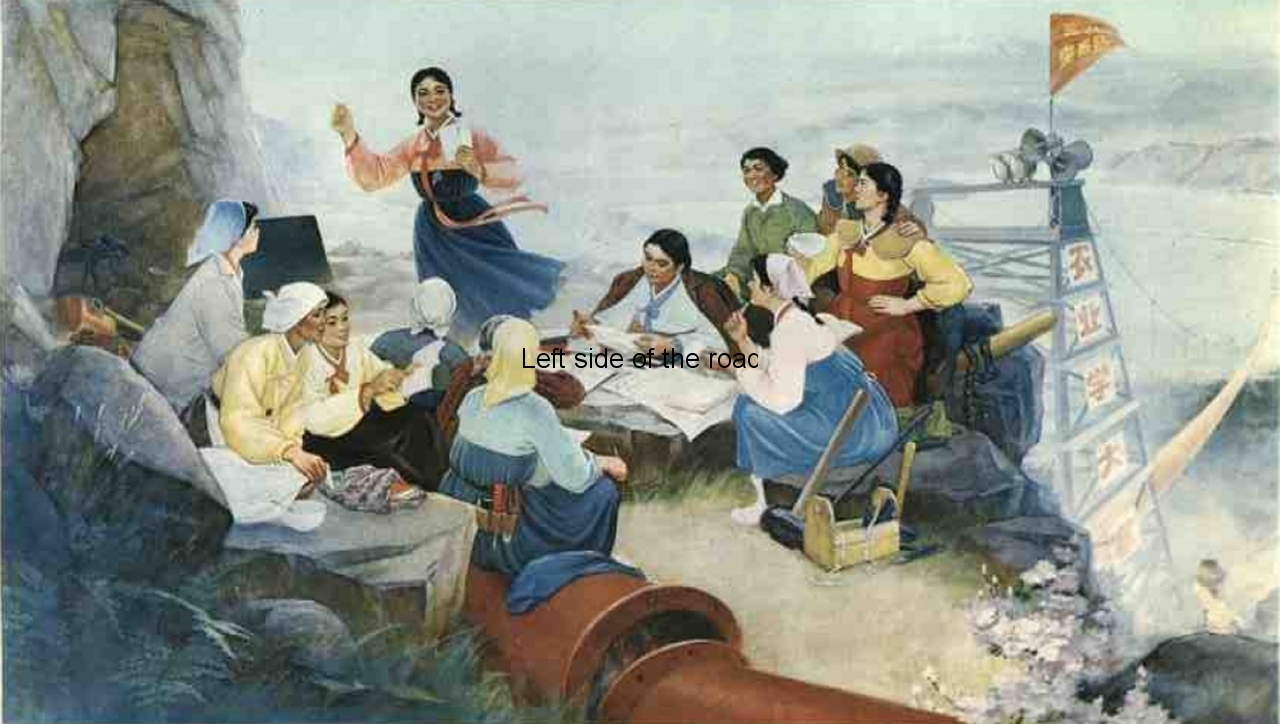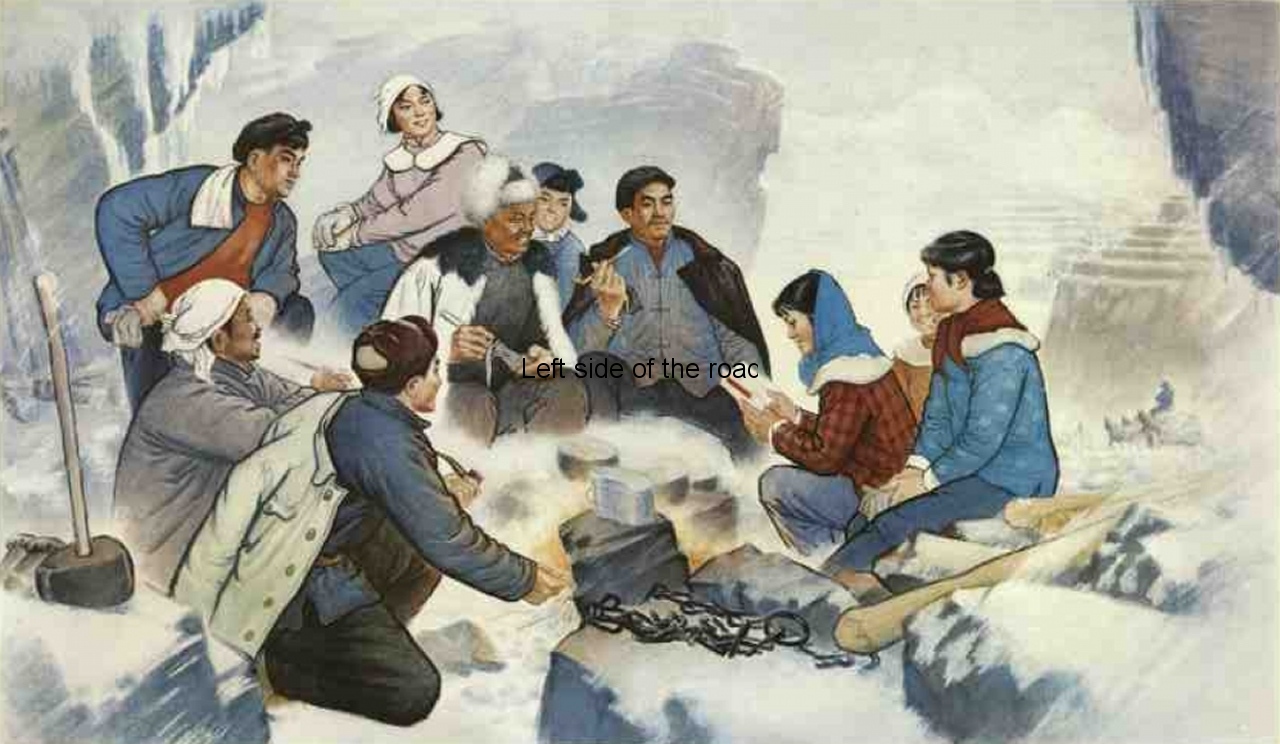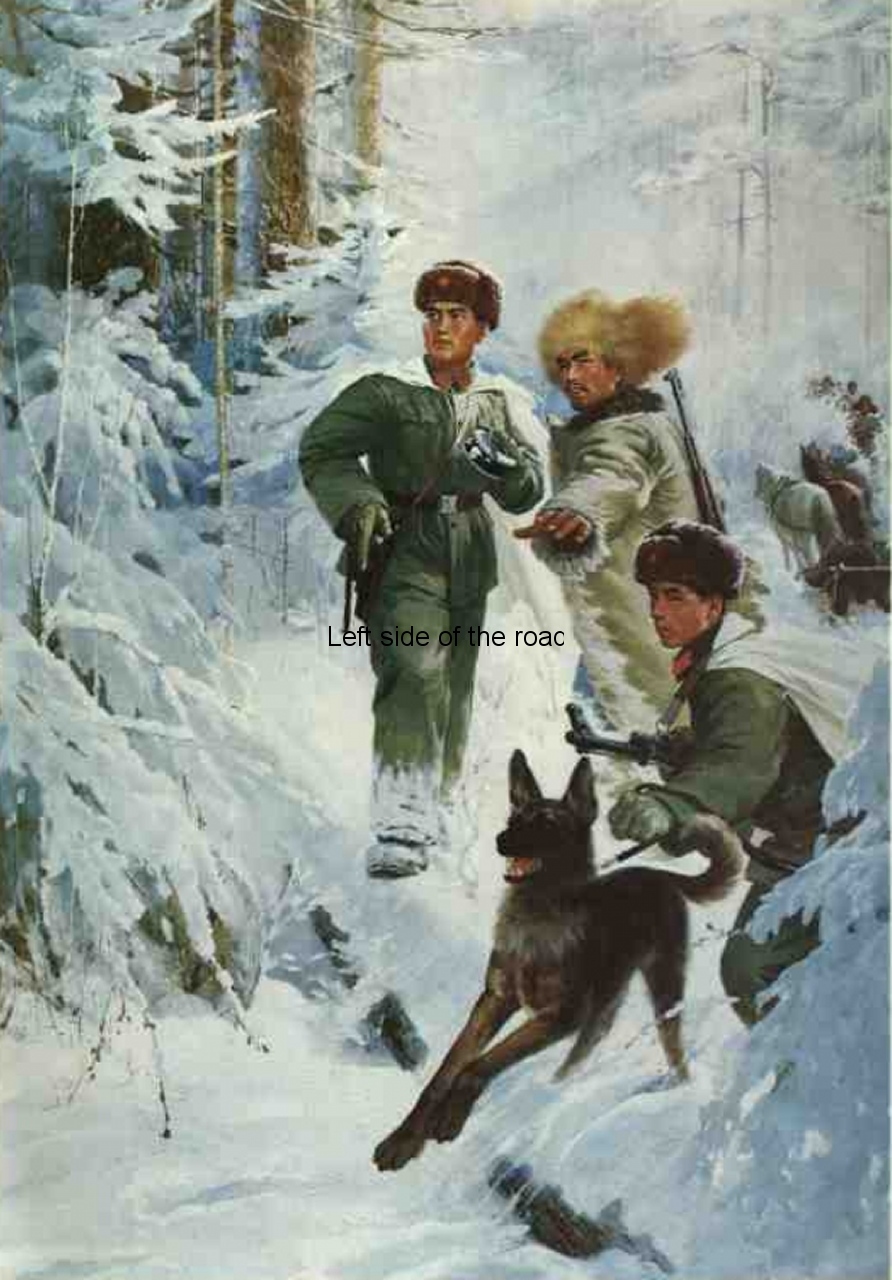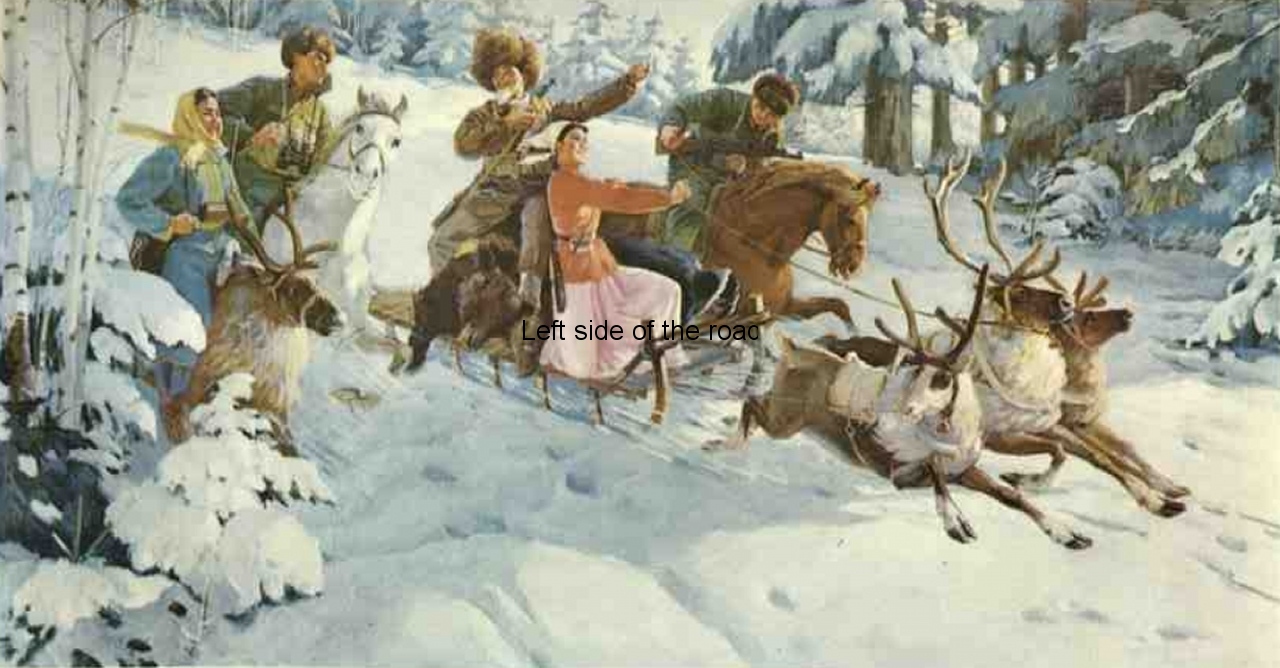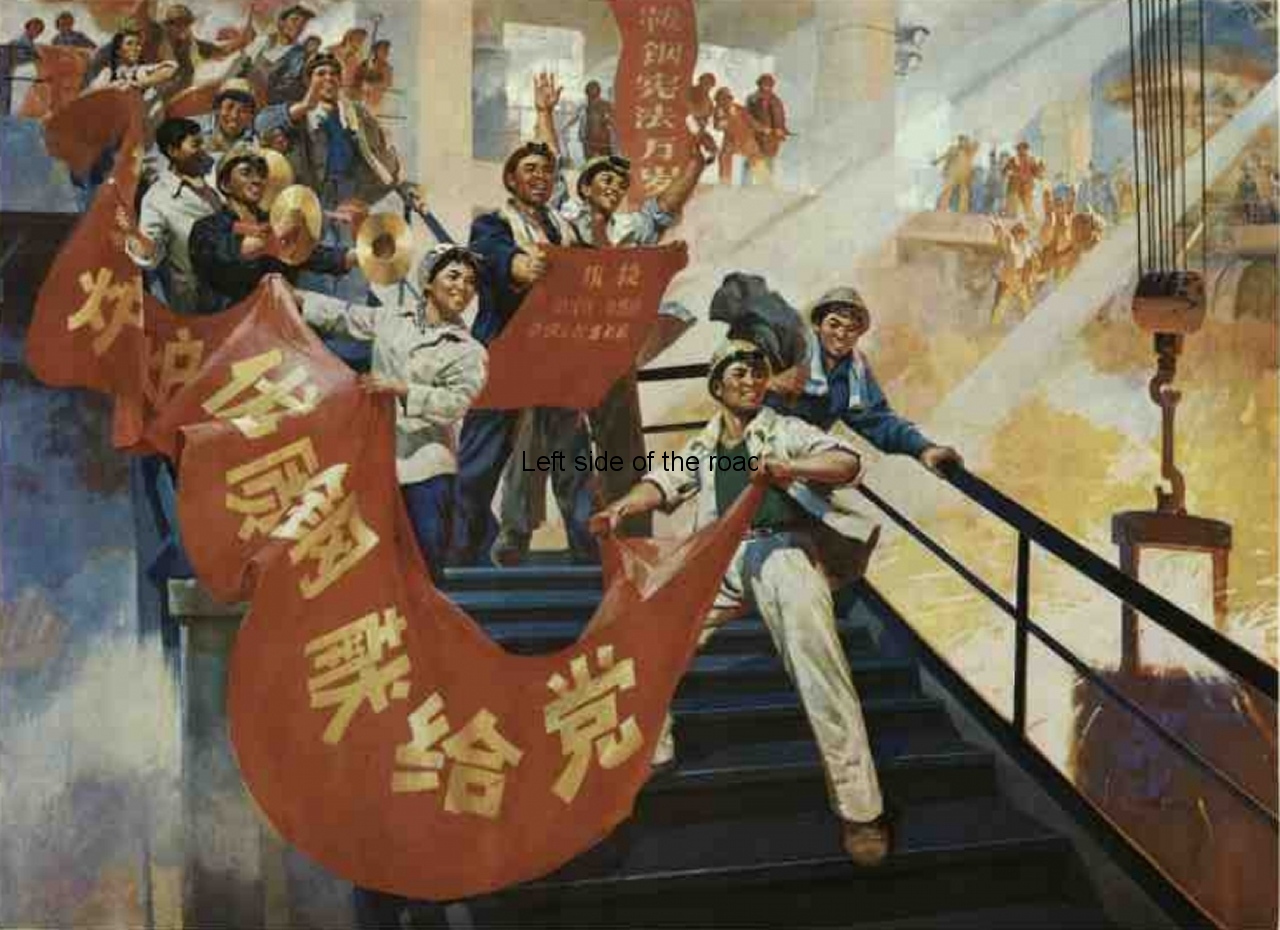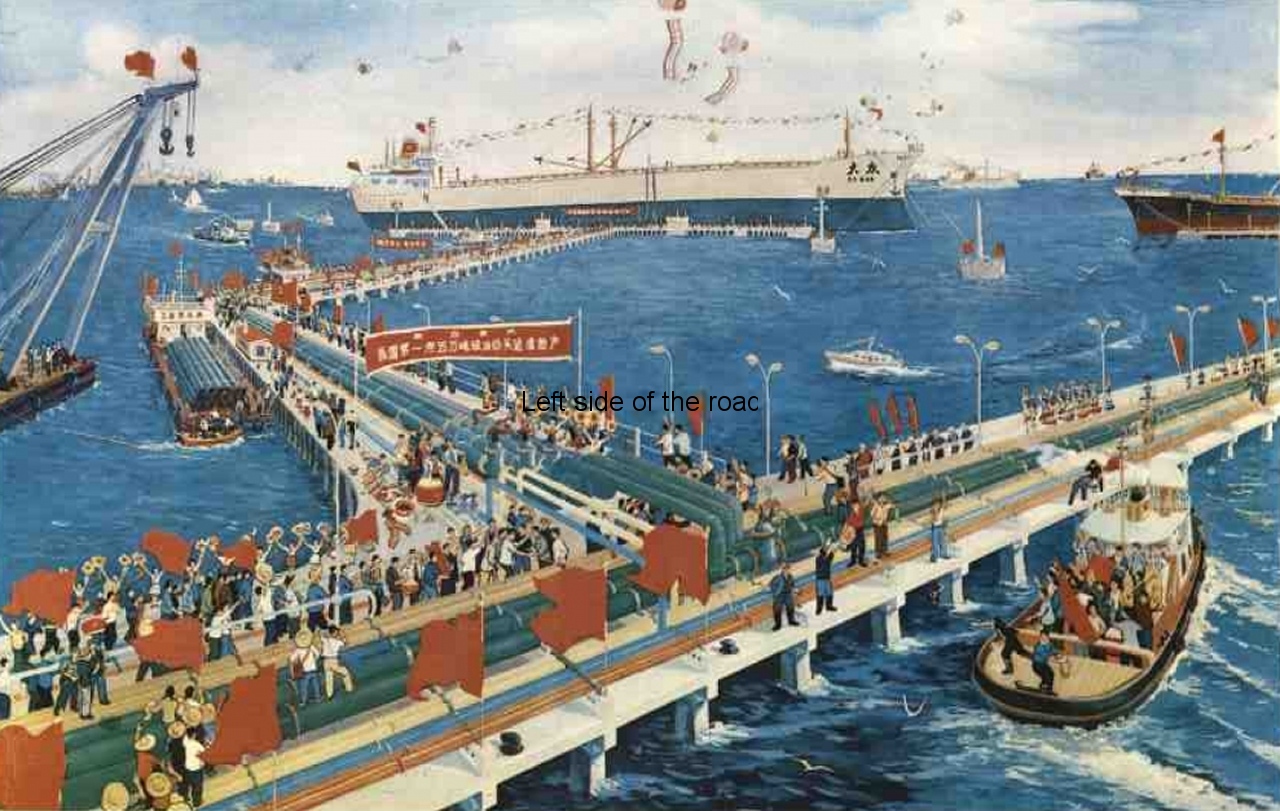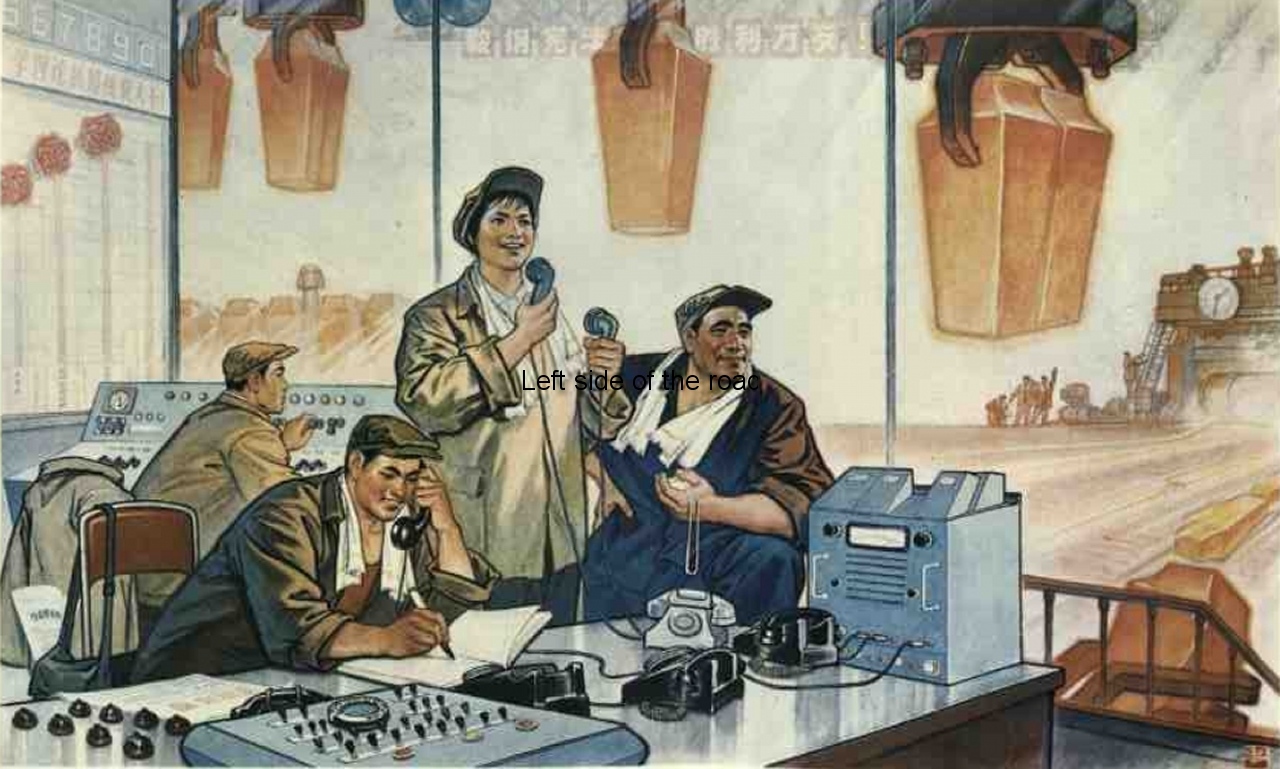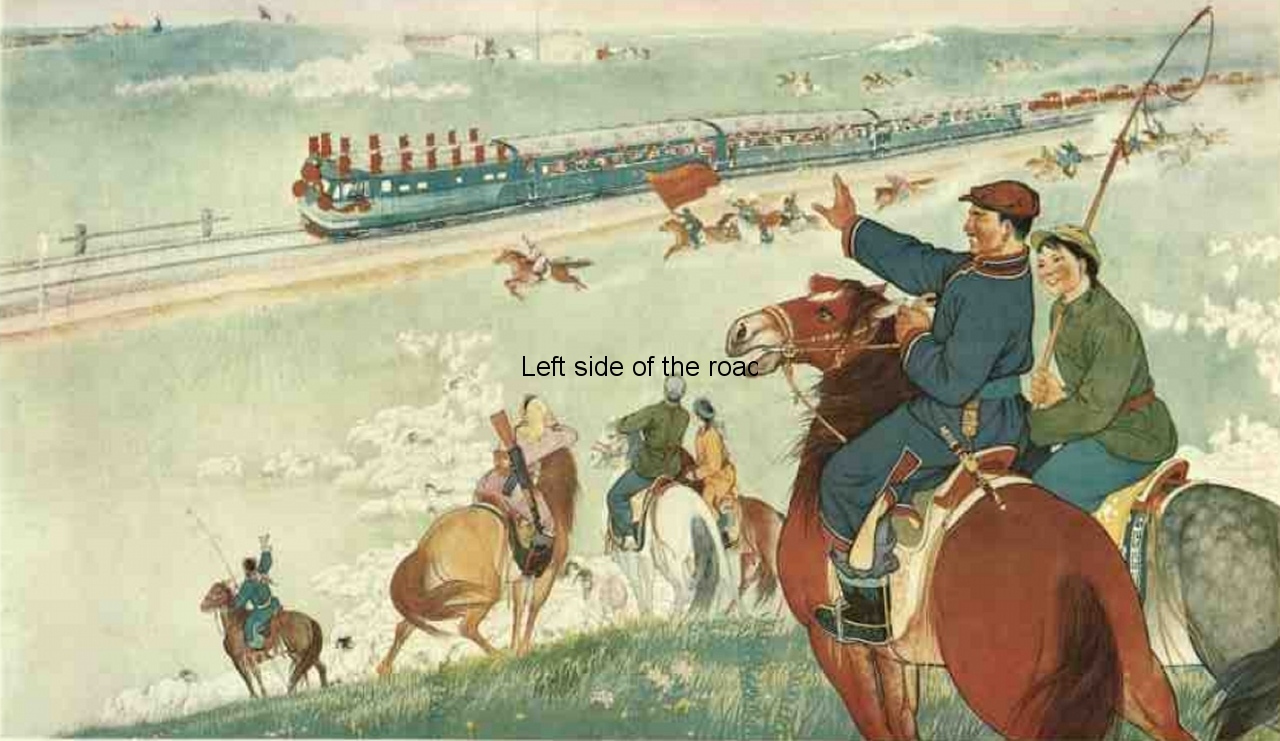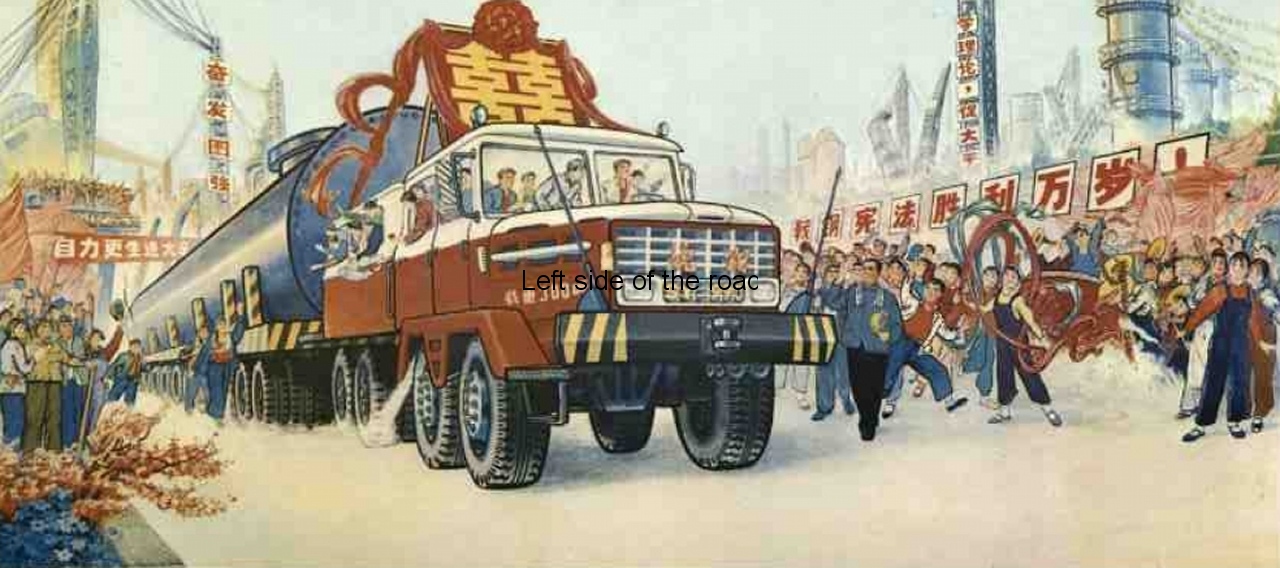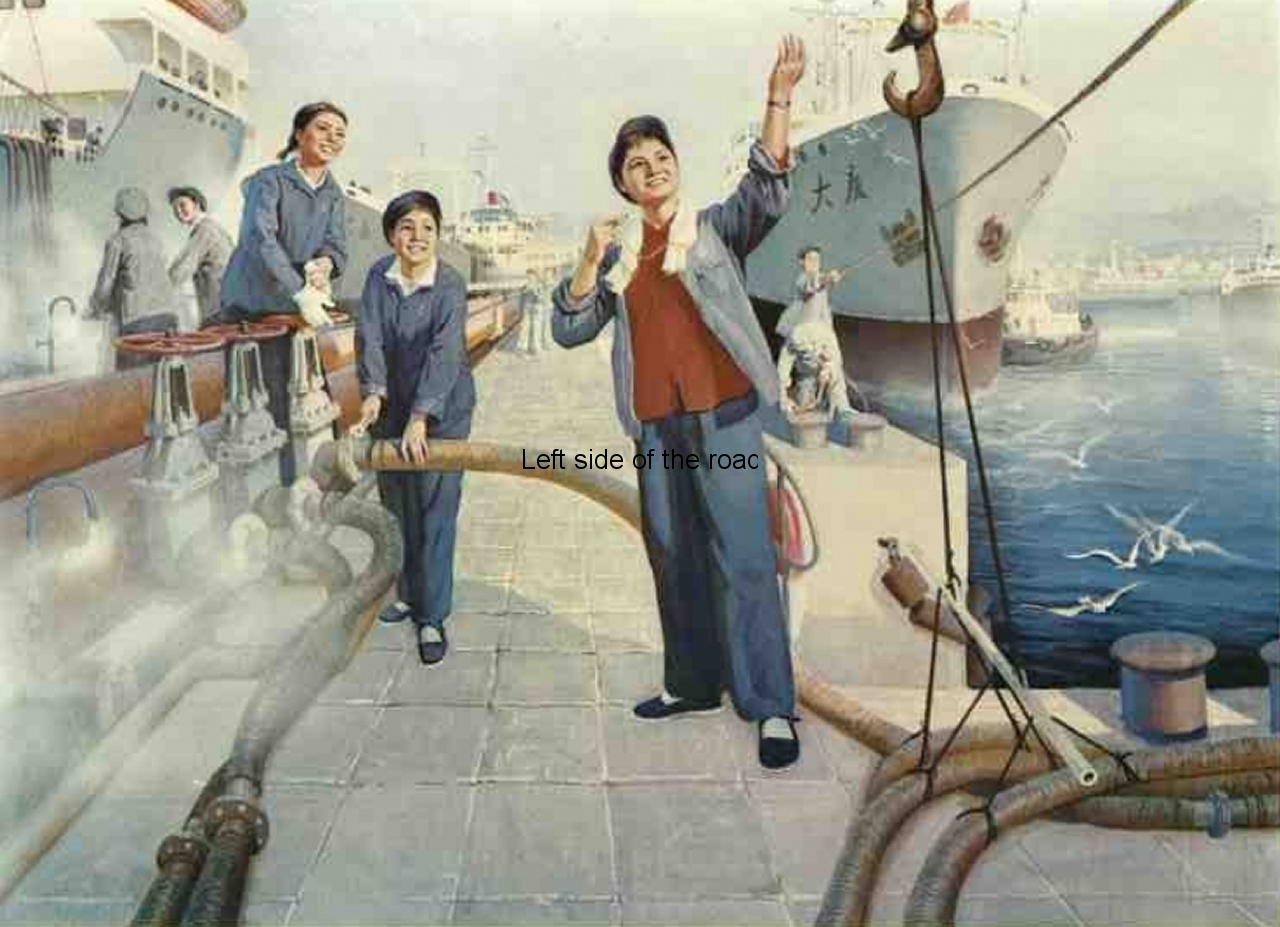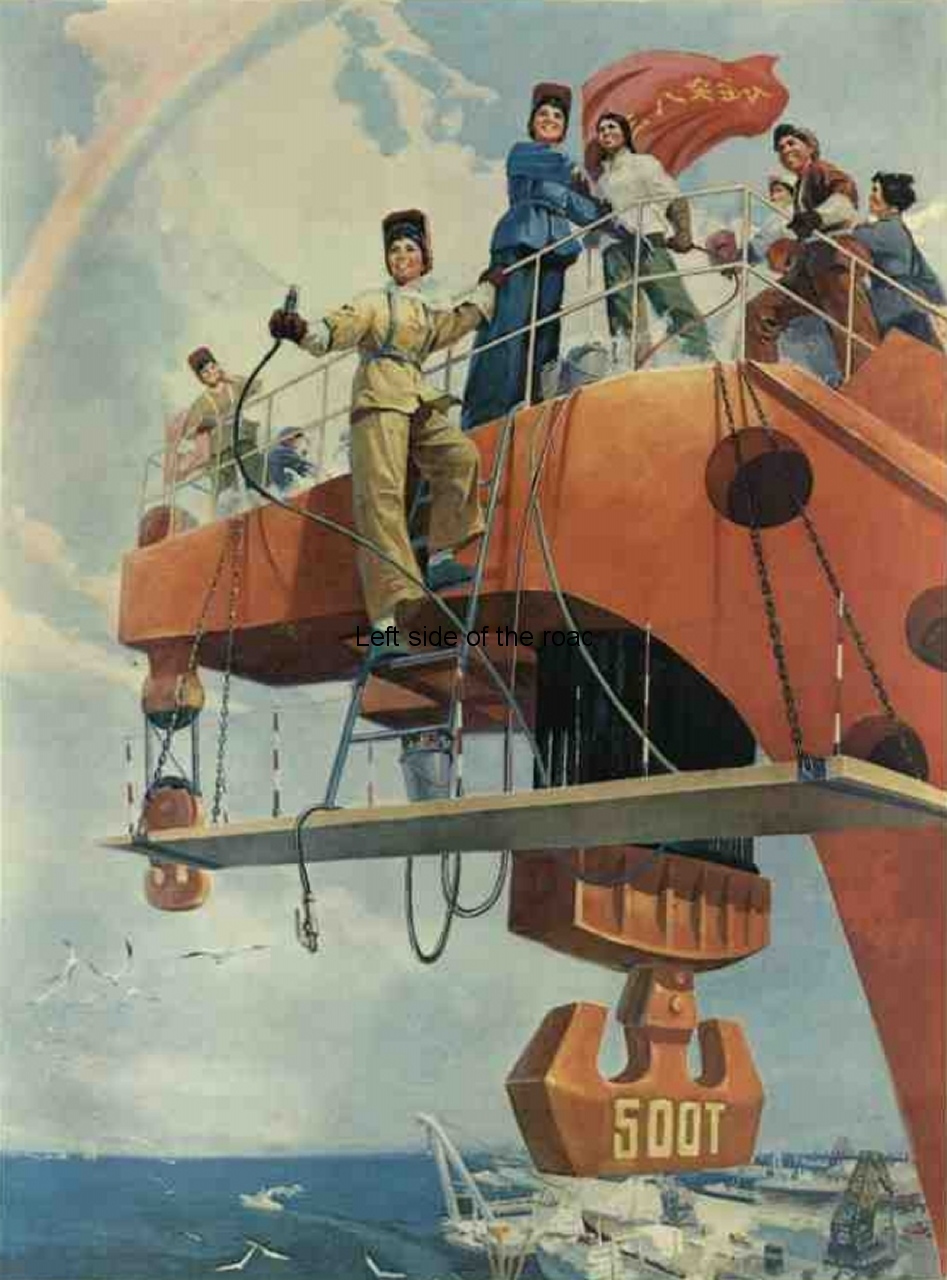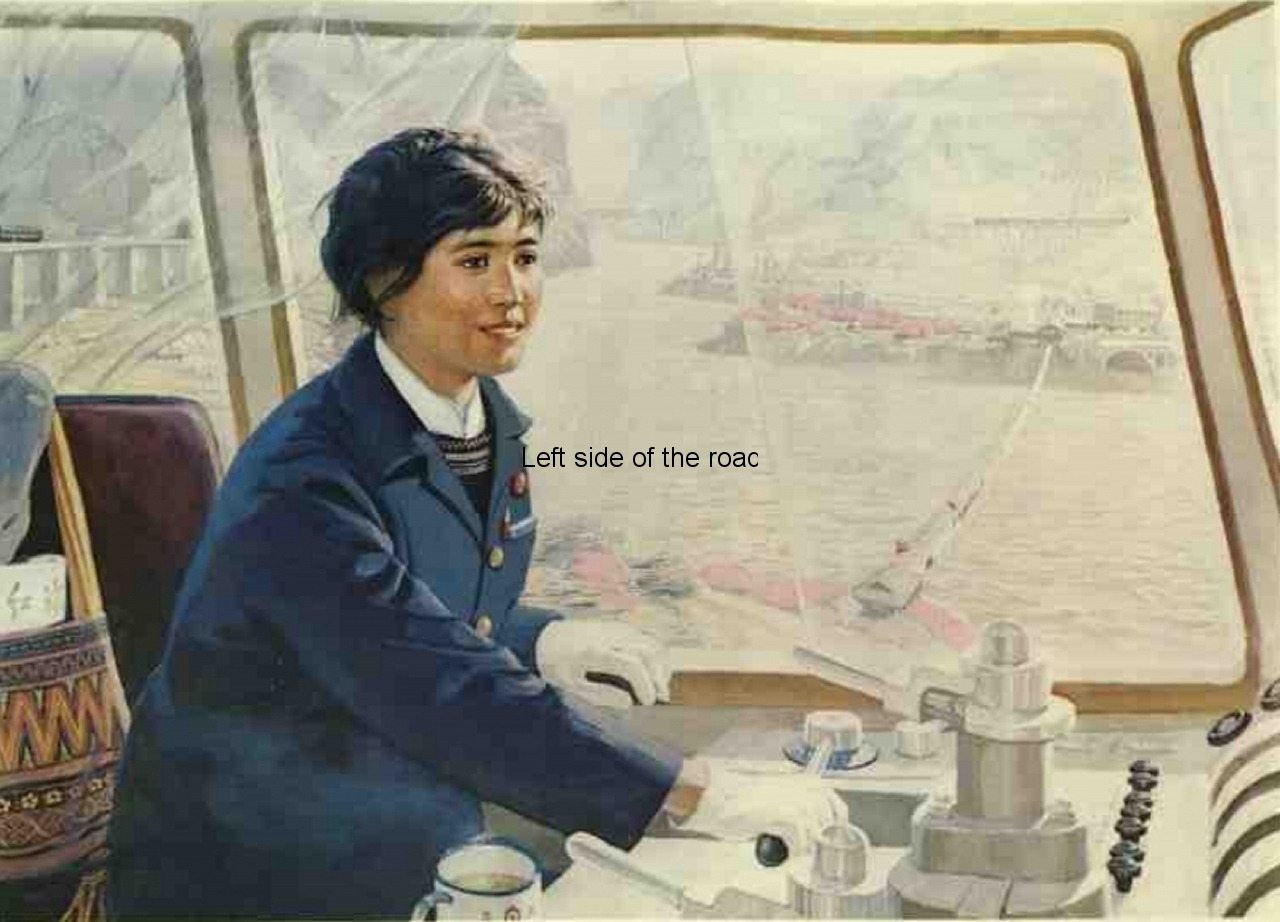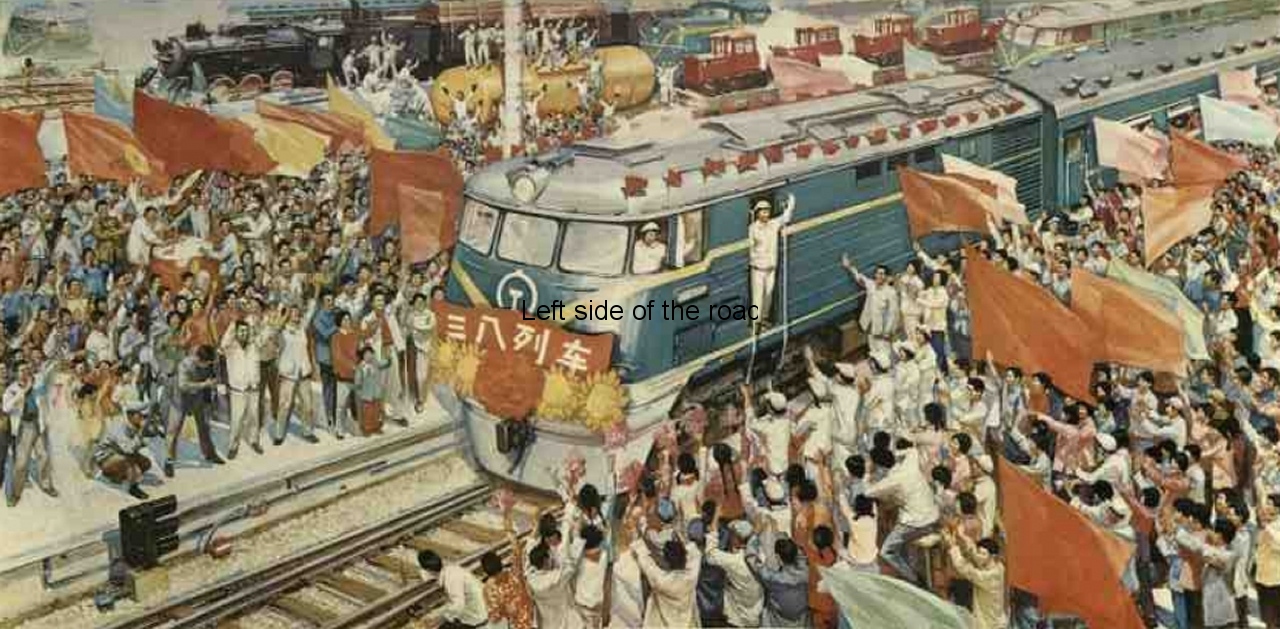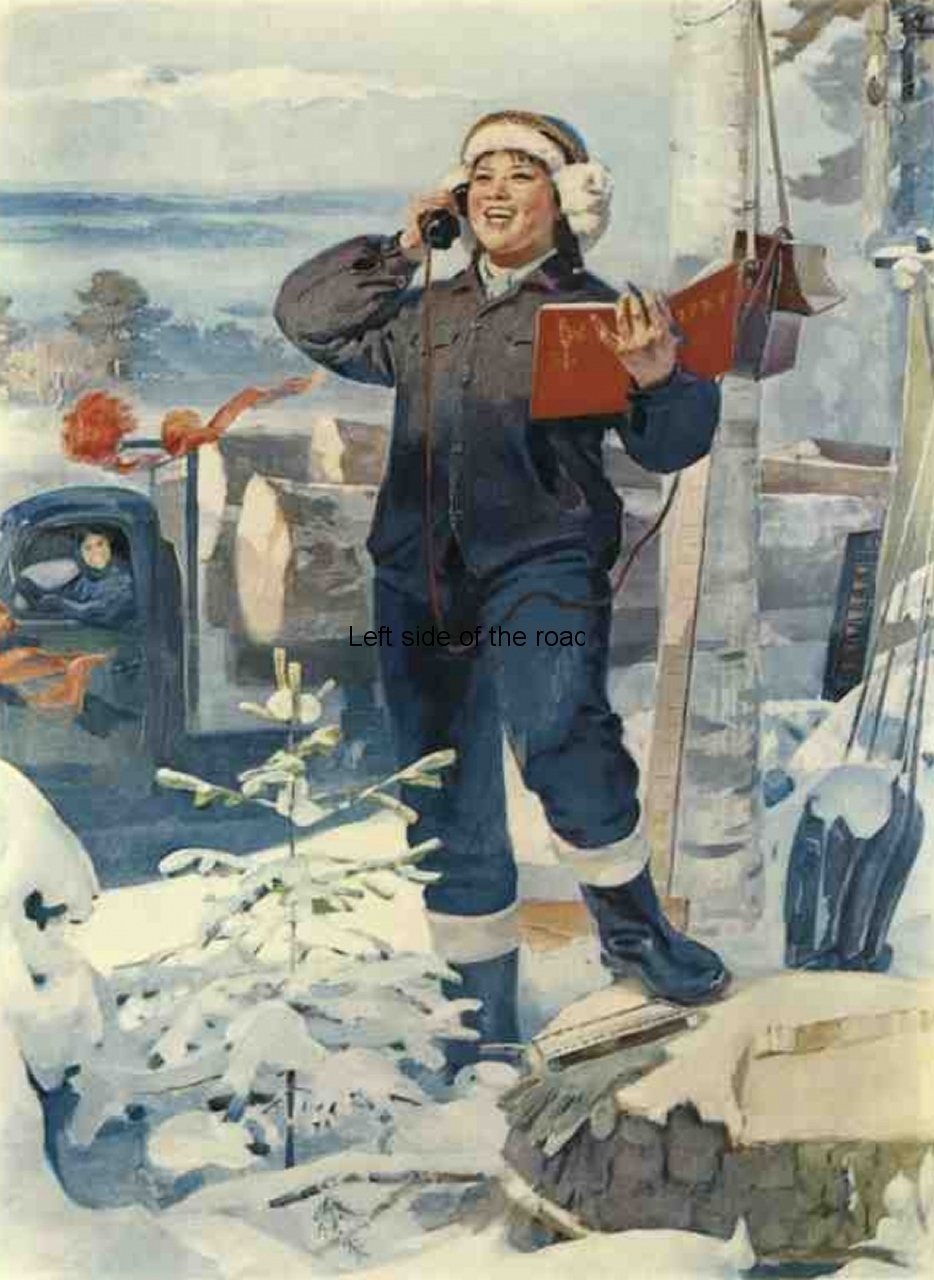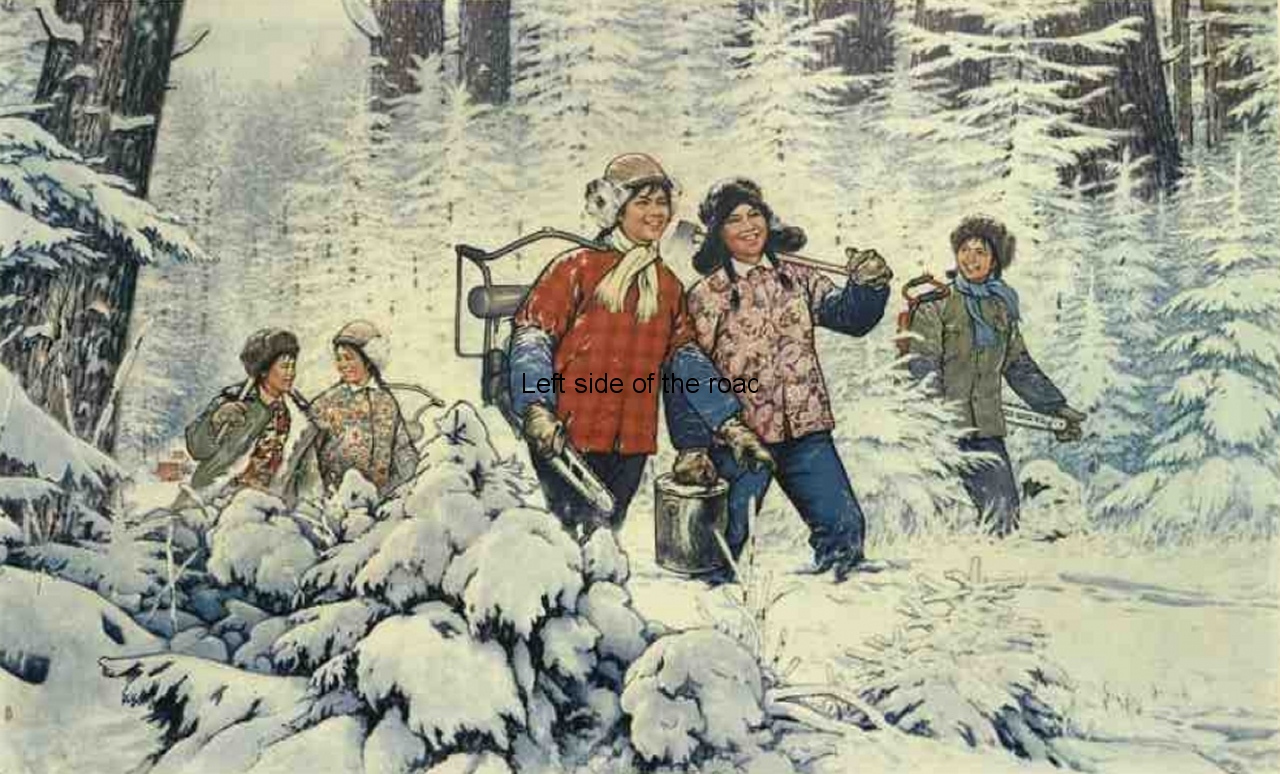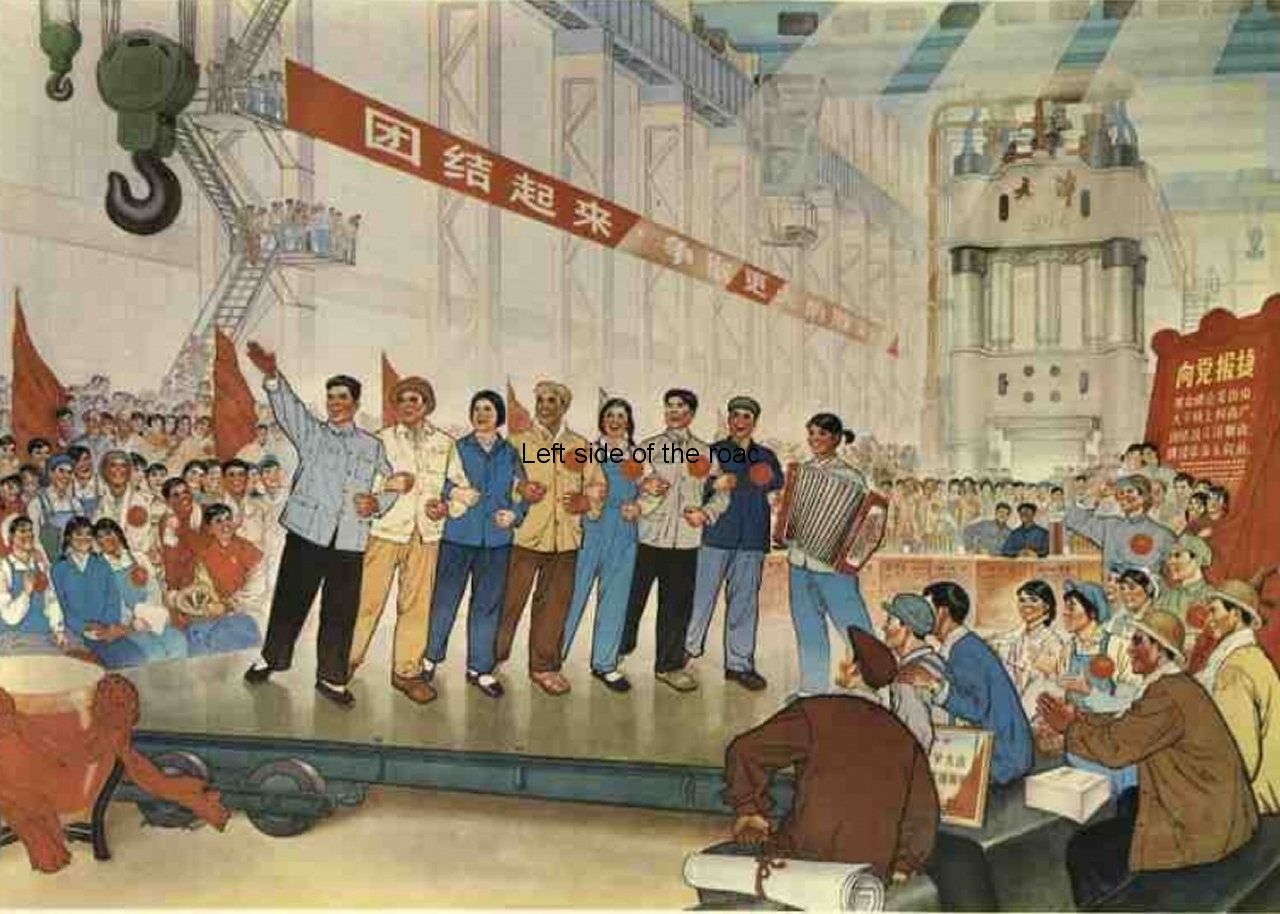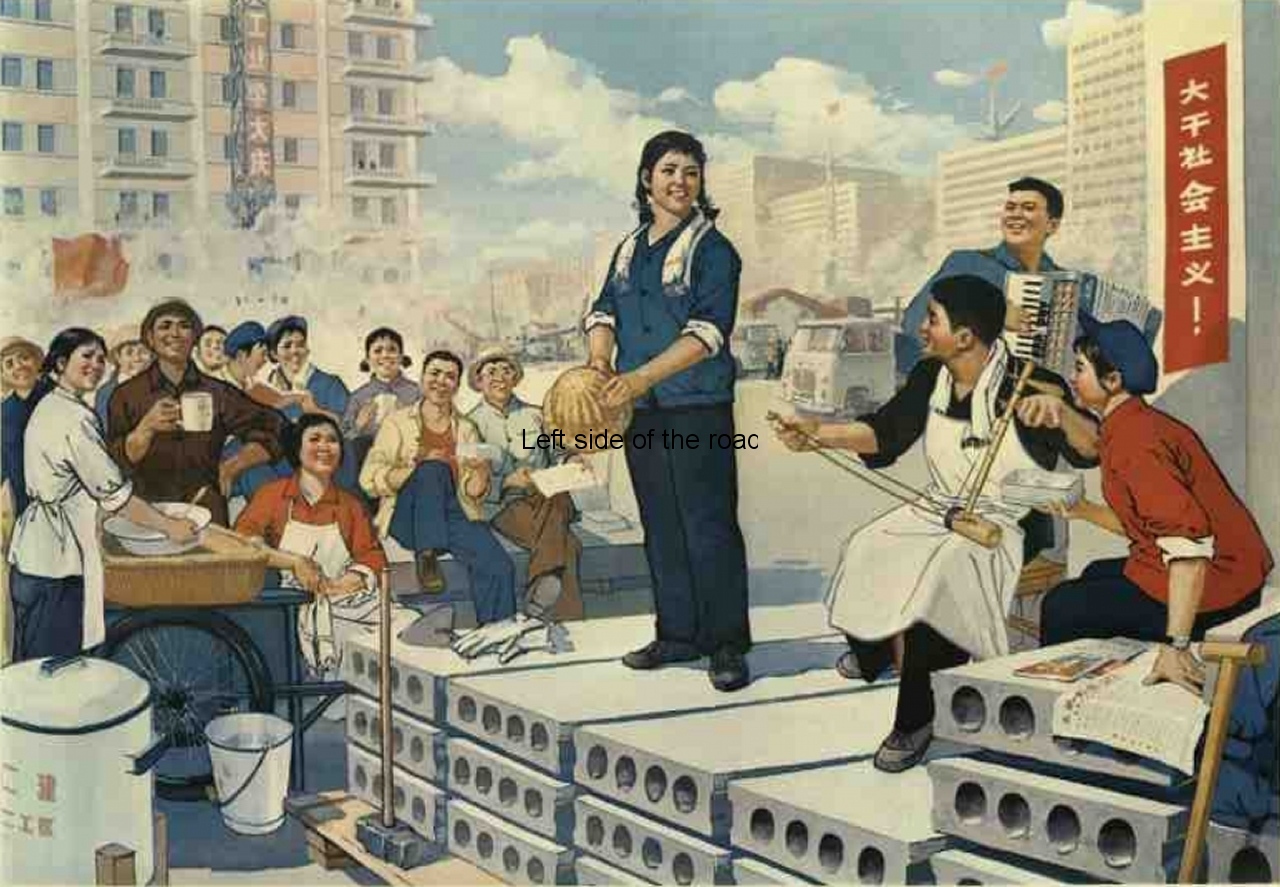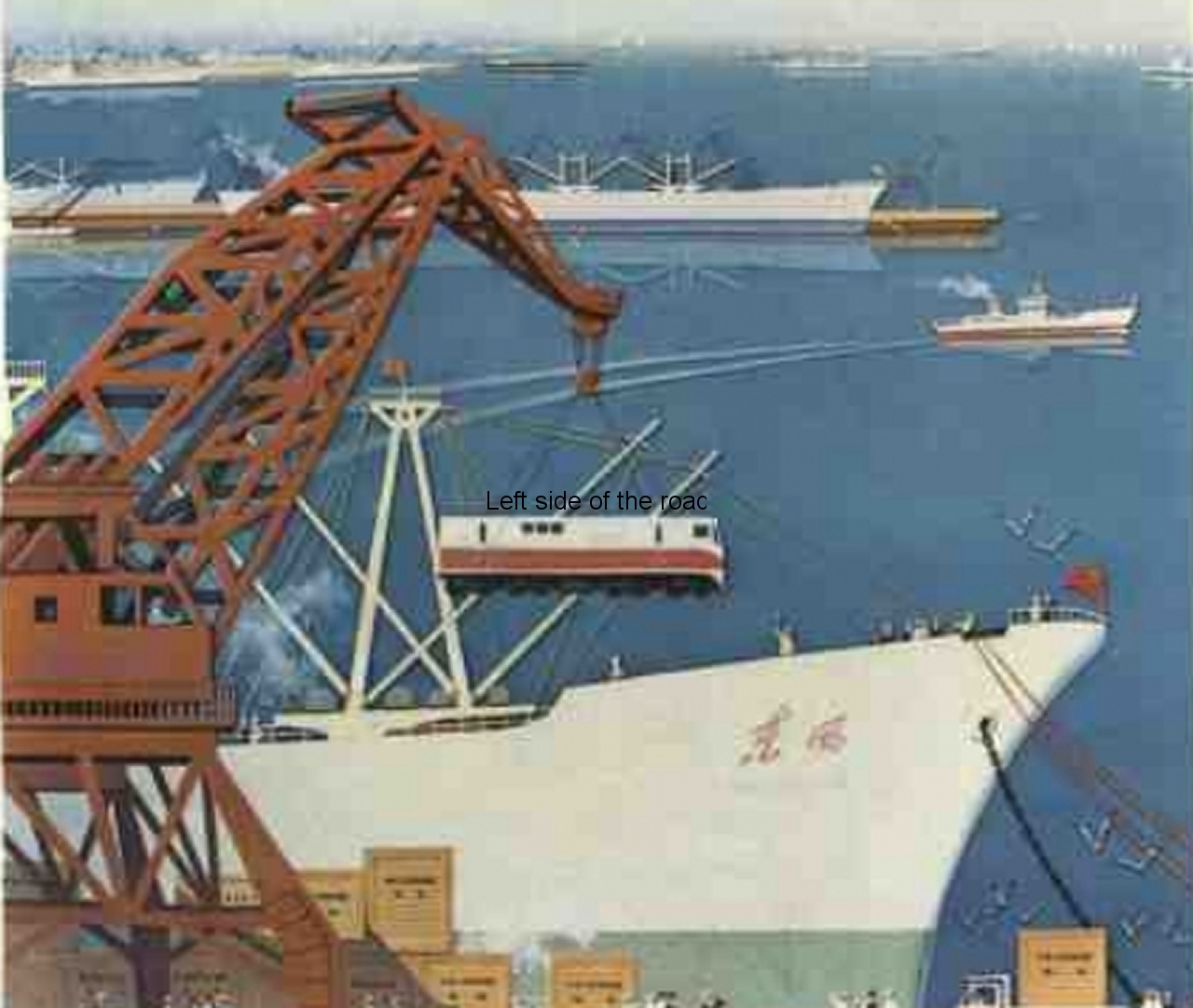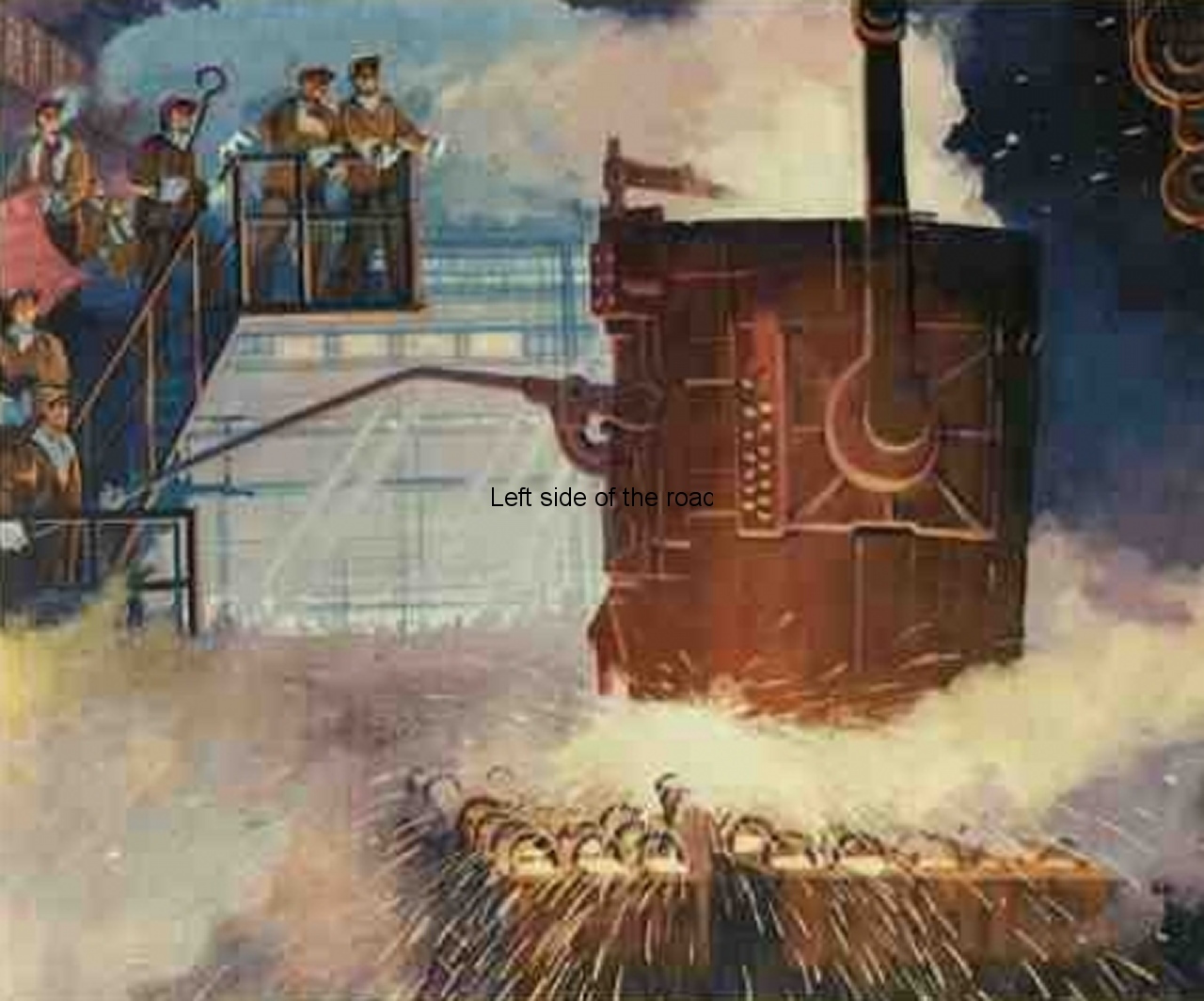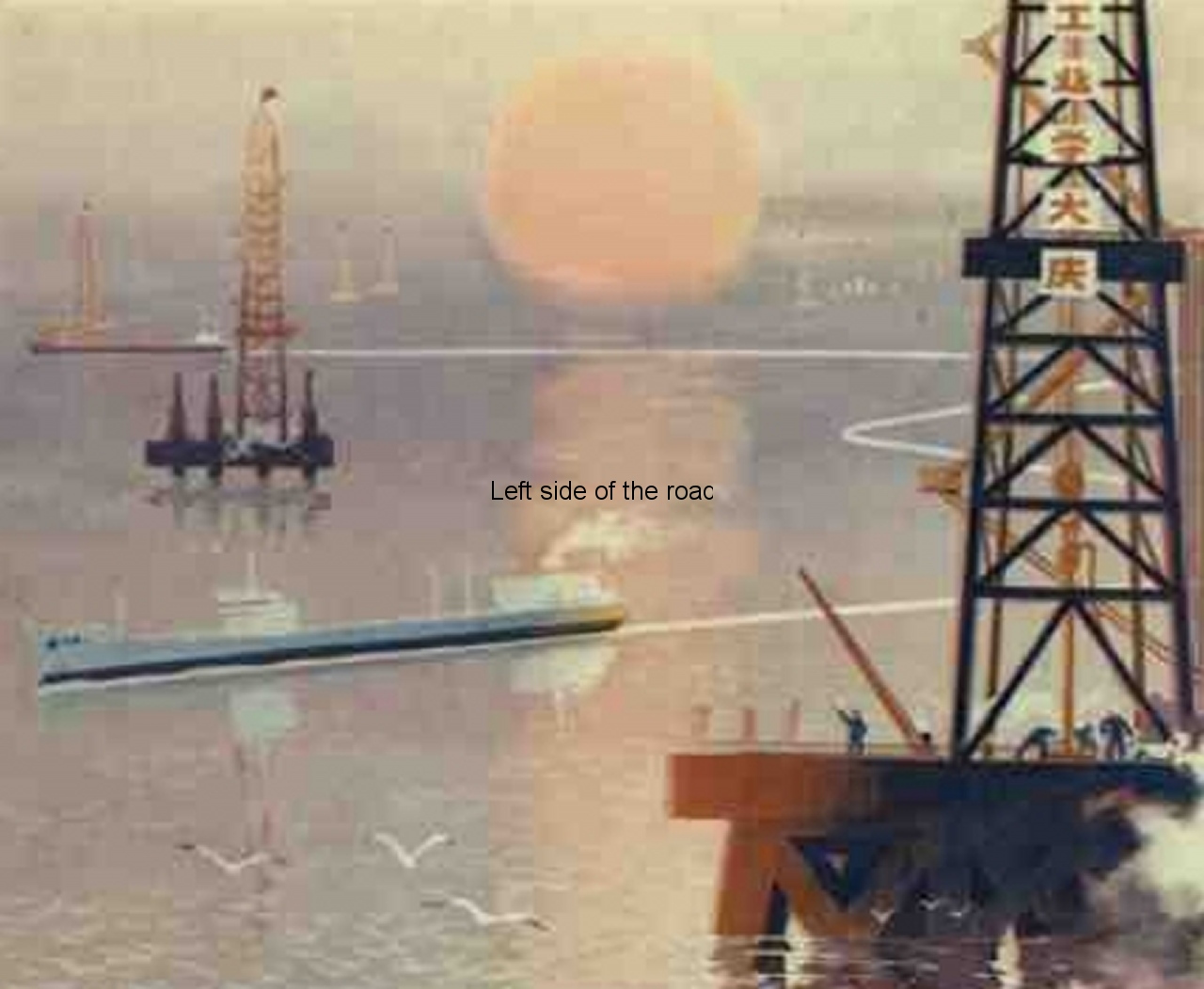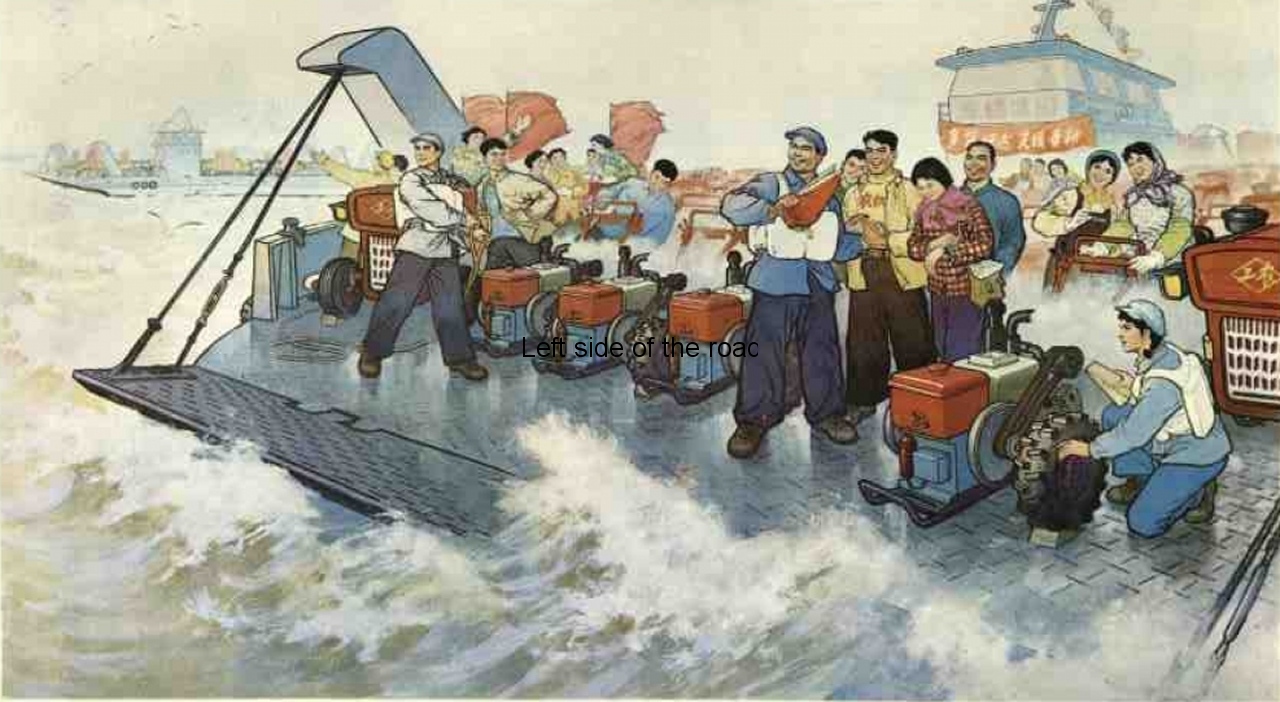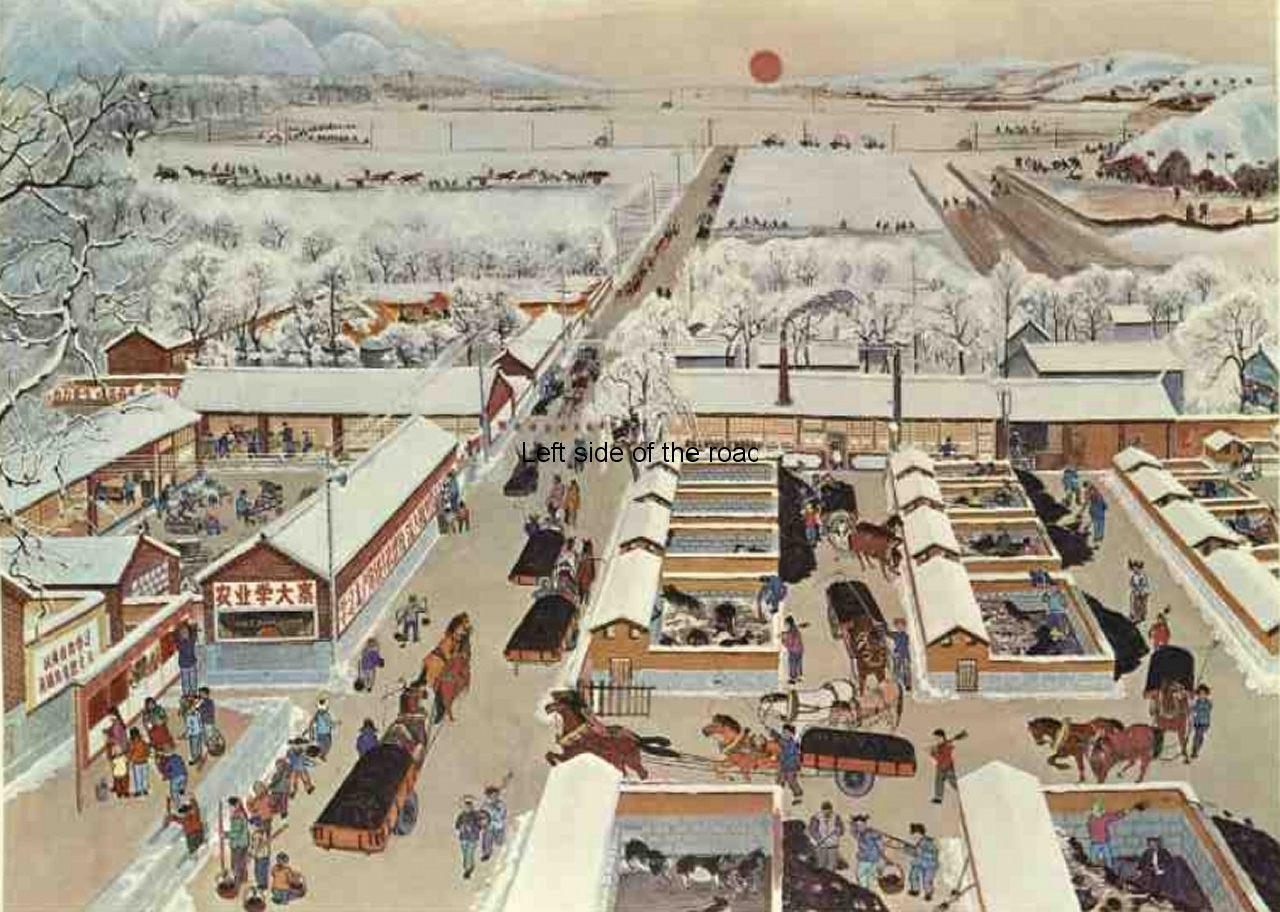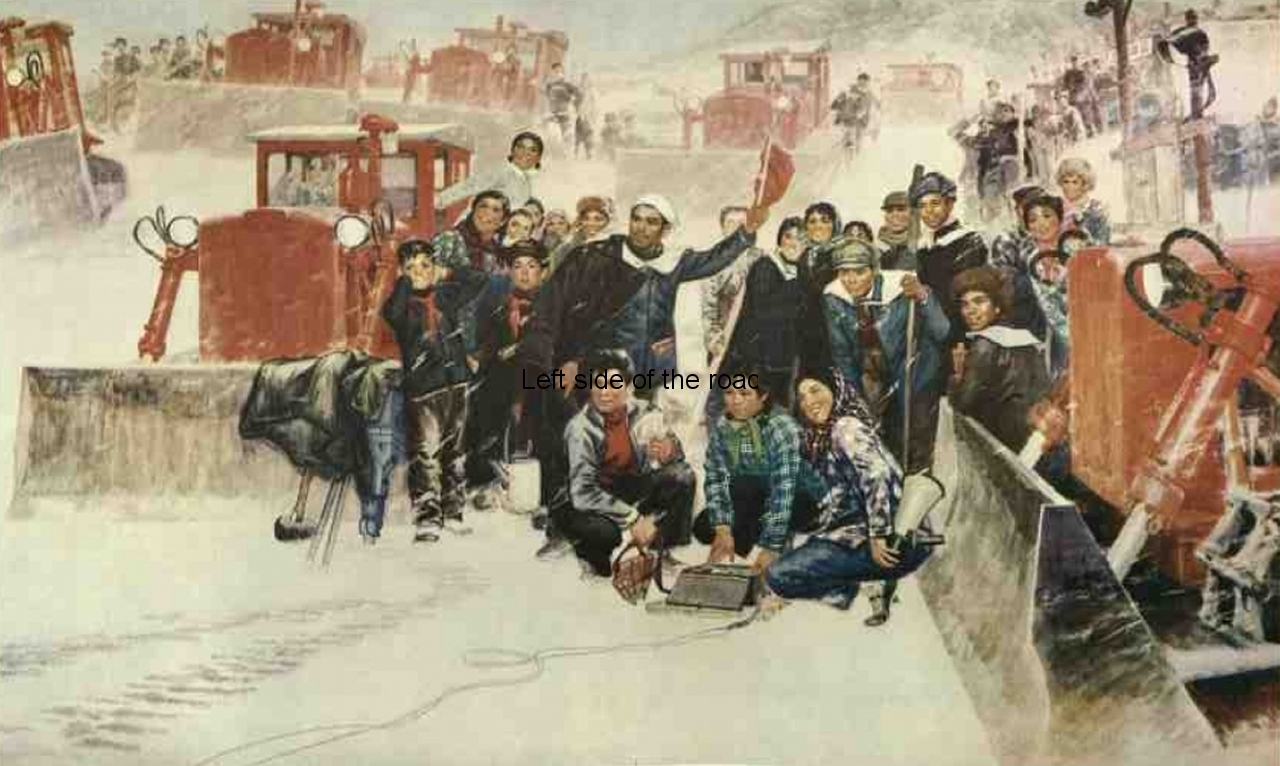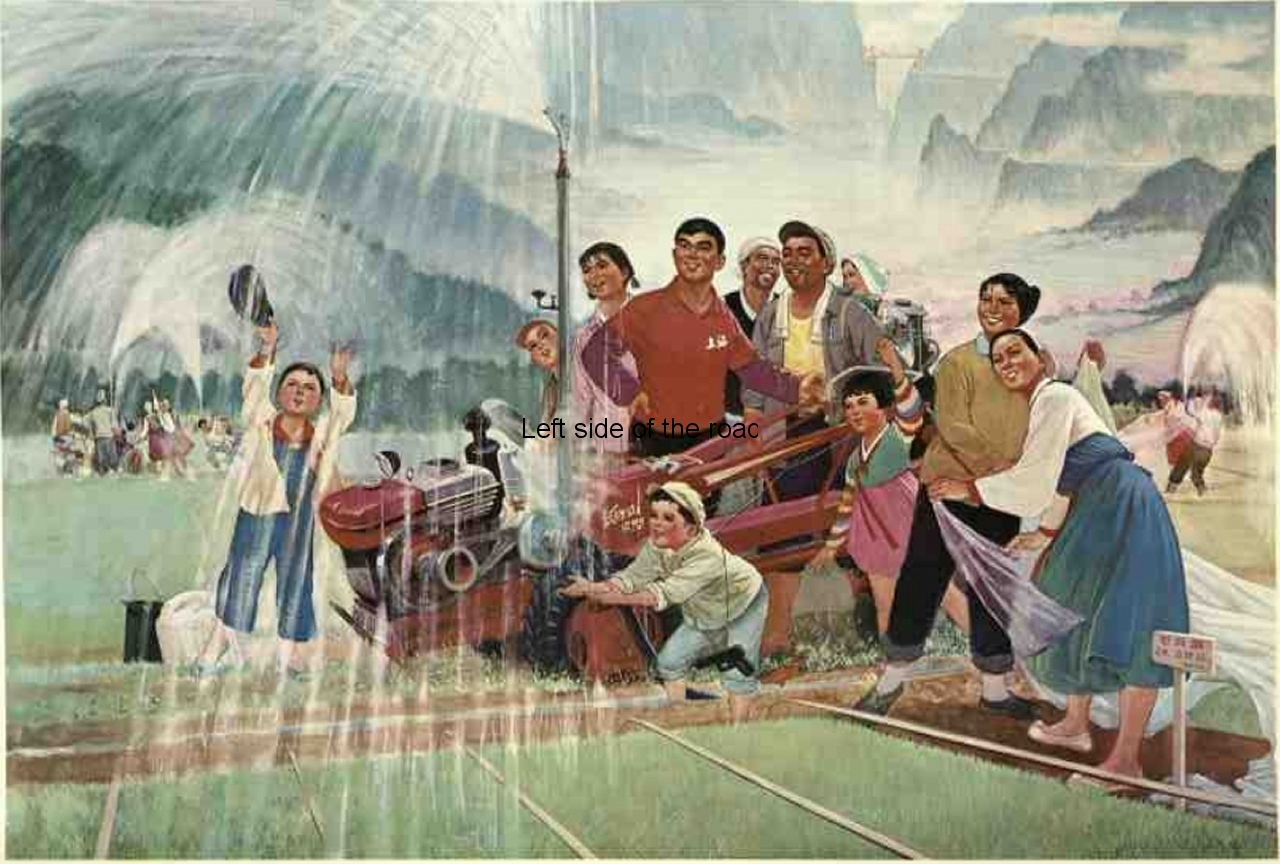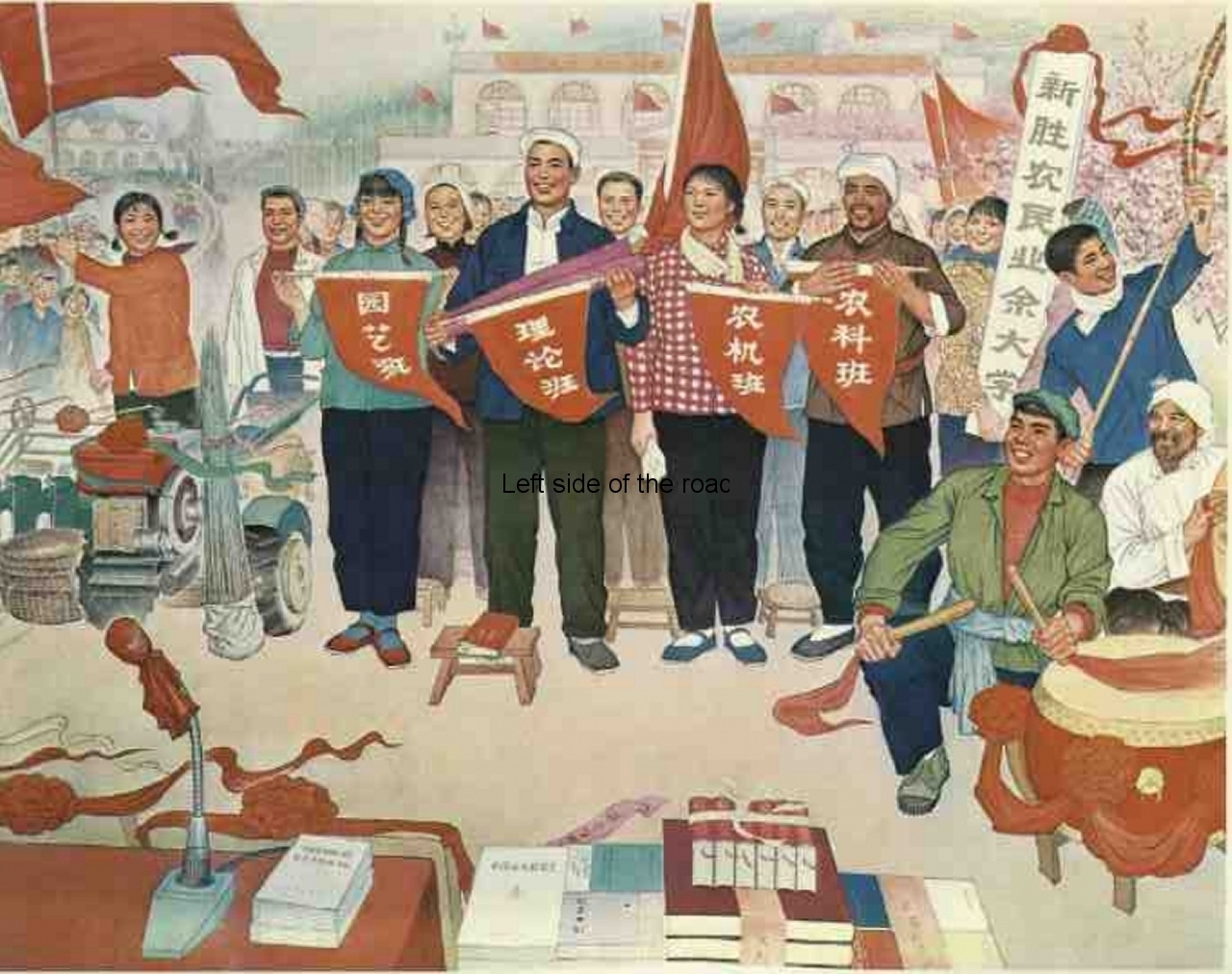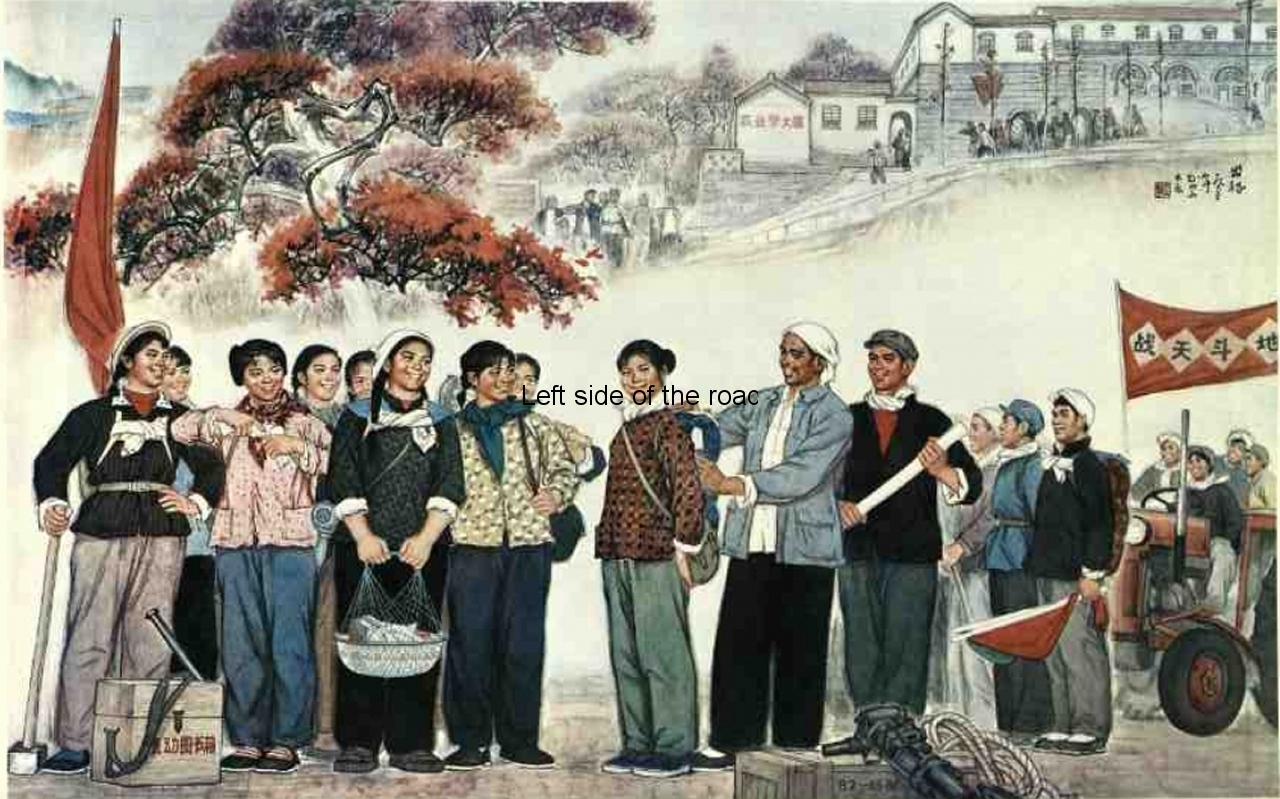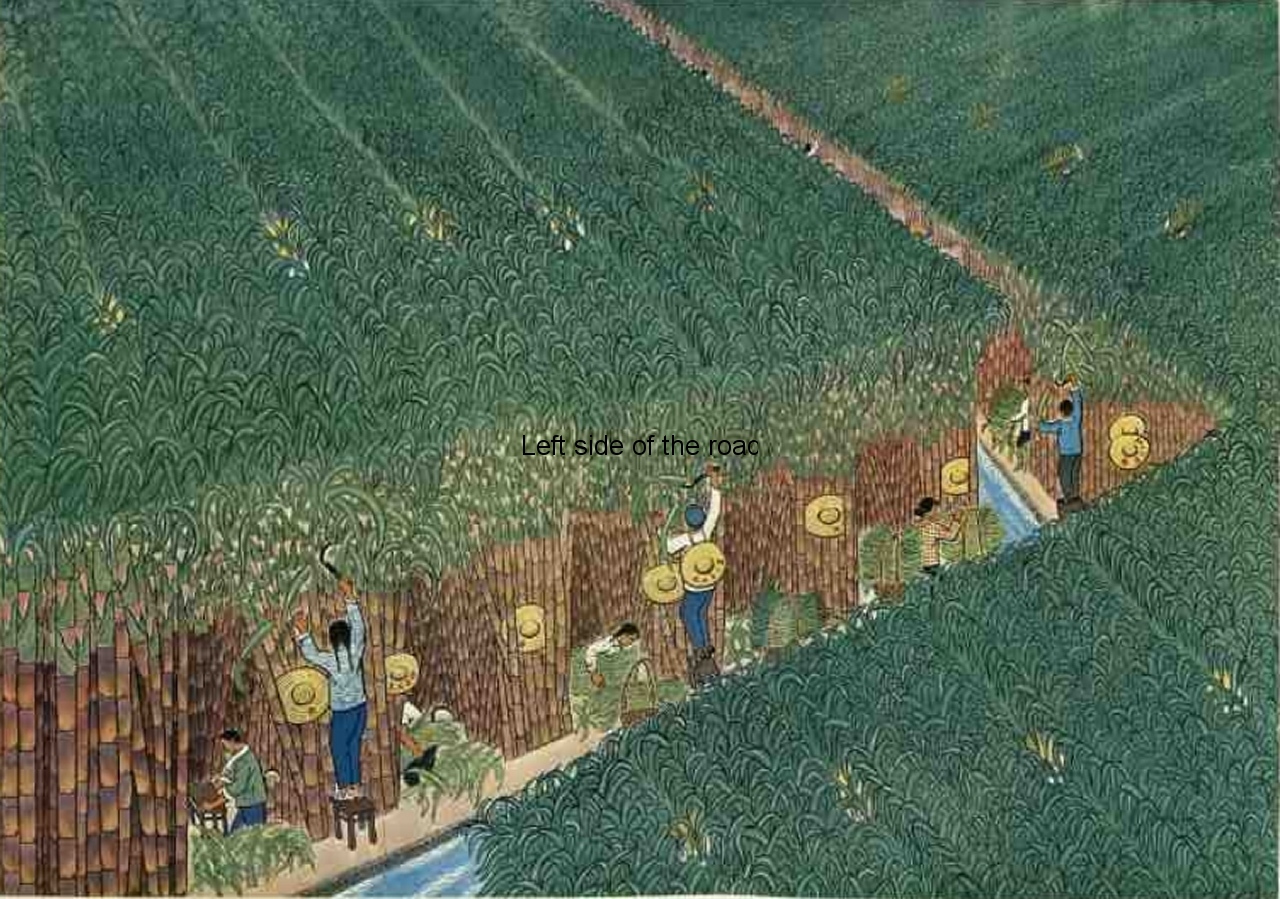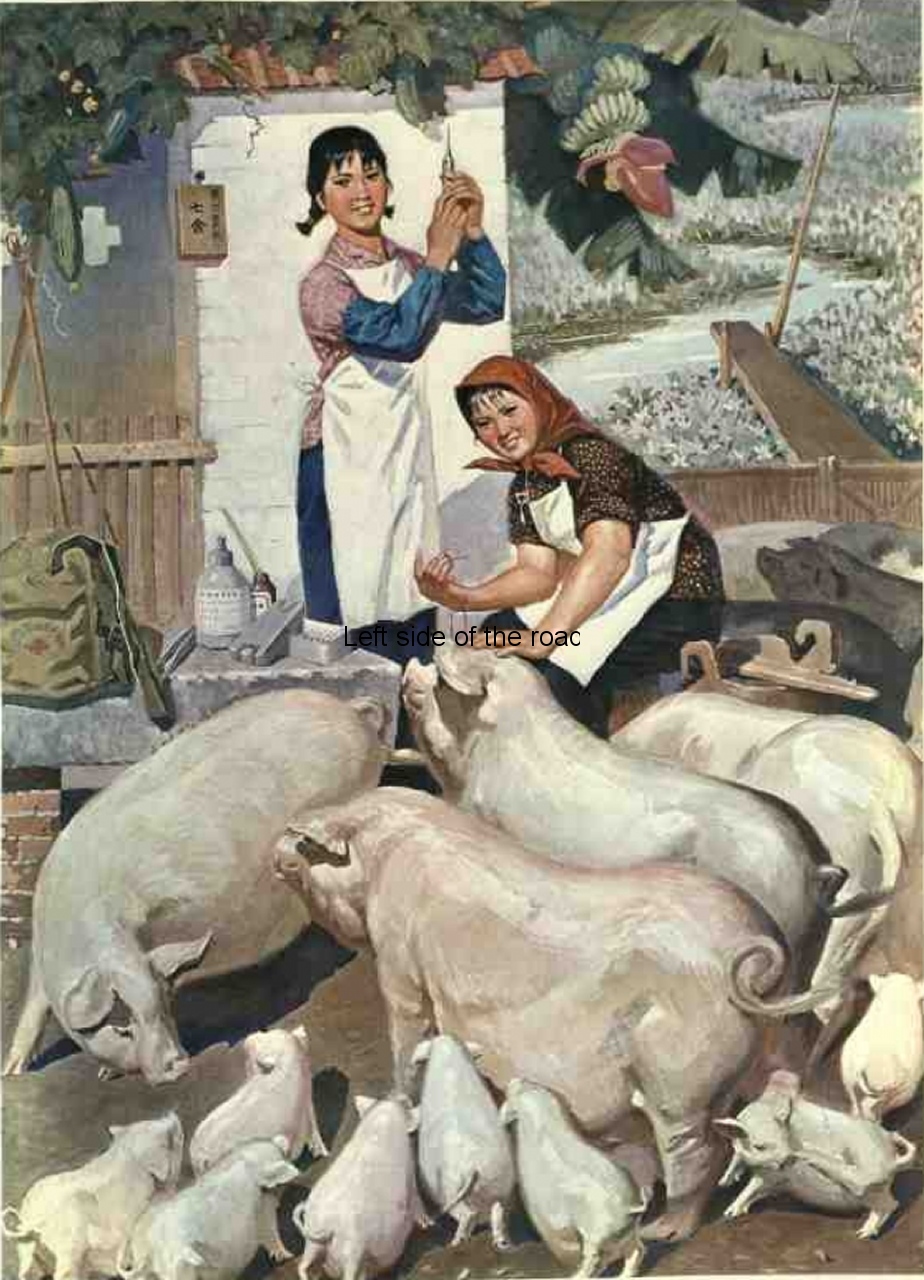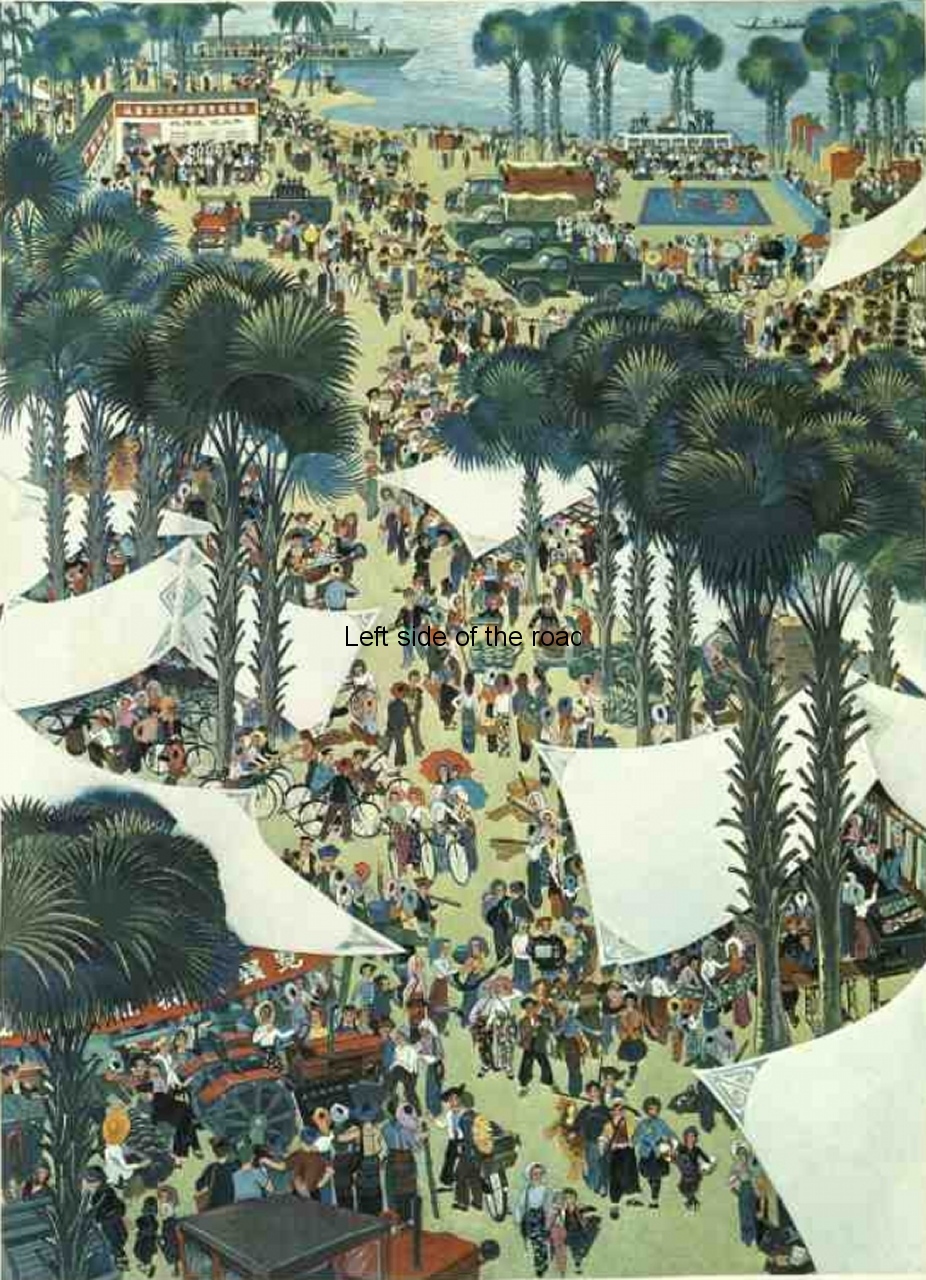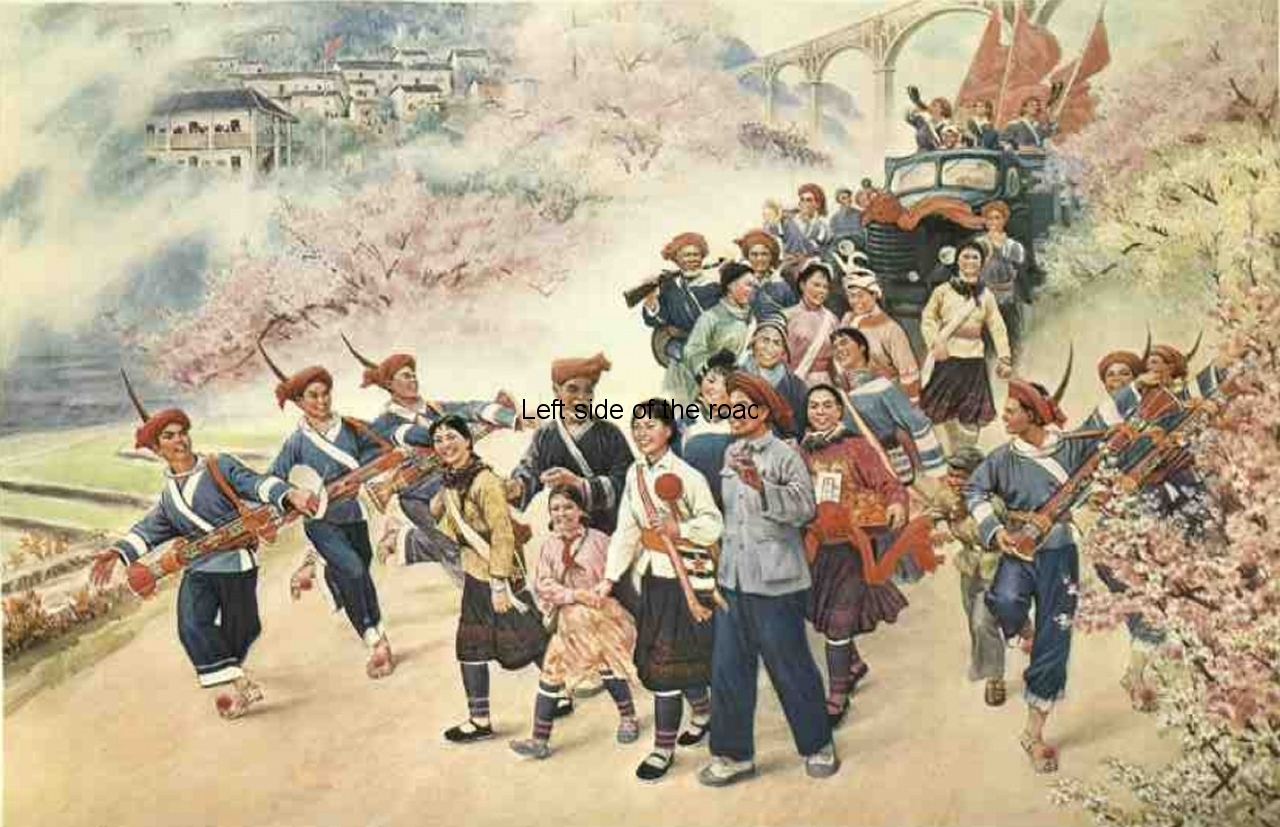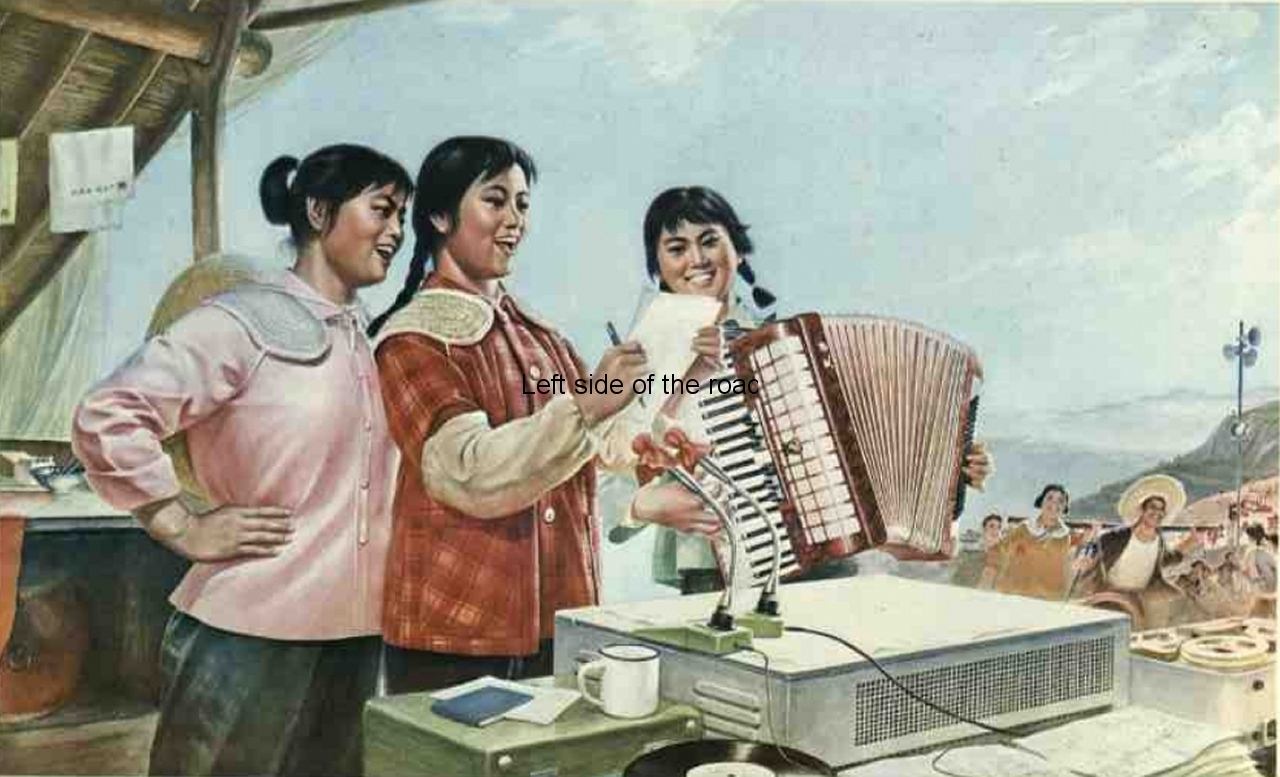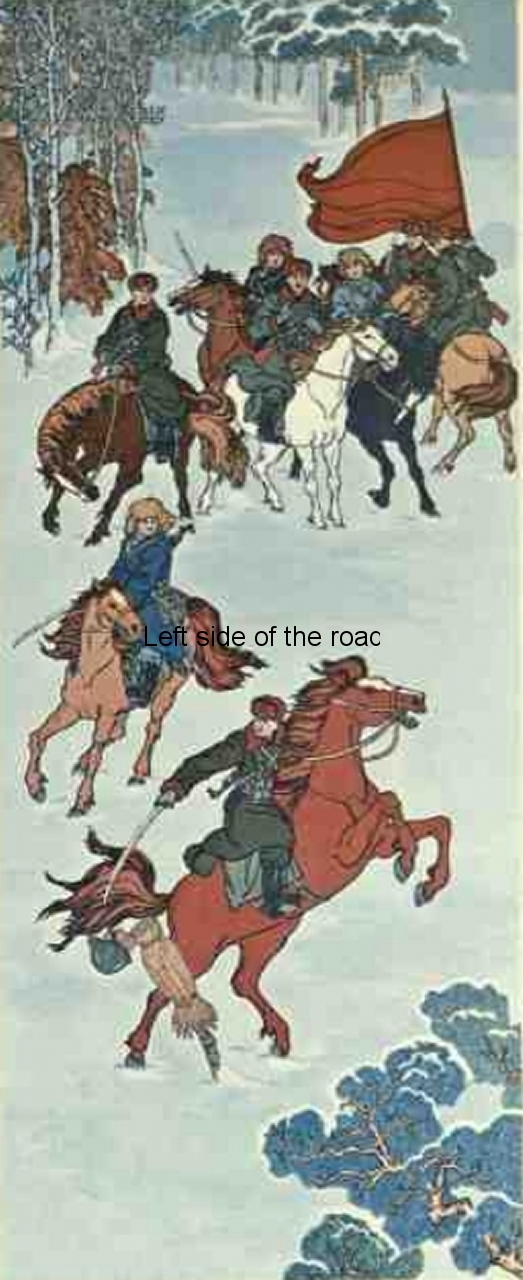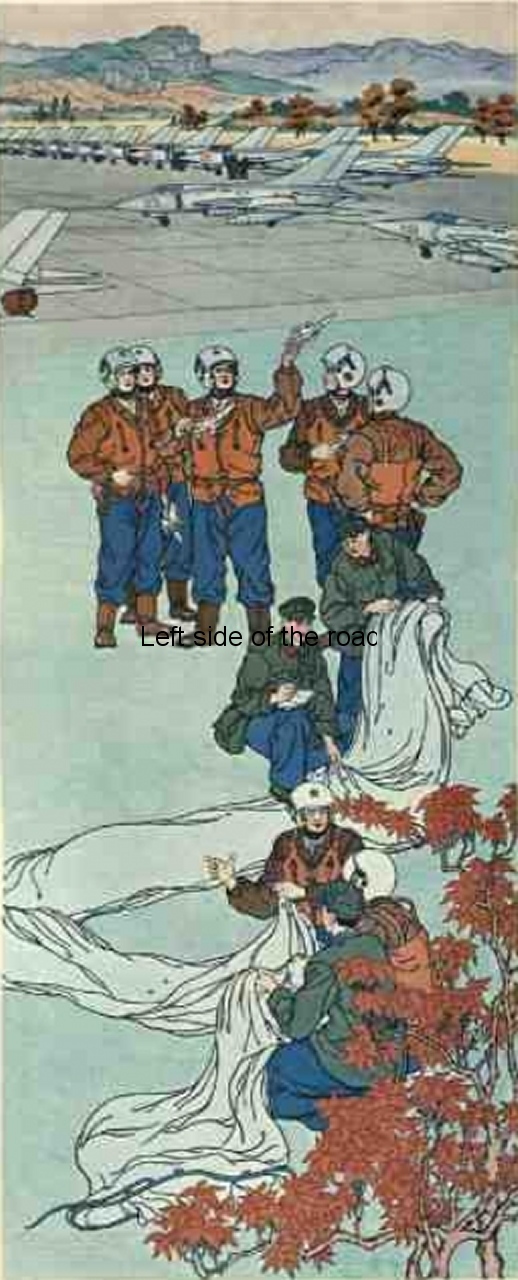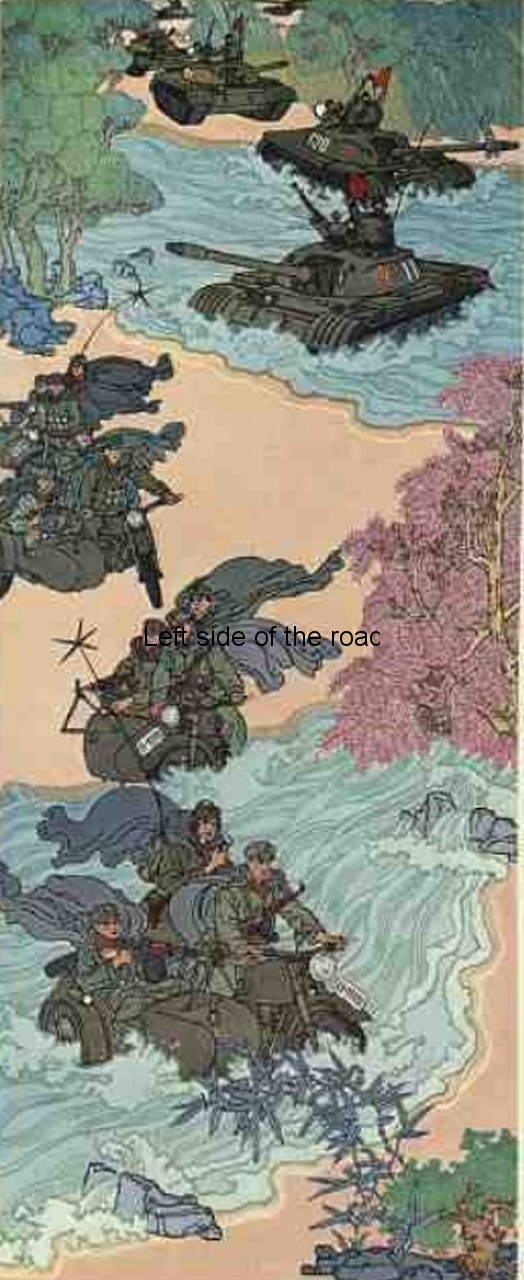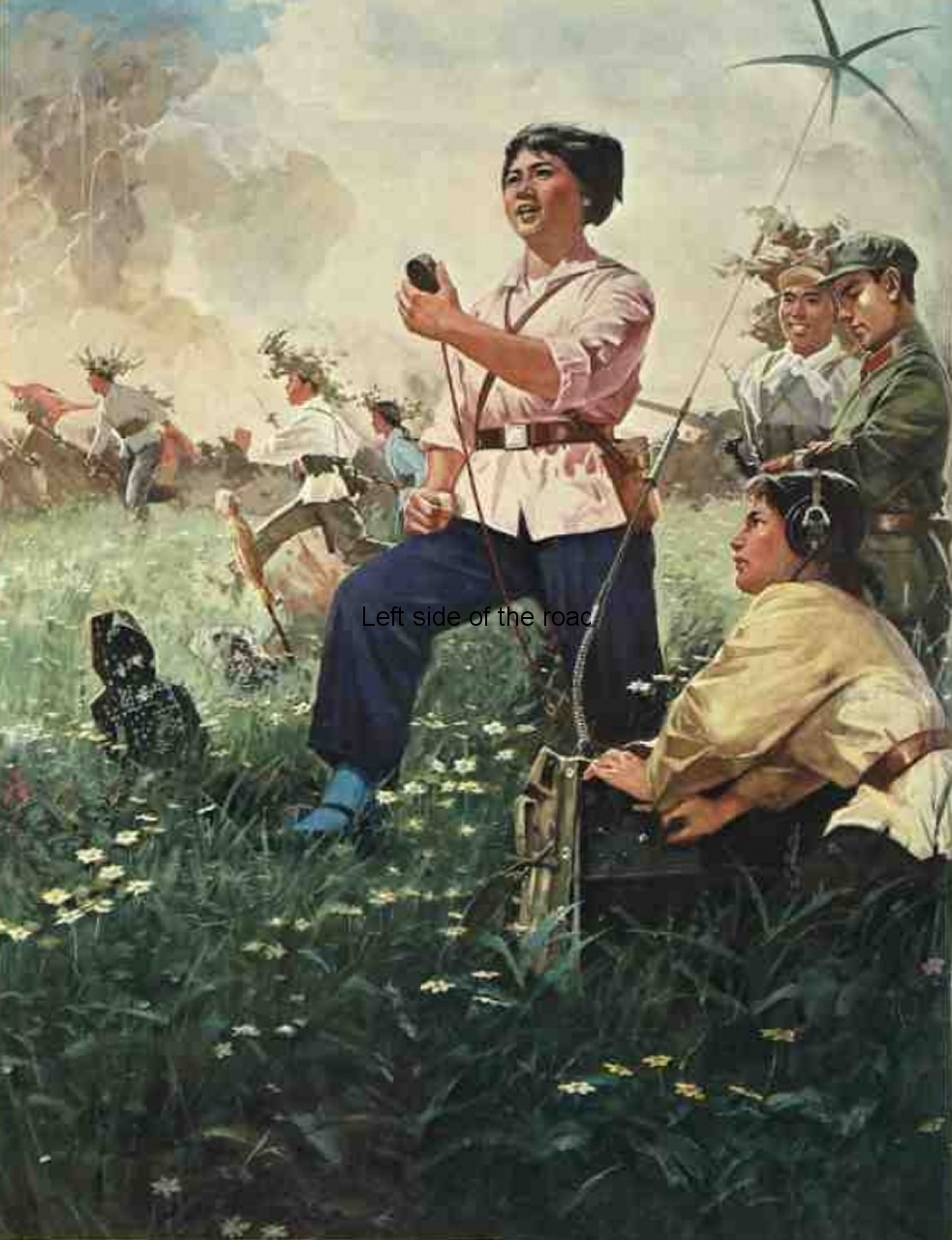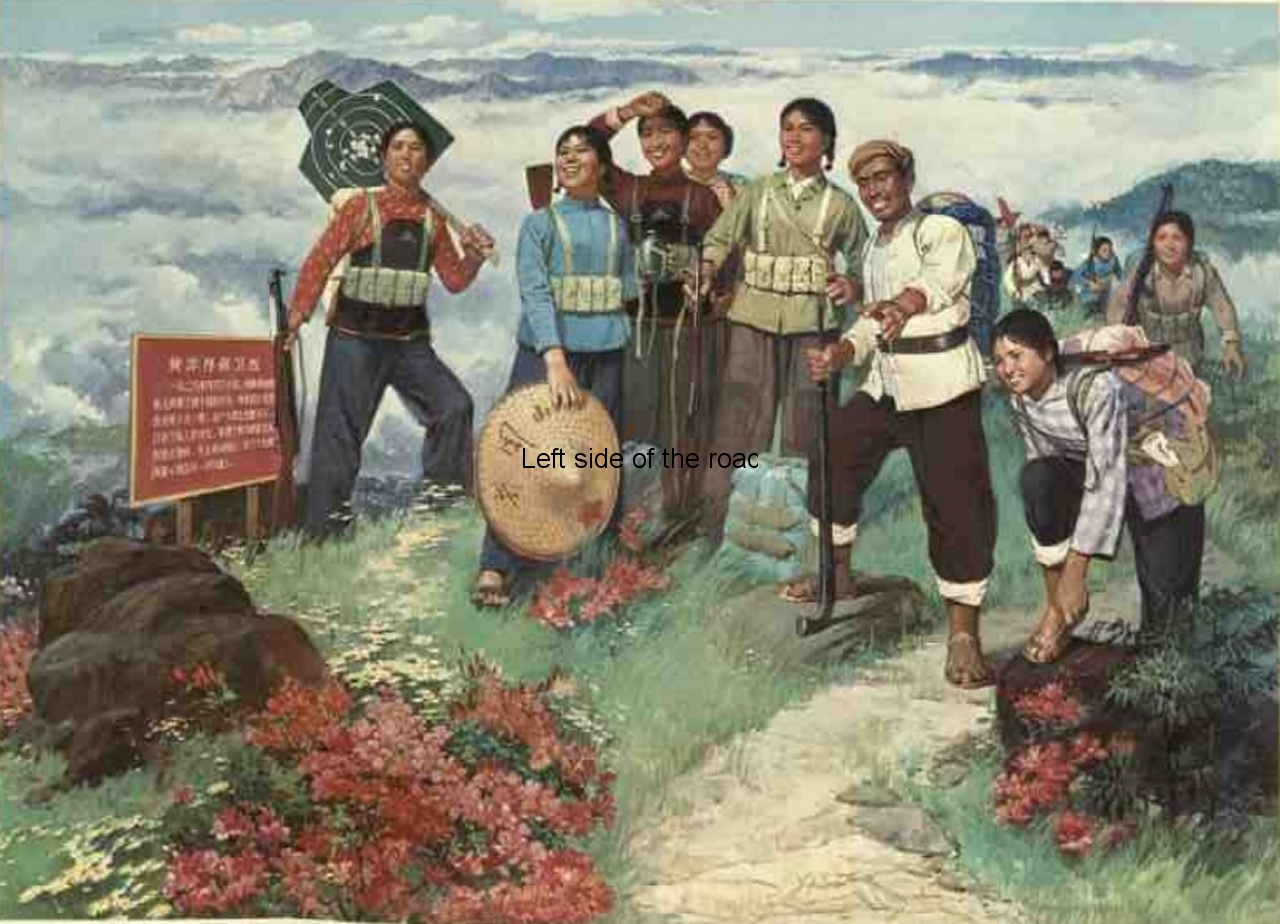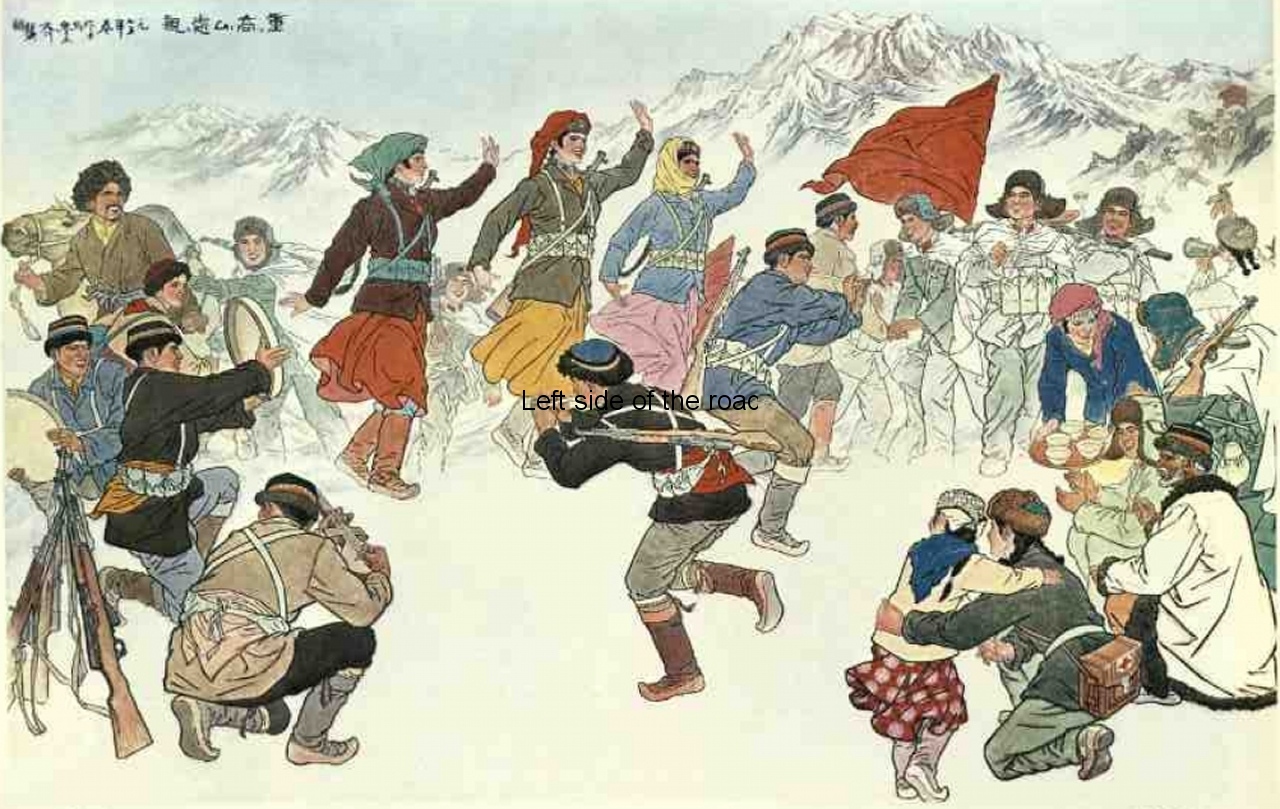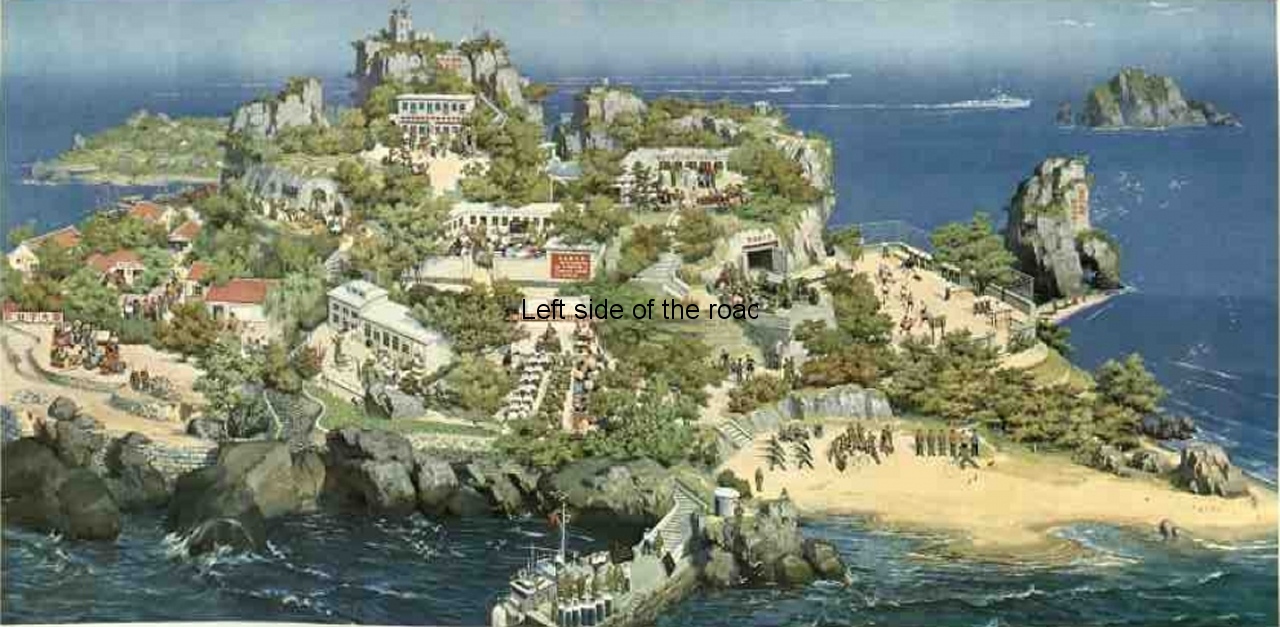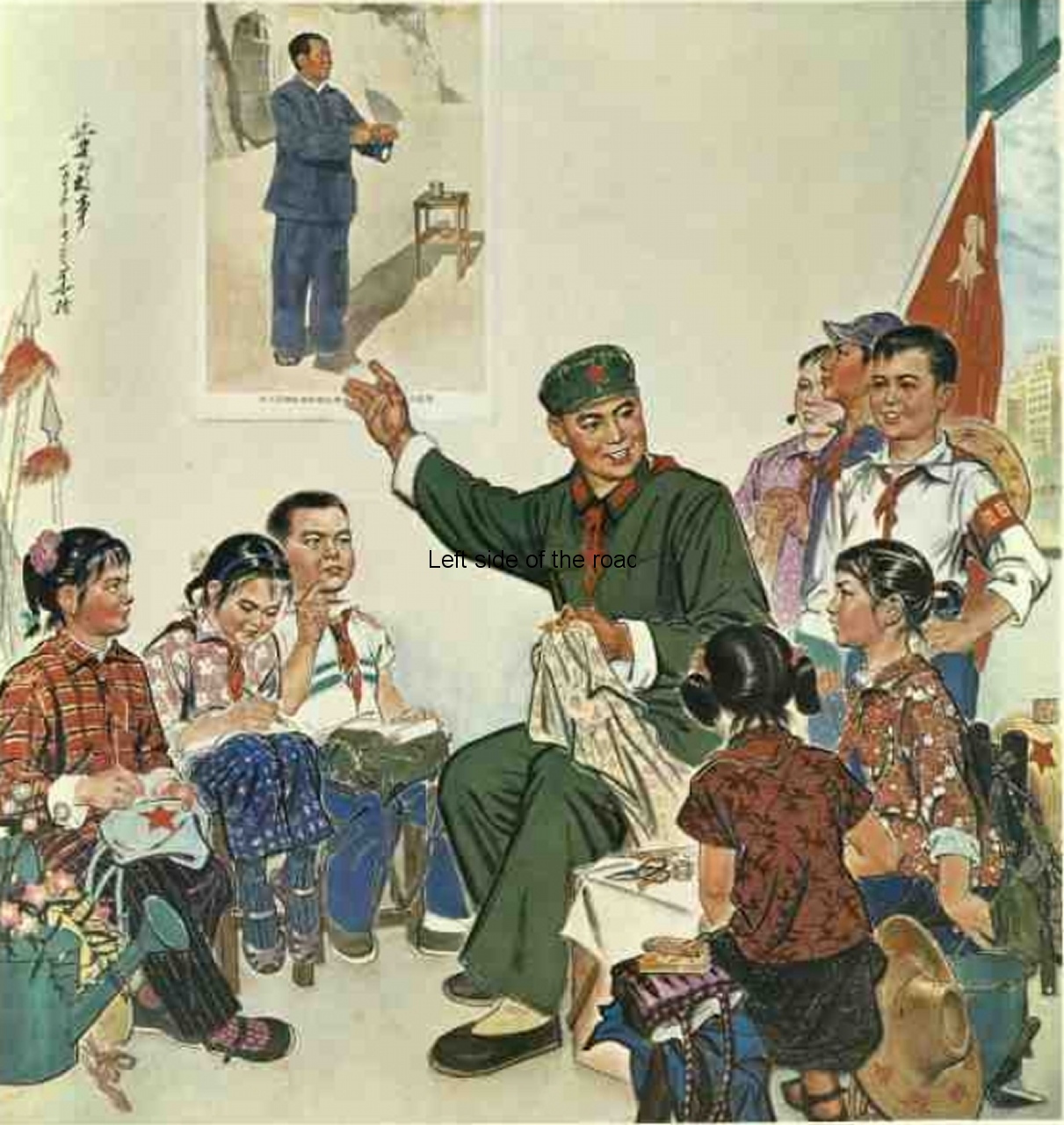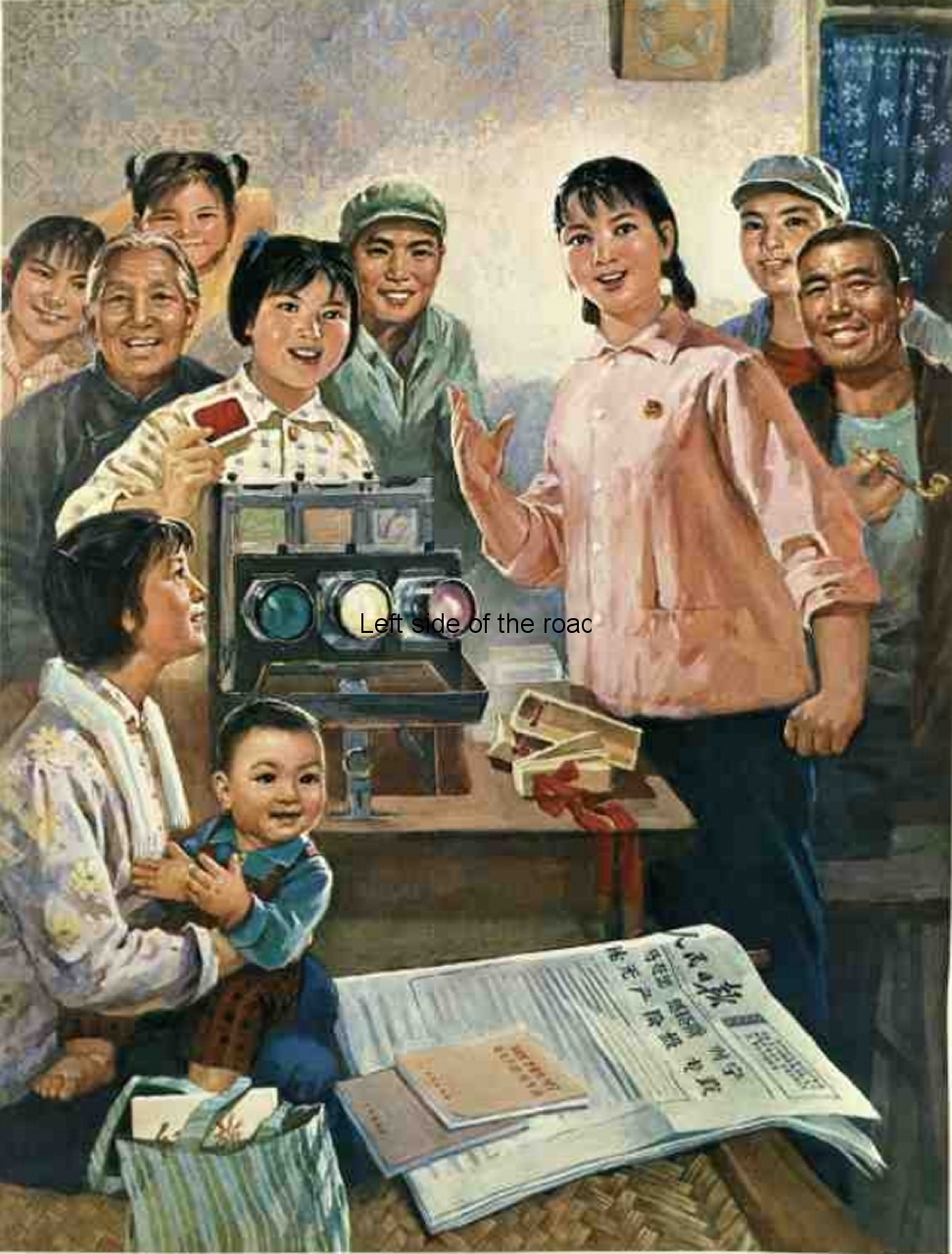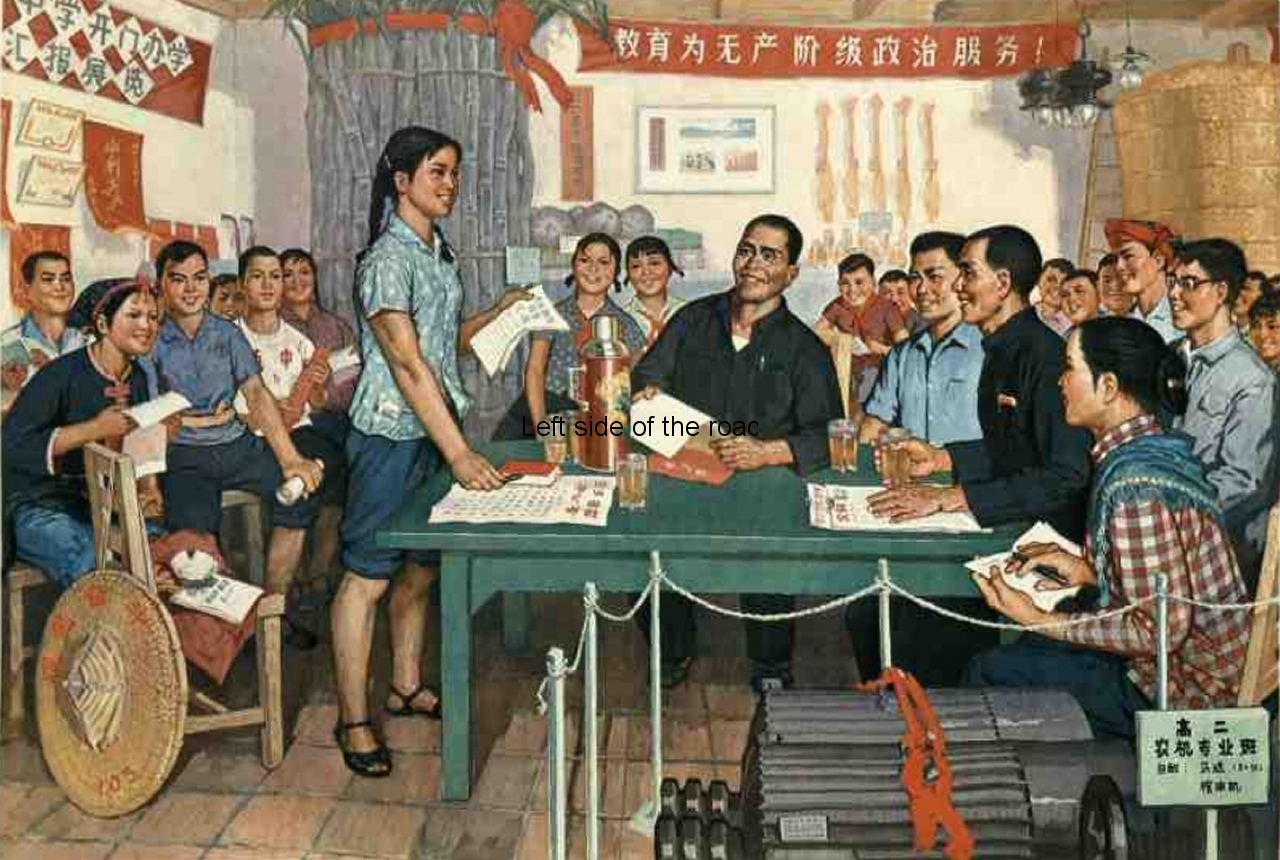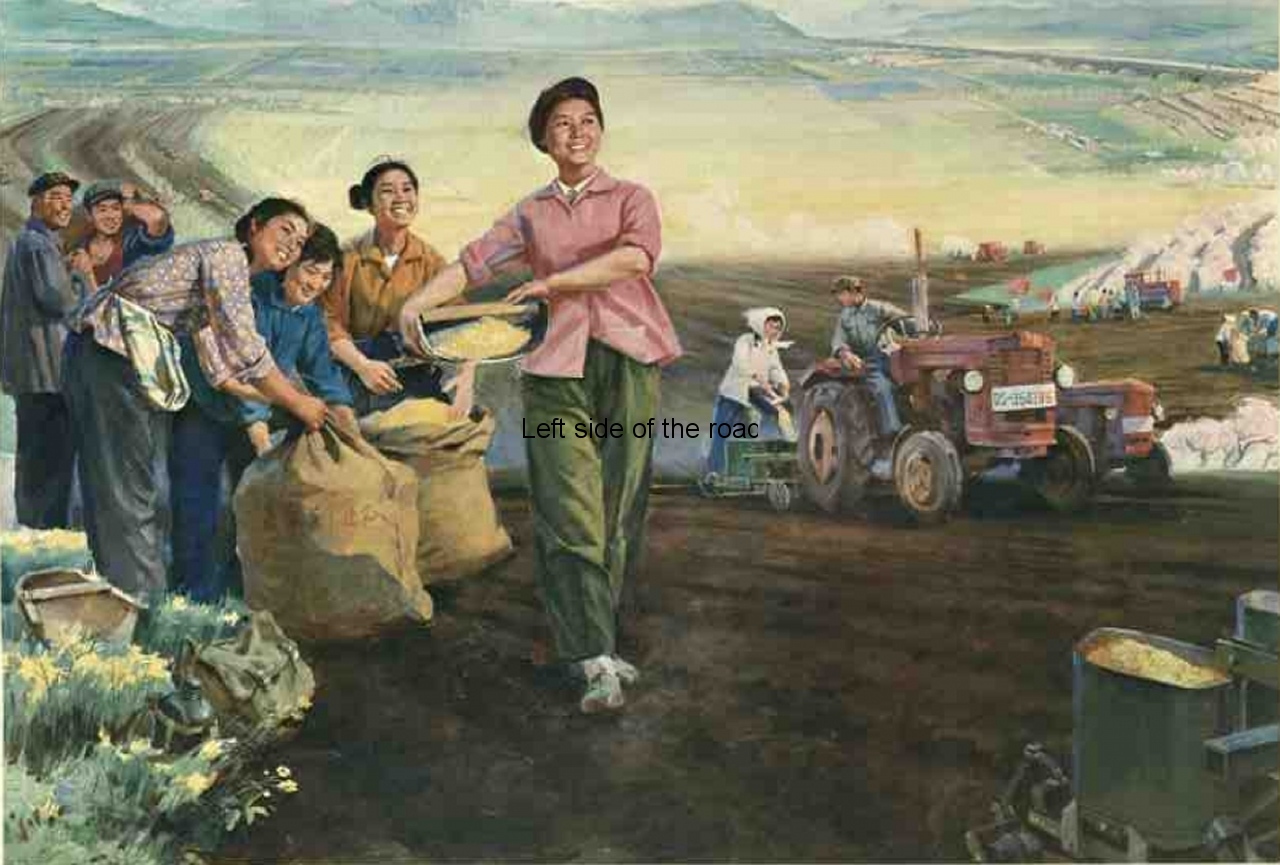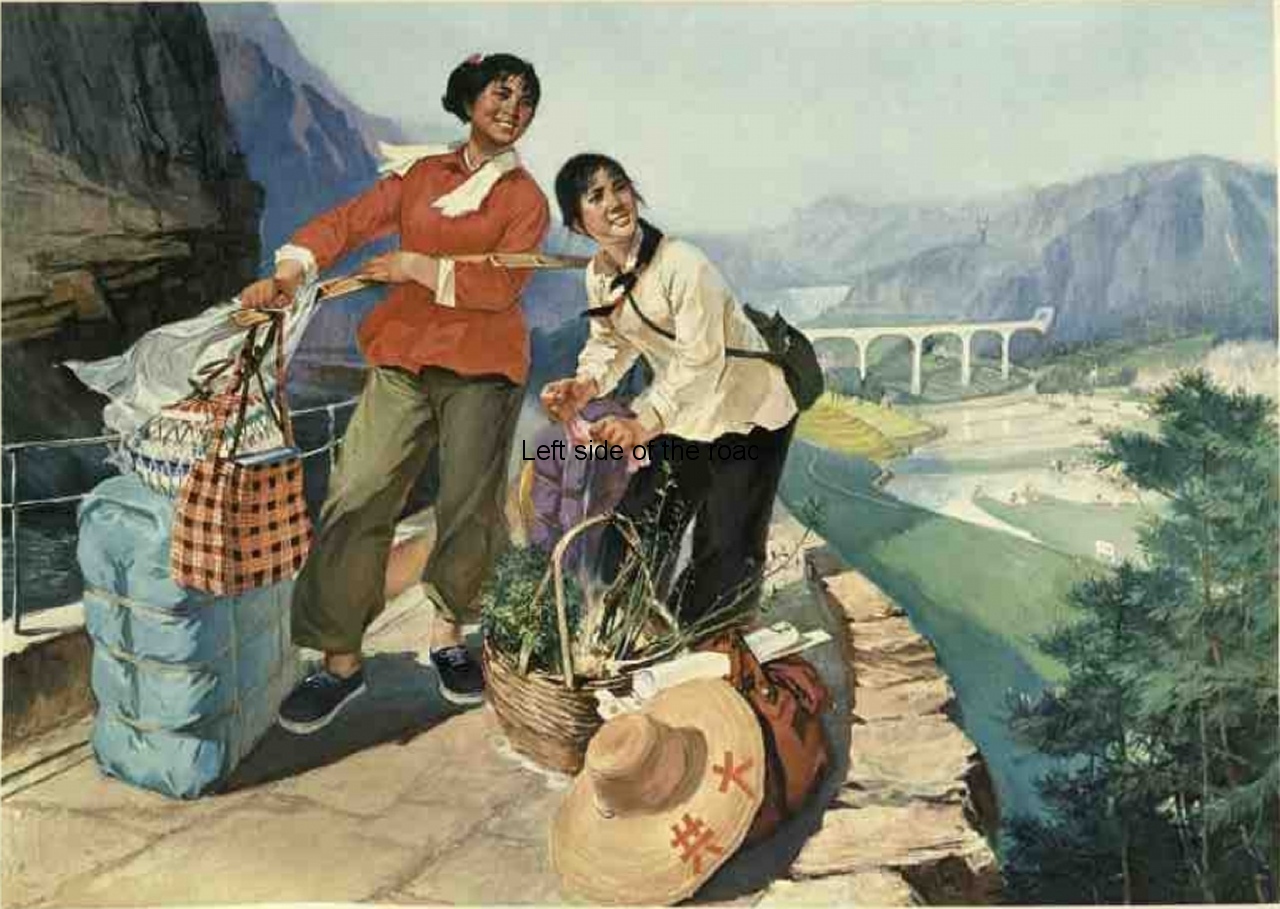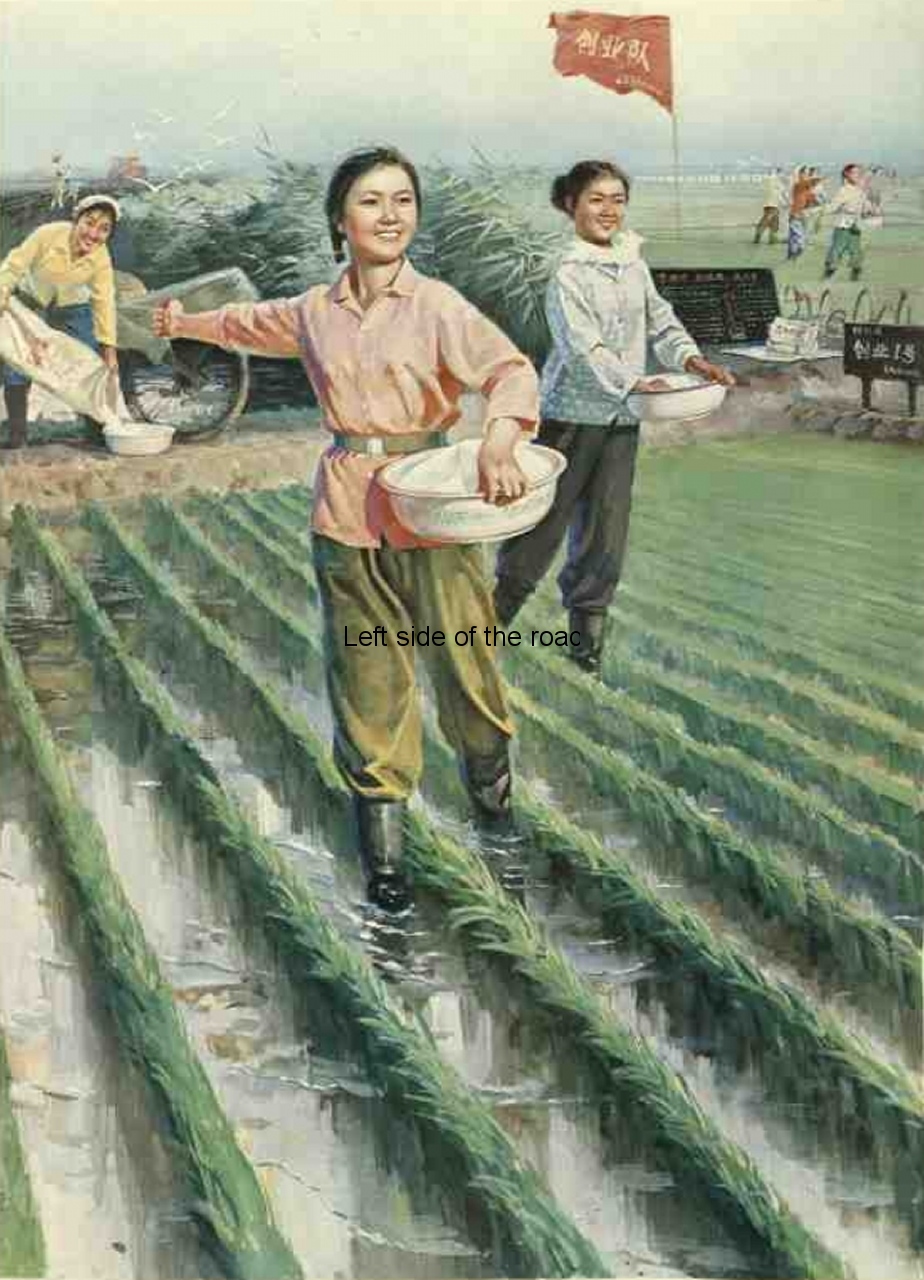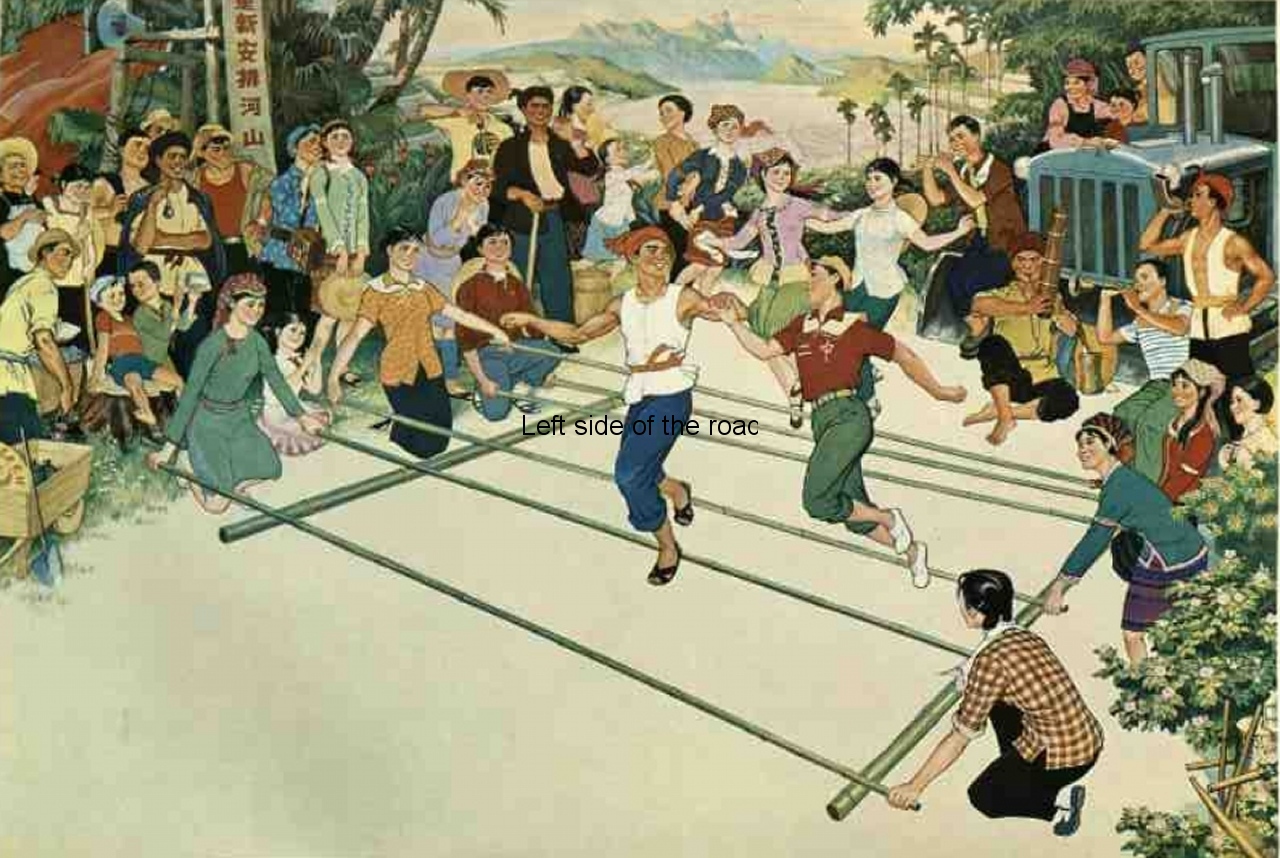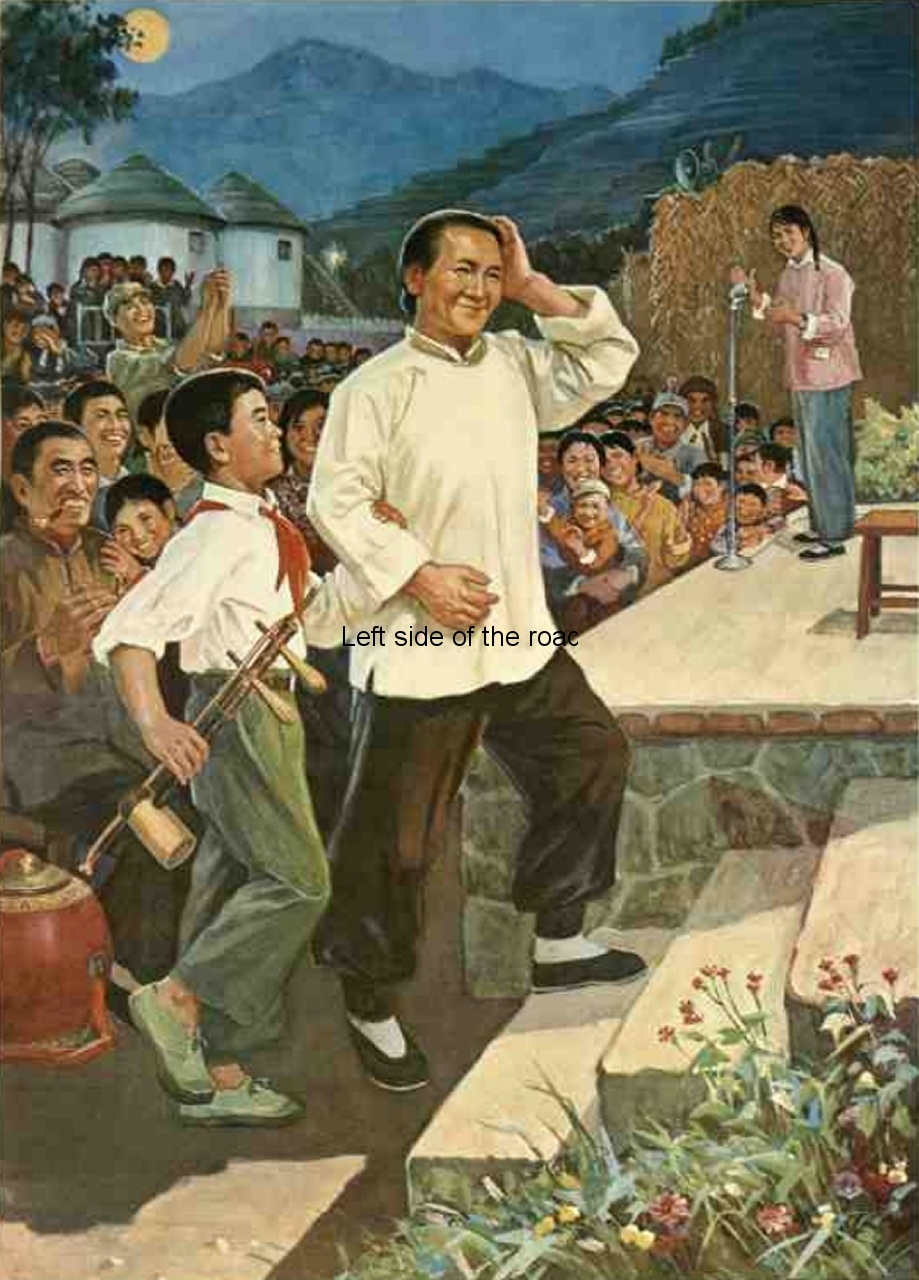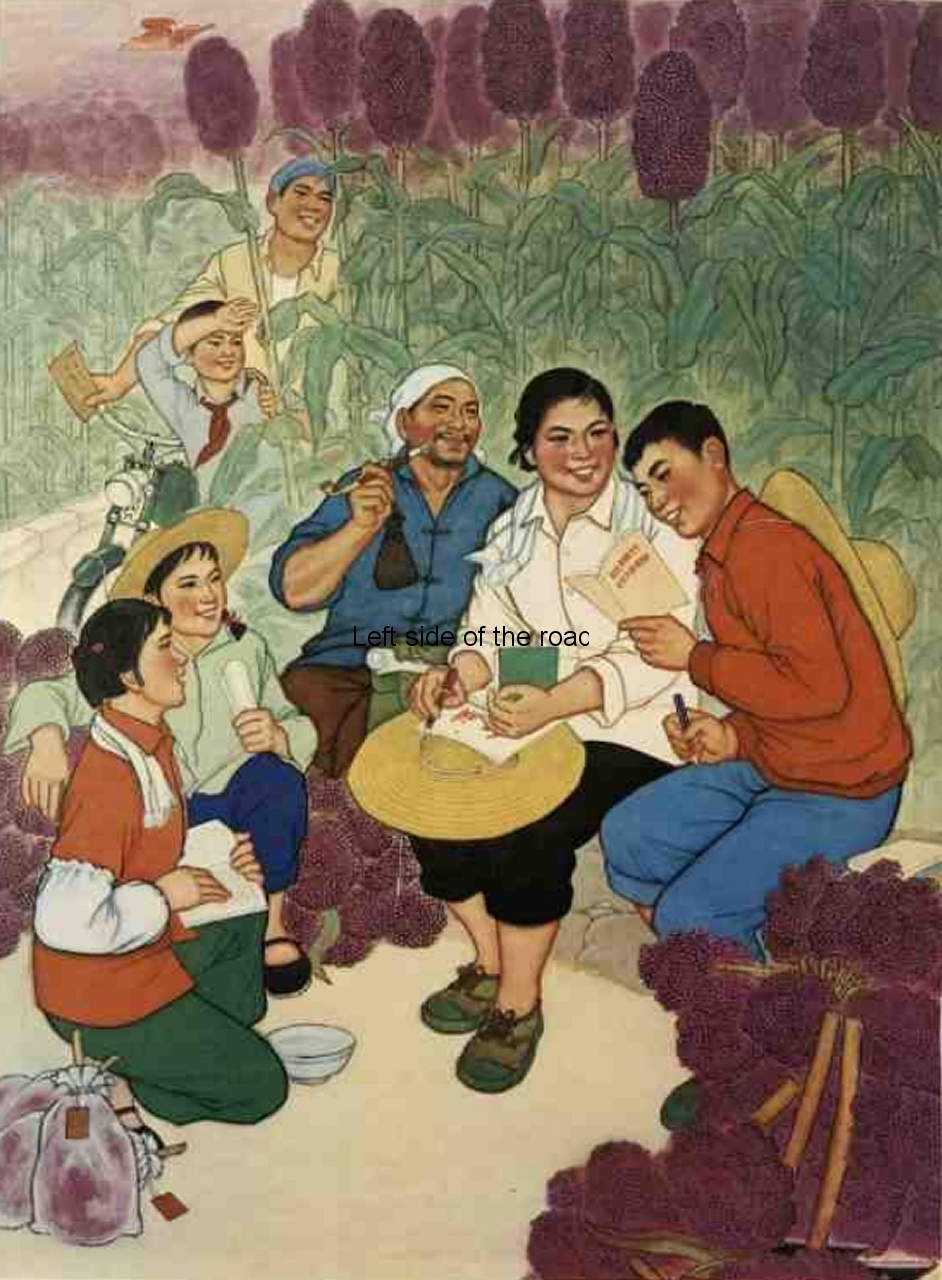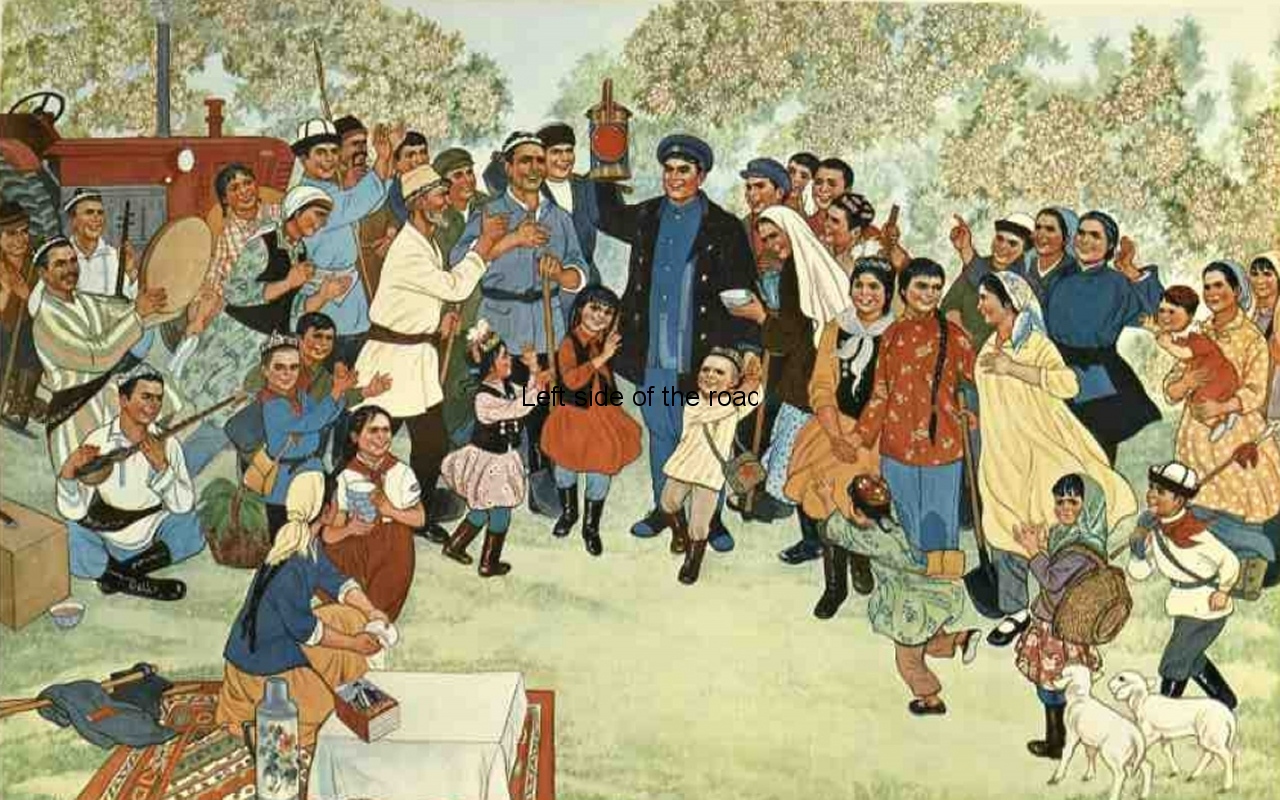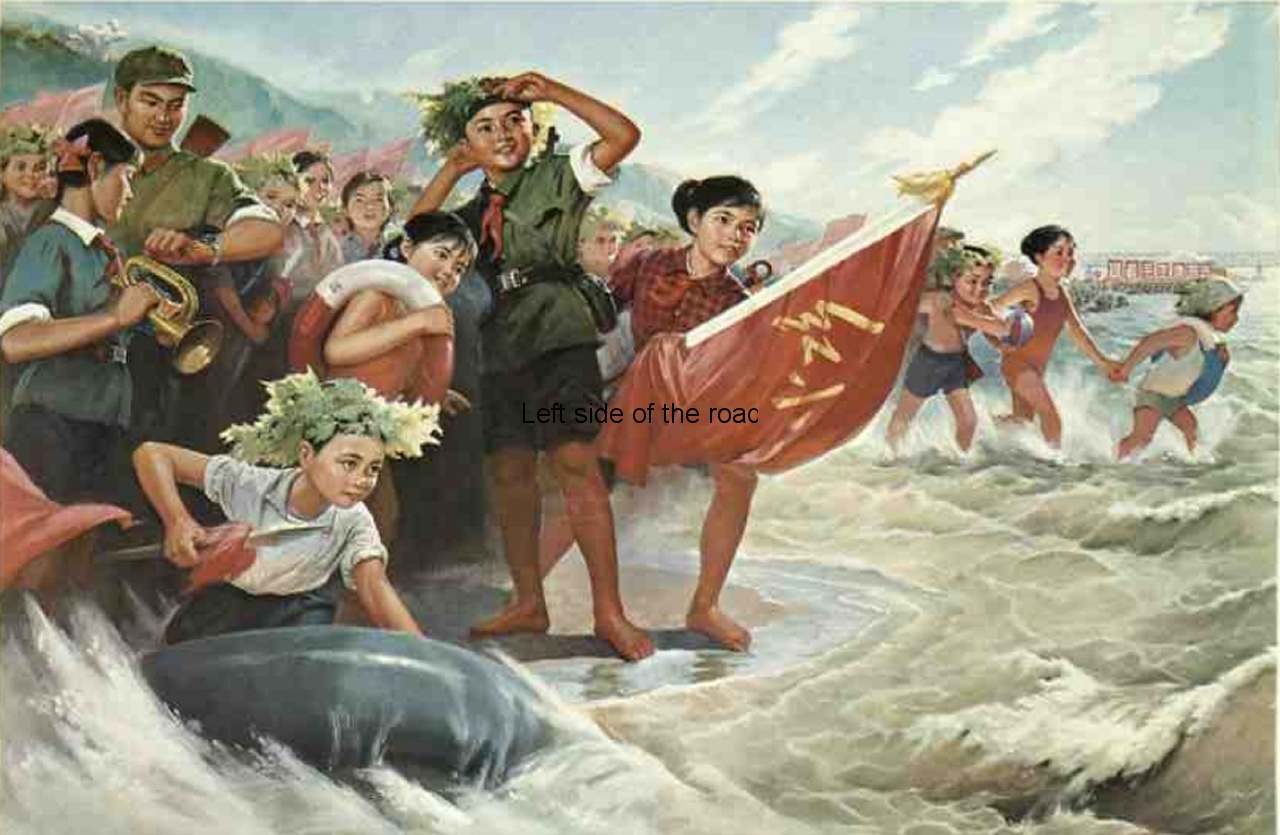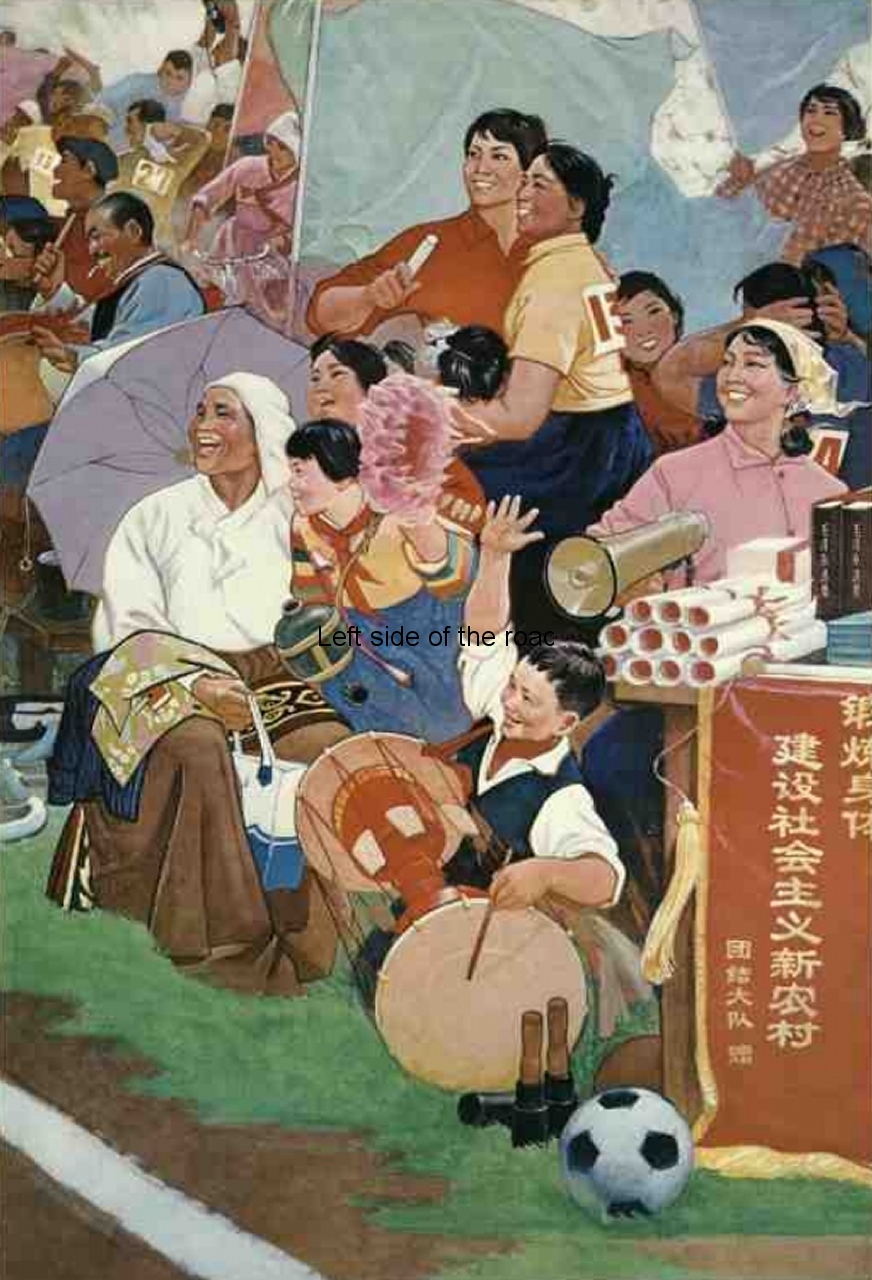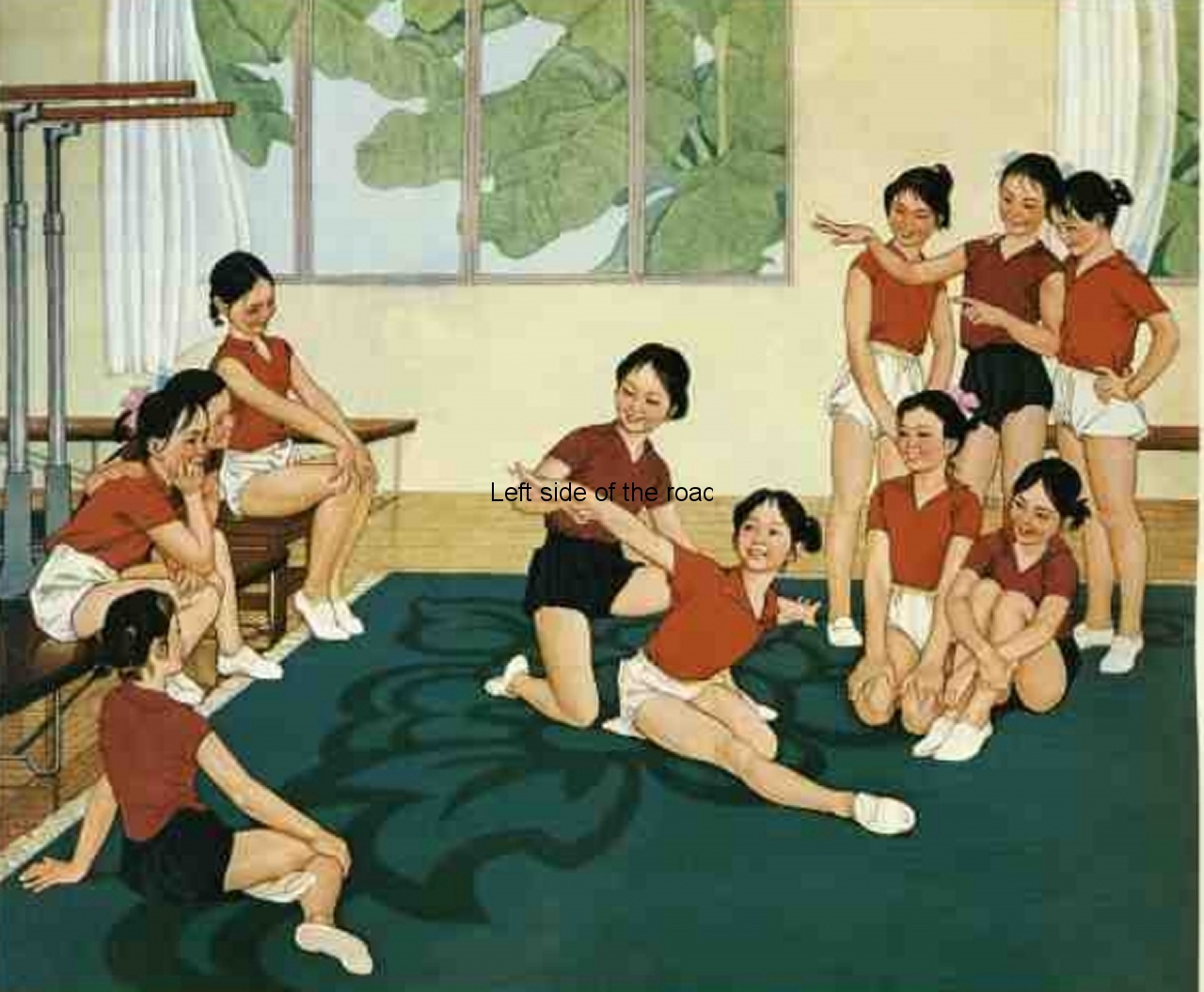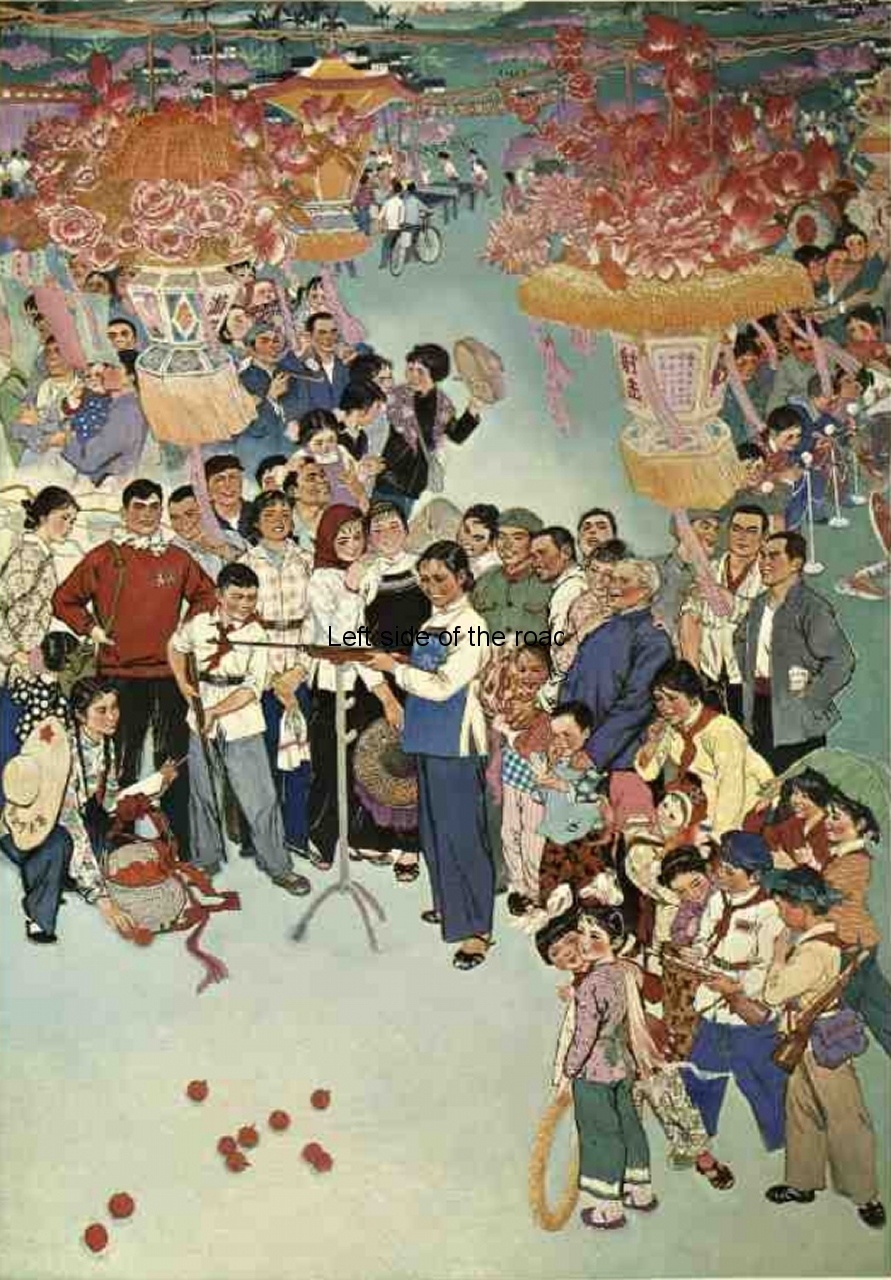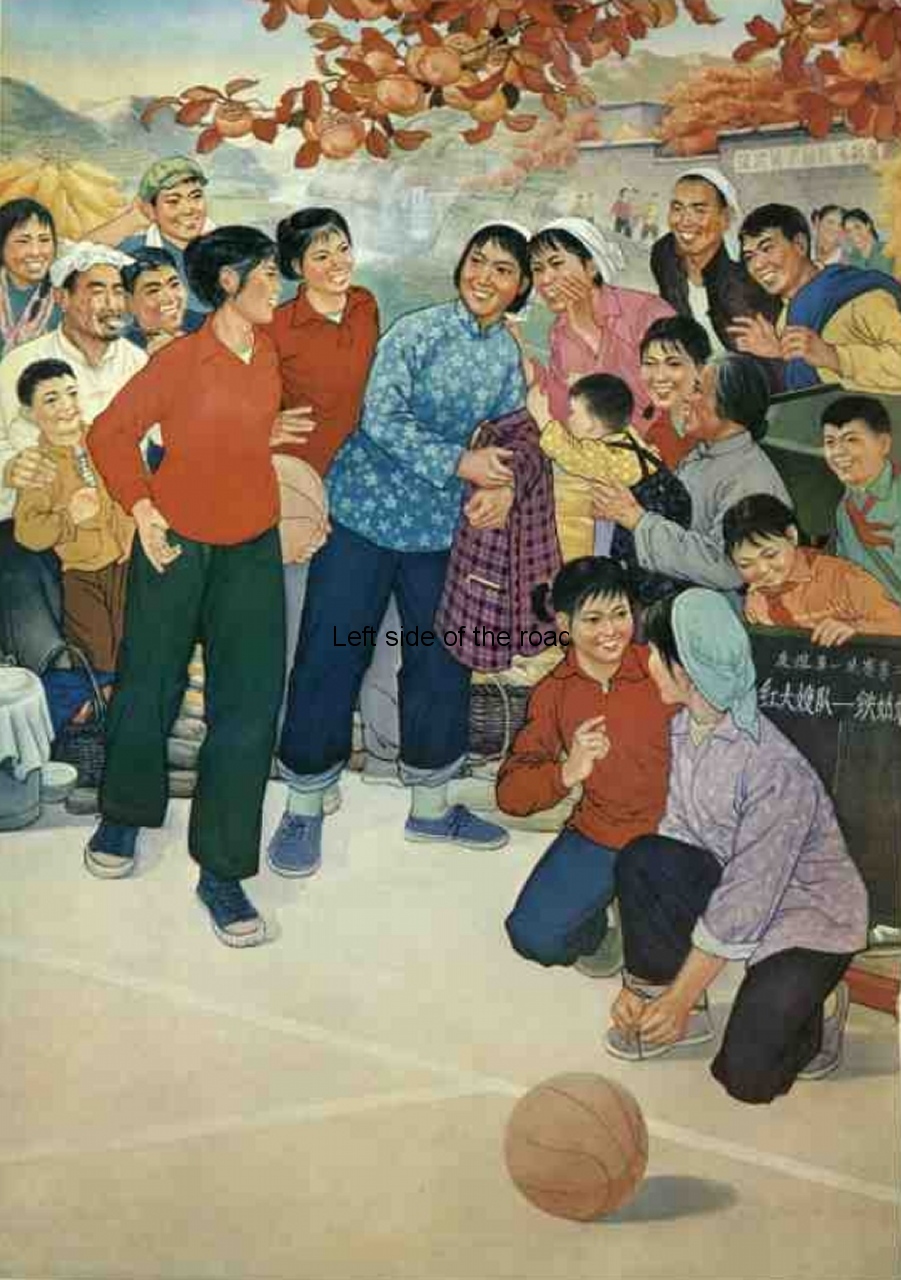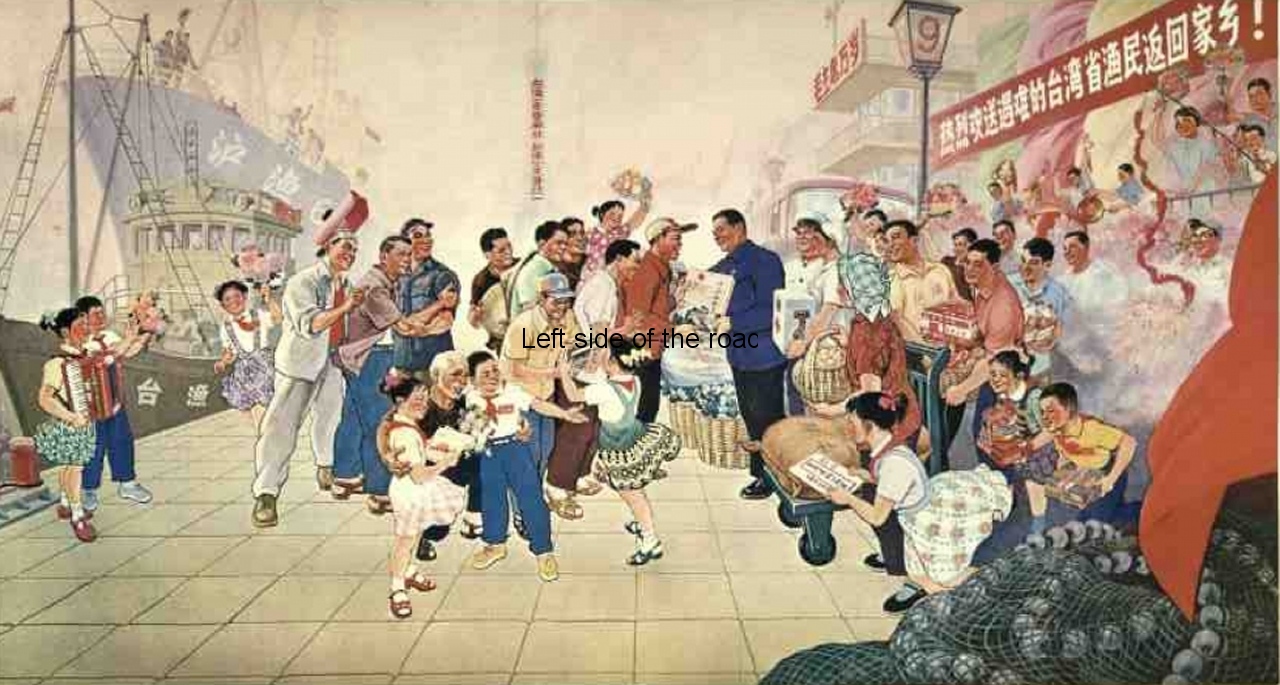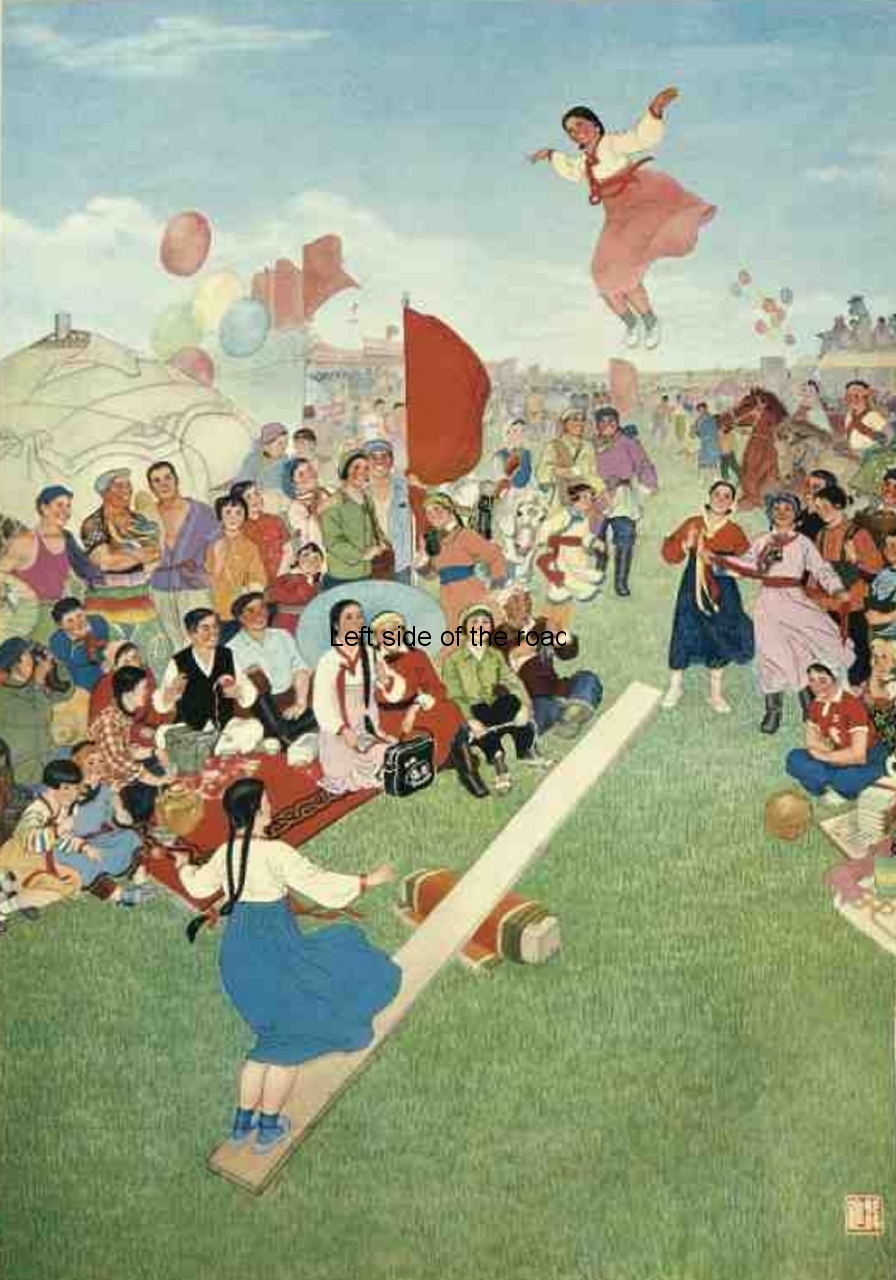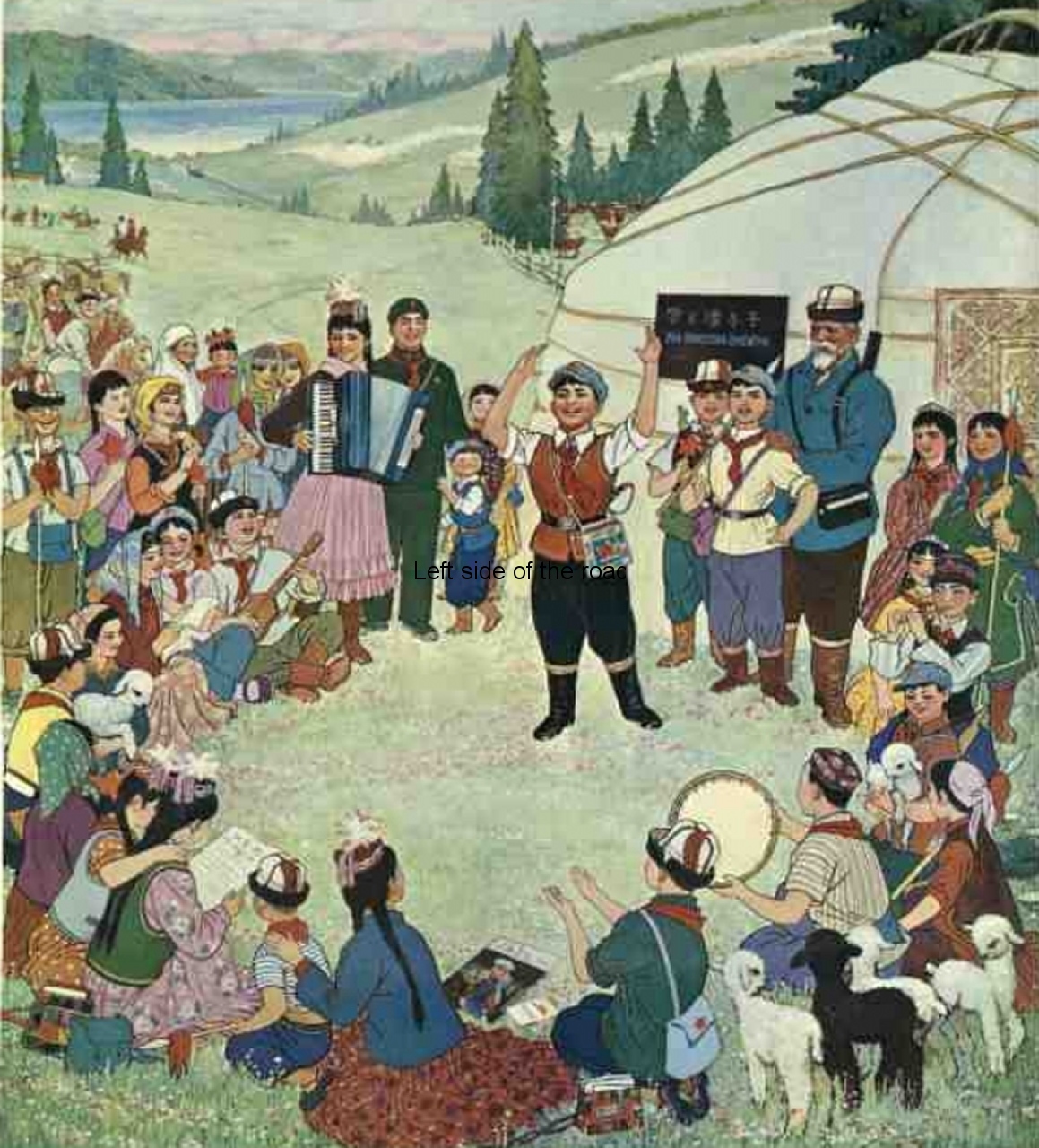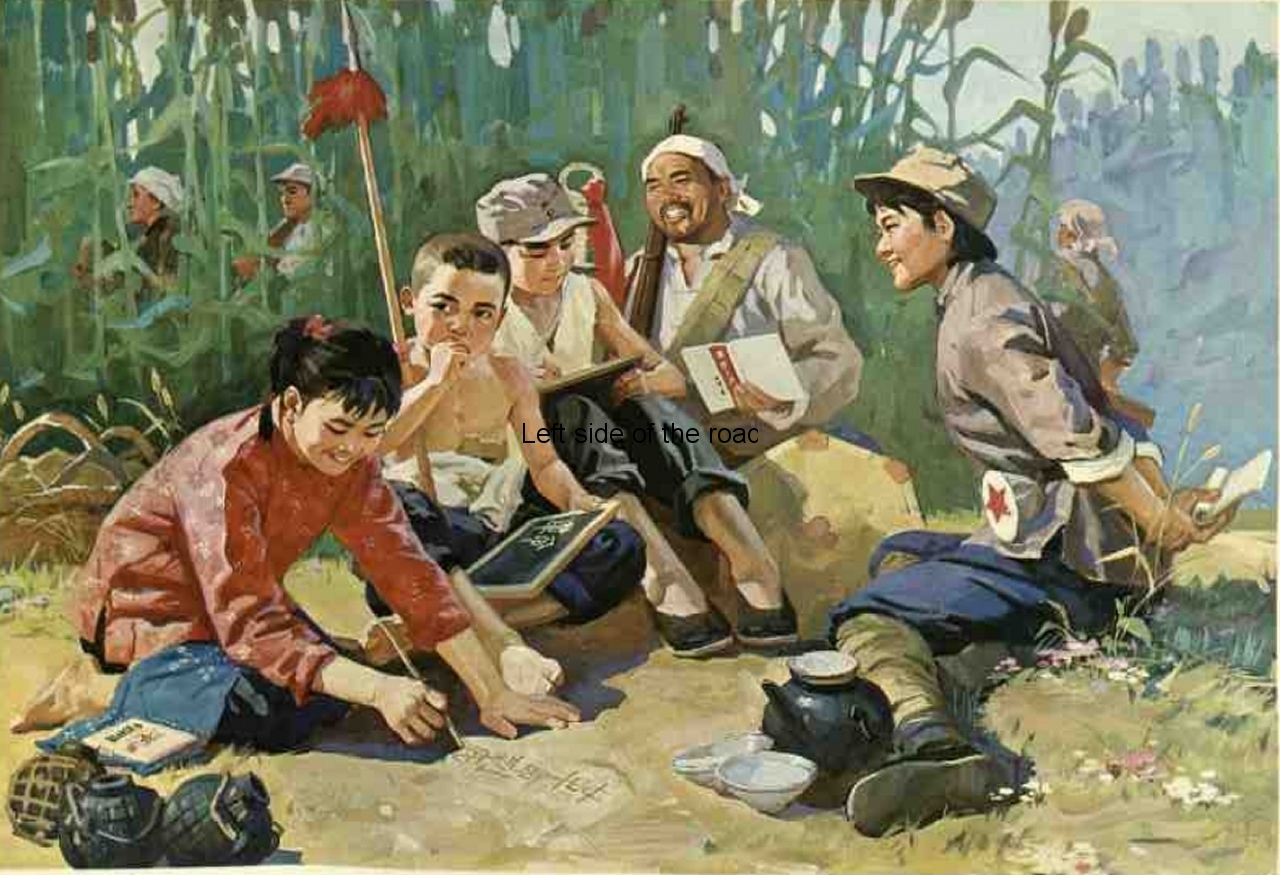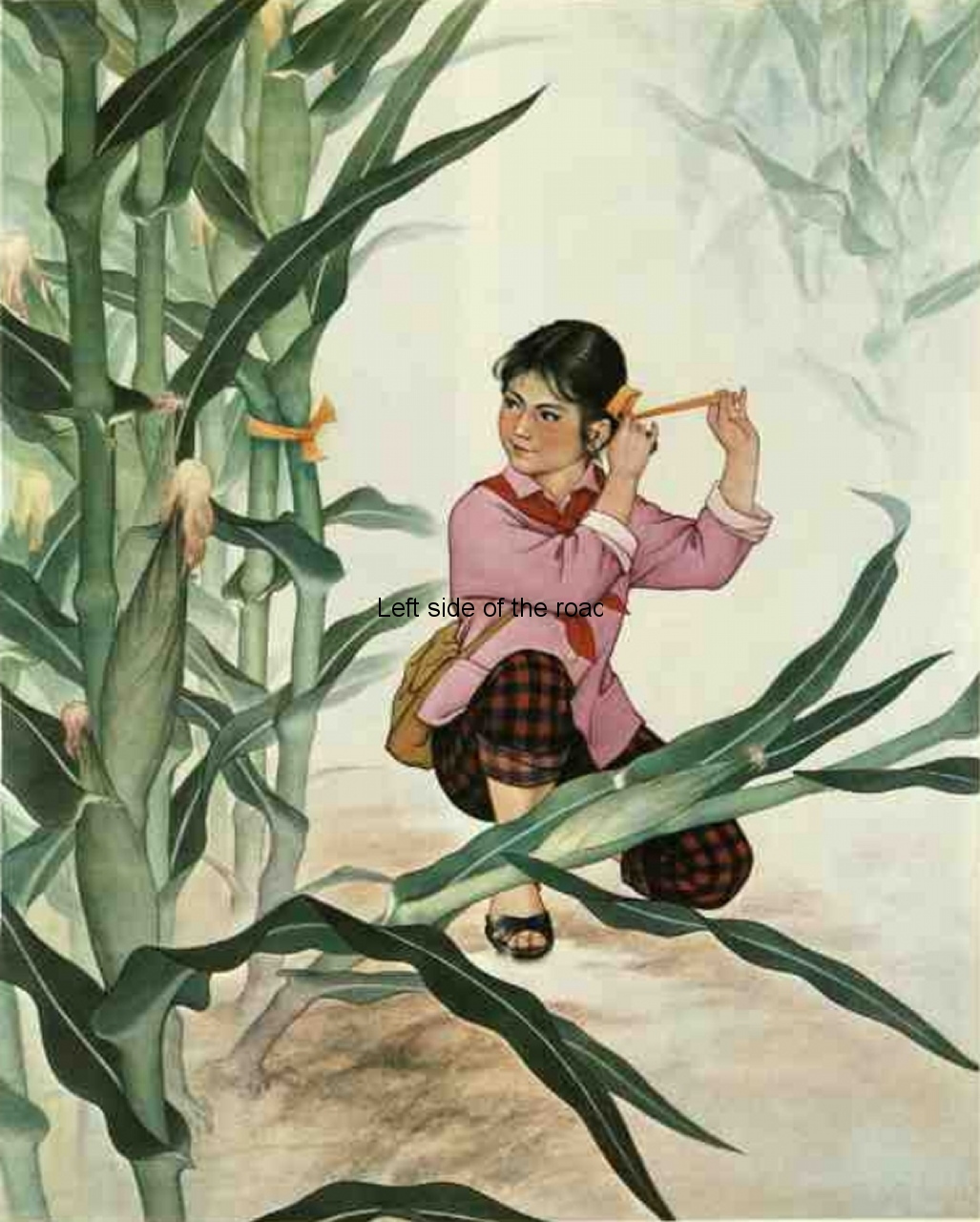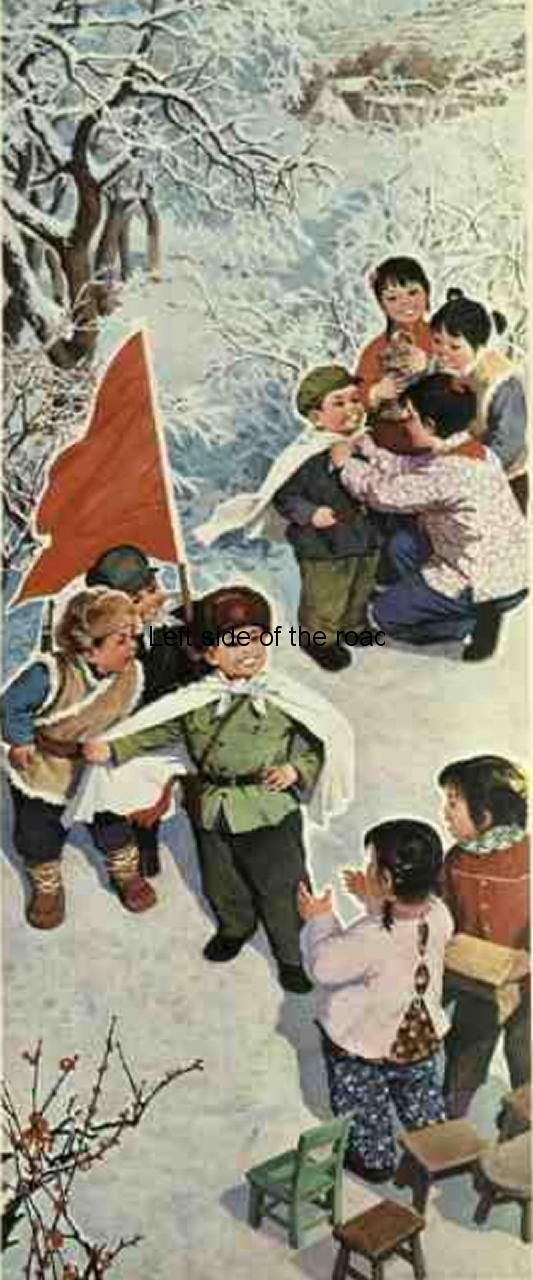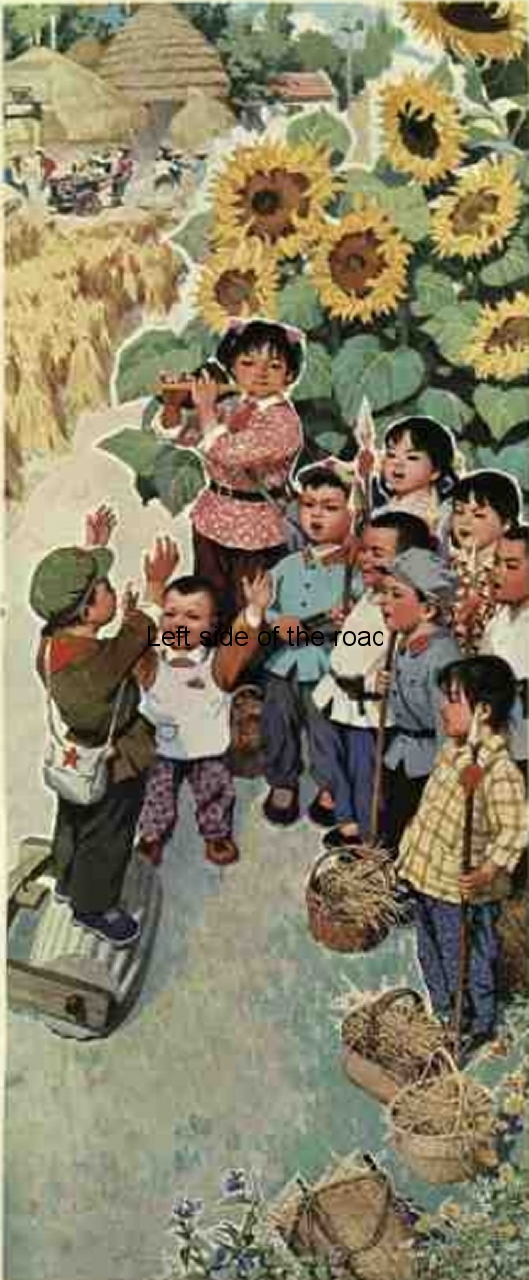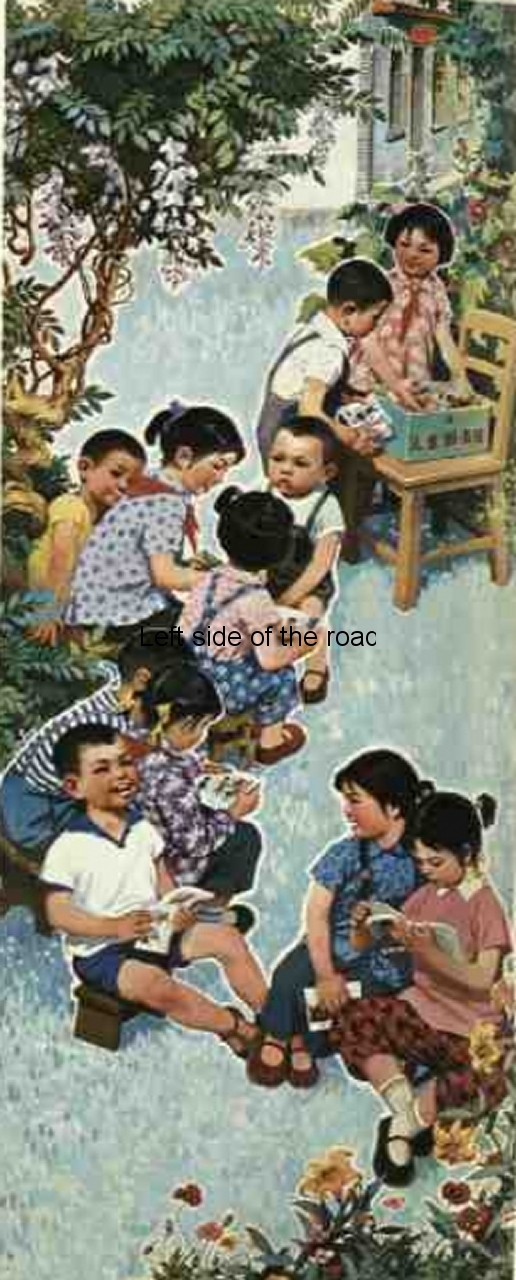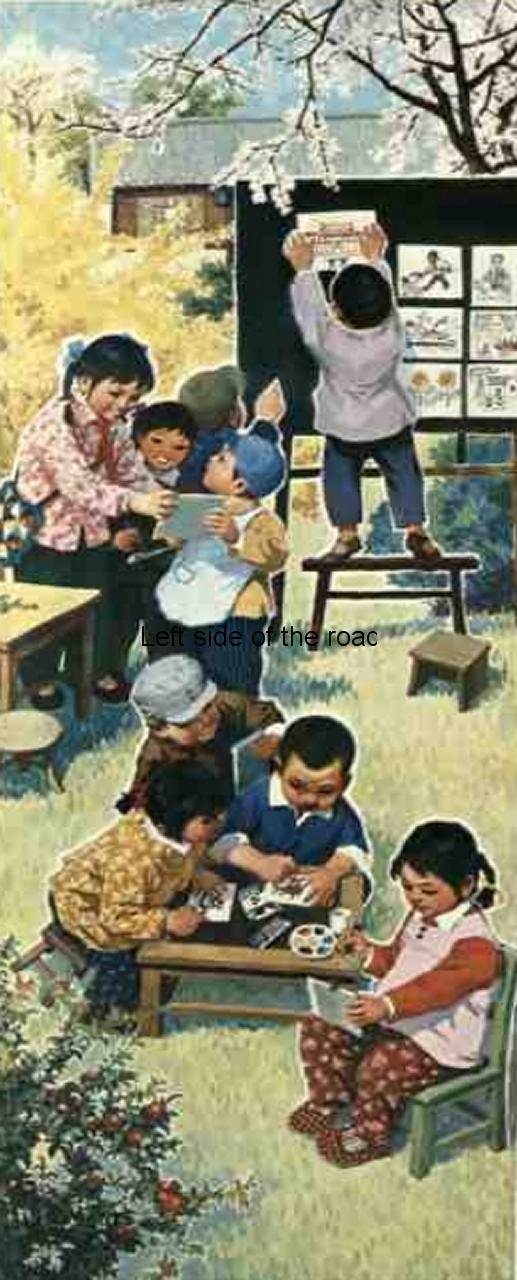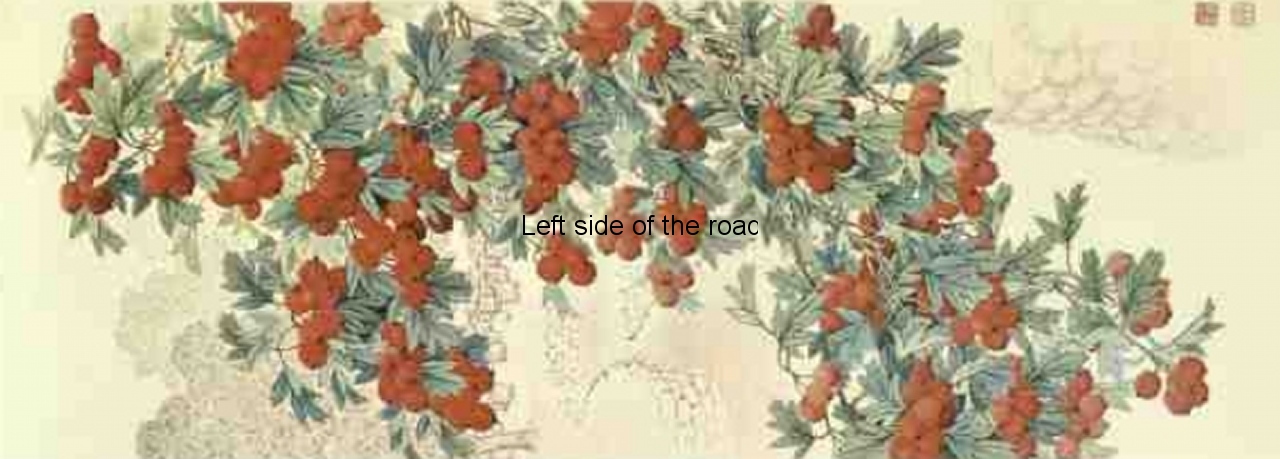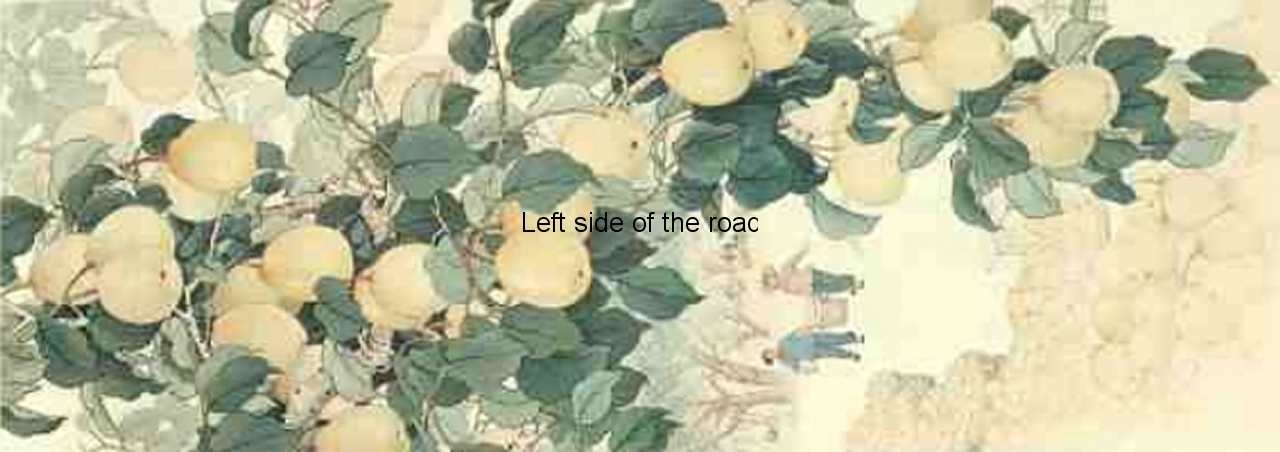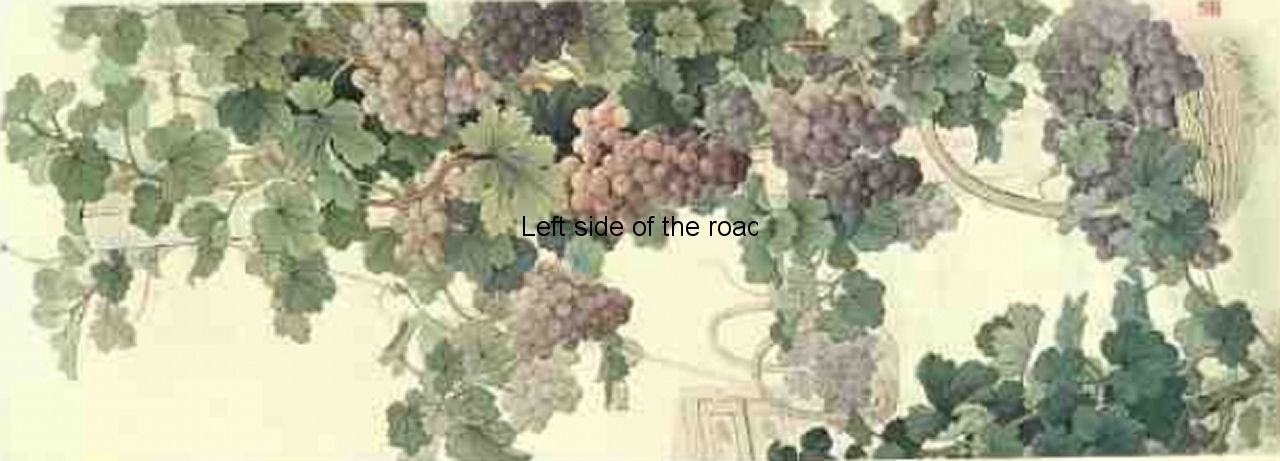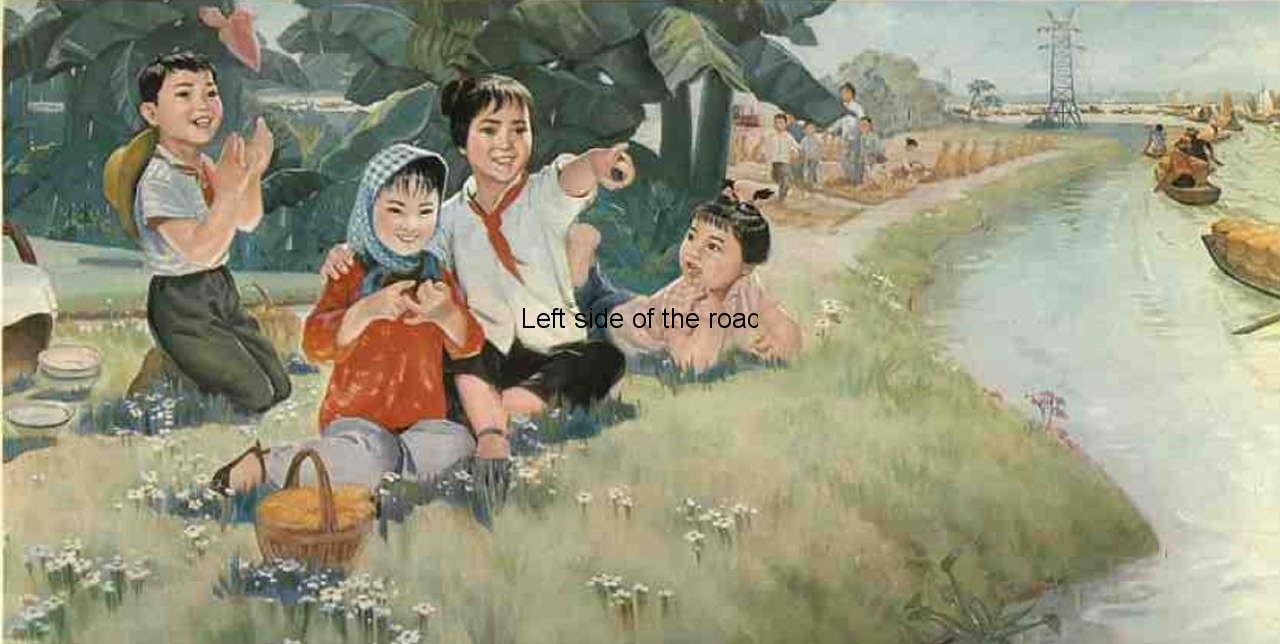
Answer the call of Chairman Mao with determination and support the revolution in the countryside
Peking Review – 1970
Peking Review was the weekly political and informative magazine published between 1958 and 1978. With issue No 1 of 1979 the magazine was renamed Beijing Review, the new name bringing with it a new direction in the People’s Republic of China and was an open statement of the reintroduction of capitalism in the erstwhile Socialist Republic.
The issues and topics included in 1970:
- Praise for self-reliance and hard struggle in building a plant
- Shining model for educated youth
- Indian monthly ‘Liberation’ sums up experiences of armed peasant struggle in Mashahari
- Hold aloft the Great Red Banner of Chairman Mao’s Thinking on People’s War and strengthen building of militia
- The road forward for China’s Socialist Agriculture
- Vigorous revolutionary struggle of the Asian people
- Relying on masses to build power stations with local resources
- Who transforms whom?
- US and Israel hatching new plot of aggression in Middle East
- Raise cotton production to a still higher level through self-reliance and hard struggle
- Great programme for building contingent of proletarian intellectuals
- Chairman Mao’s philosophical thinking illuminates a mountain village
- Advance from victory to still greater victory along the course charted by Ninth Party Congress
- Strengthen further the Dictatorship of the Proletariat
- Constitution of Anshan Iron and Steel Company spurs revolution and production
- Leninism or Social-imperialism – in commemoration of the birth of the great Lenin
- China successfully launches its first man-made earth satellite
- Joint Declaration of Summit Conference of Indo-Chinese peoples
- Chinese Government formally recognises Royal Government of National Union in Cambodia
- Central Committee of Communist Party of China sends message to Central Committee of Vietnam Workers’ Party – commemorating the 80th anniversary of the birth of President Ho Chi Minh
- People of the world, unite and defeat the US aggressors and all their running dogs! – Mao Tse-tung
- Remould world outlook
- Long Live the great revolutionary aspirations of the Chinese people
- Always marching along the road of serving the workers, peasants and soldiers
- Resolutely smash the aggressive US-Japan military alliance
- Communists should be the advanced elements of the proletariat
- The Cambodian people are sure to win their war against US aggression and for National Salvation
- Japanese militarism will inevitably end up in defeat as before
- Strive to build a Socialist university of science and engineering
- US Imperialism has not laid down its butcher’s knife
- Heighten out vigilance, defend the Motherland
- Conscientiously study Chairman Mao’s thesis on the Party
- Albanian Government Economic Delegation led by Comrade Kellezi visits China
- A song of triumph to Mao Tse-tung Thought
- Communique of the Second Plenary Session of the Ninth Central Committee of the Communist Party of China
- People of Asia, Africa and Latin America will certainly win in their cause of unity against imperialism
- Put Mao Tse-tung Thought in command of cultural courses
- Excellent situation on China’s industrial and agricultural fronts
- People armed with Mao Tse-tung Thought are always victorious
- A great friendship sealed in blood – commemorating the 20th anniversary of the entry of the Chinese People’s Volunteers into the war in Korea
- Using materialist dialectics to revolutionise the family
- Support Latin American countries’ struggle to defend their territorial sea rights
- Orientation of China’s socialist commerce
- Friendship of militant unity between Chinese and Cambodian peoples
Available issues of Peking Review:
1958, 1959, 1960, 1961, 1962, 1963, 1964, 1965, 1966, 1967, 1968, 1969, 1970, 1971, 1972, 1973, 1974, 1975, 1976, 1977, 1978
Issue No. 26 includes an Index for numbers 1-26 and issue No. 52 includes a separate supplement index for issues 27-52.
Beijing Review
From issue No. 1 of 1979 the weekly political and informative magazine Peking Review changed its name to Beijing Review. On page 3 of that number the editors made the open declaration of the change in the direction of the erstwhile ‘People’s Republic of China’.
By stating that the Communist Party of China (under the control then of Teng Hsiao-Ping/Deng Xiaoping ) sought
‘to accomplish socialist modernisation by the end of the century and turn China …. into an economically developed and fully democratic socialist country’
the CPC was openly declaring the rejection of the revolutionary path, which the country had been following since 1949, and the adoption of the road that would inevitably lead to the full scale establishment of capitalism.
For those who would like to follow this downward spiral into the murky depths of capitalism and imperialism in the issues of Beijing Review (complete for the years 1979-1990 – intermittently thereafter) you can do so by going to bannedthought – which also serves as an invaluable resource for more material about China during its revolutionary phase.













































































































